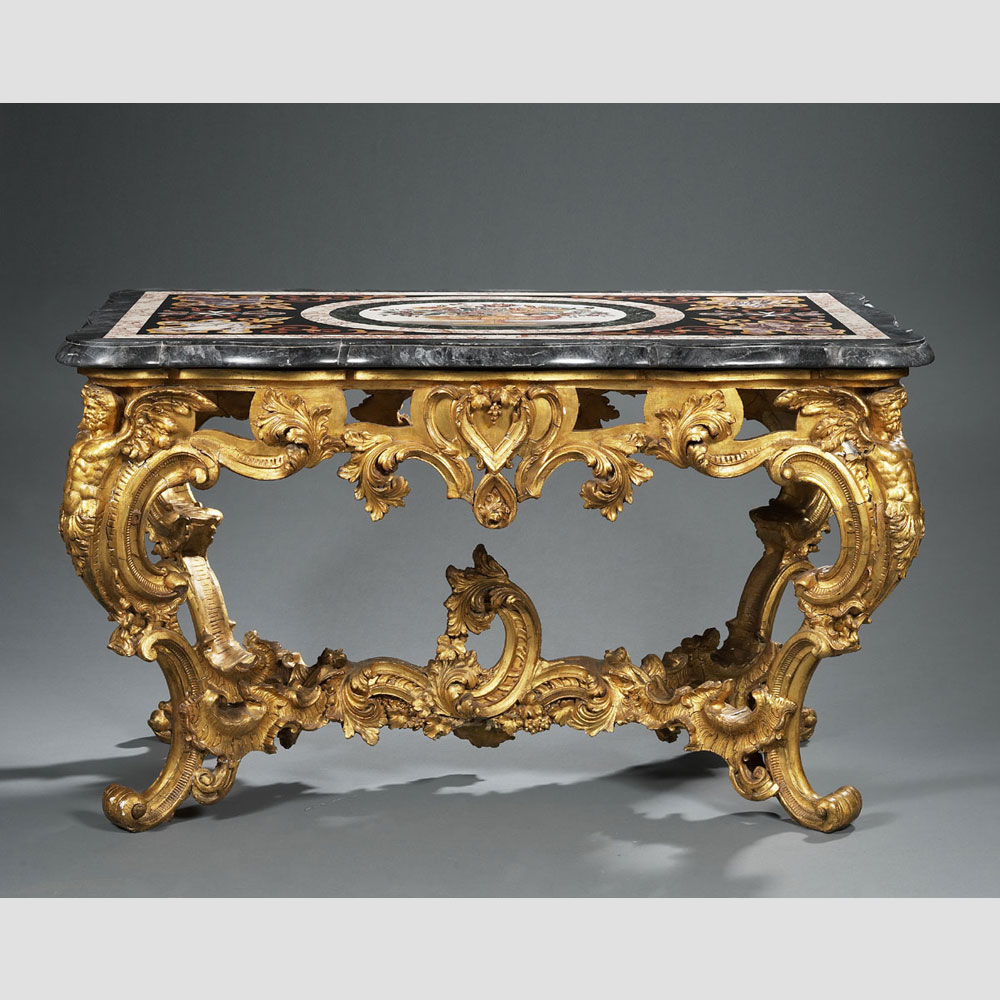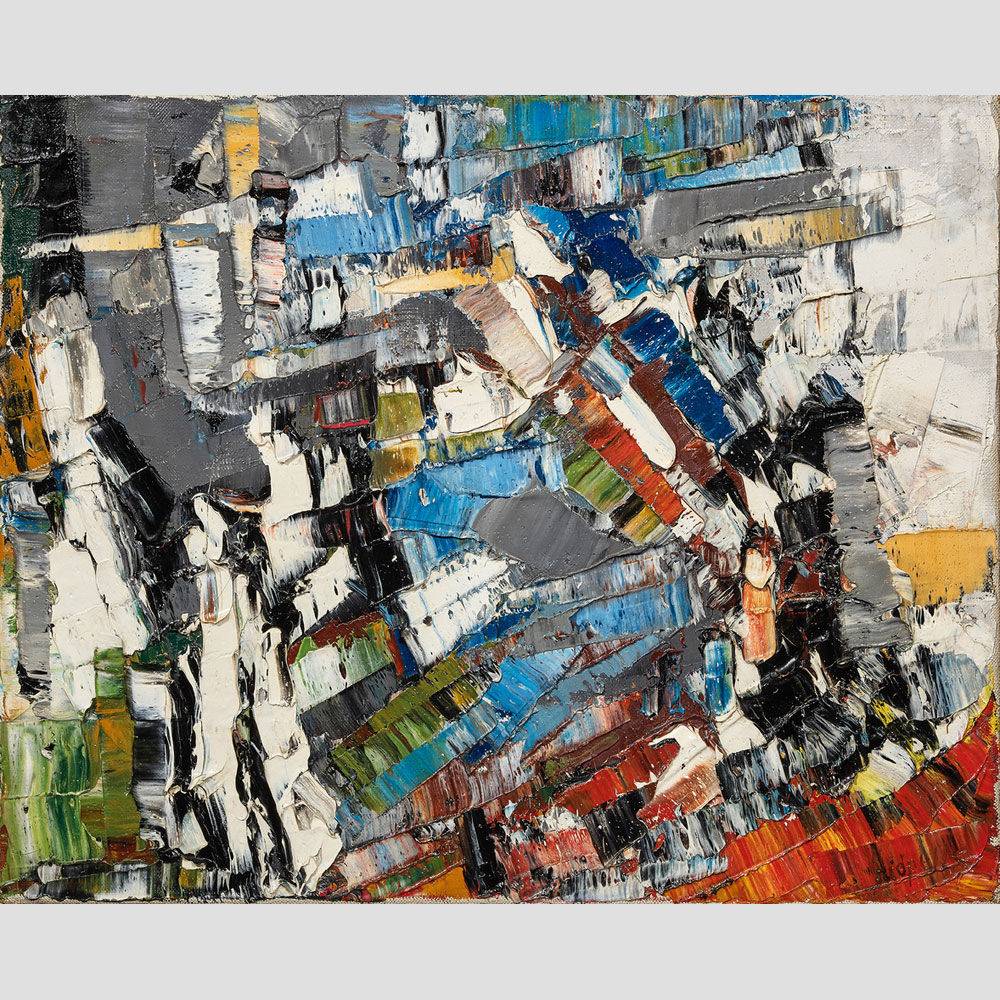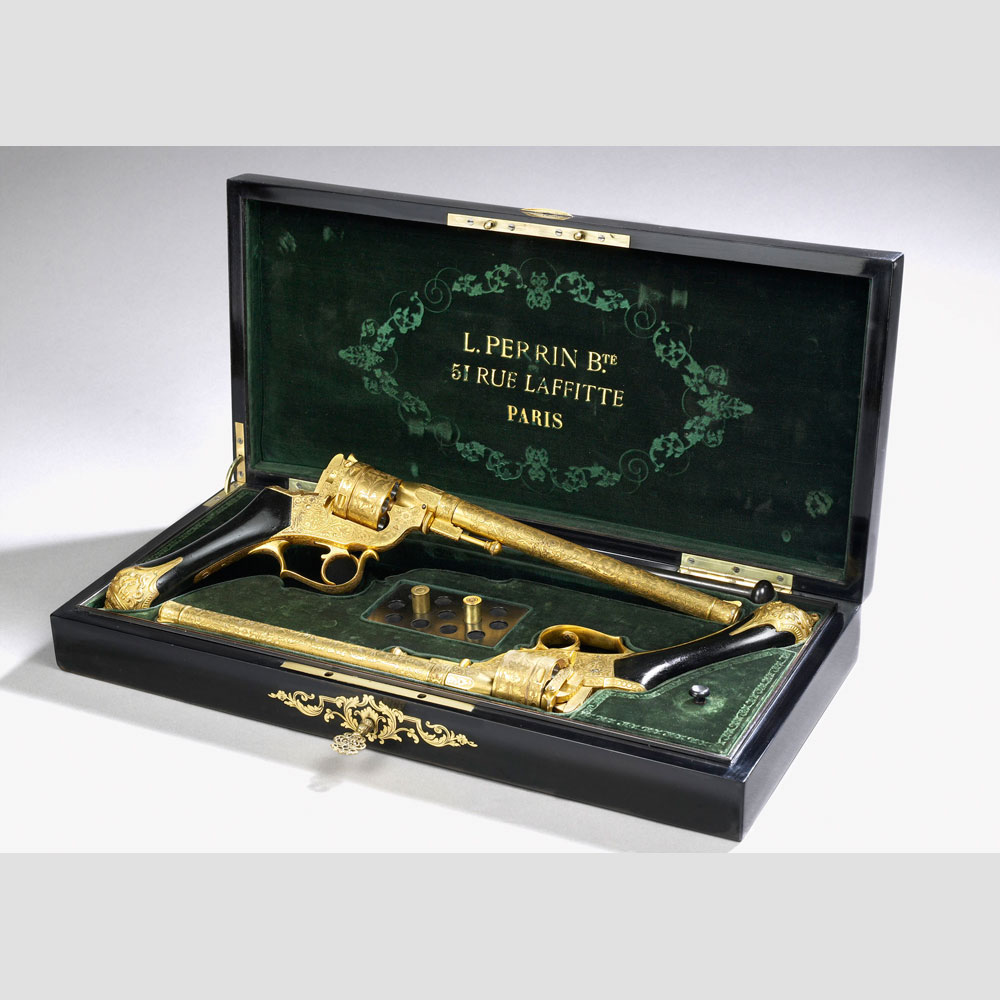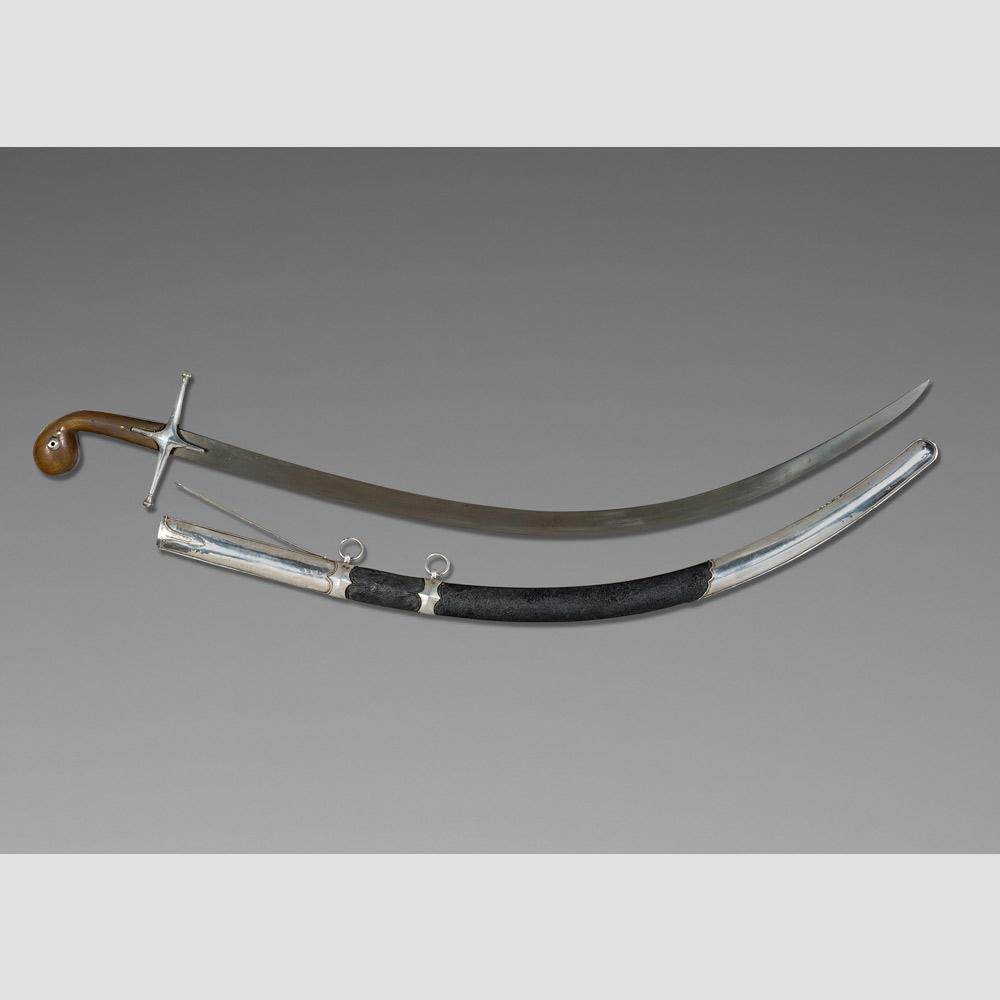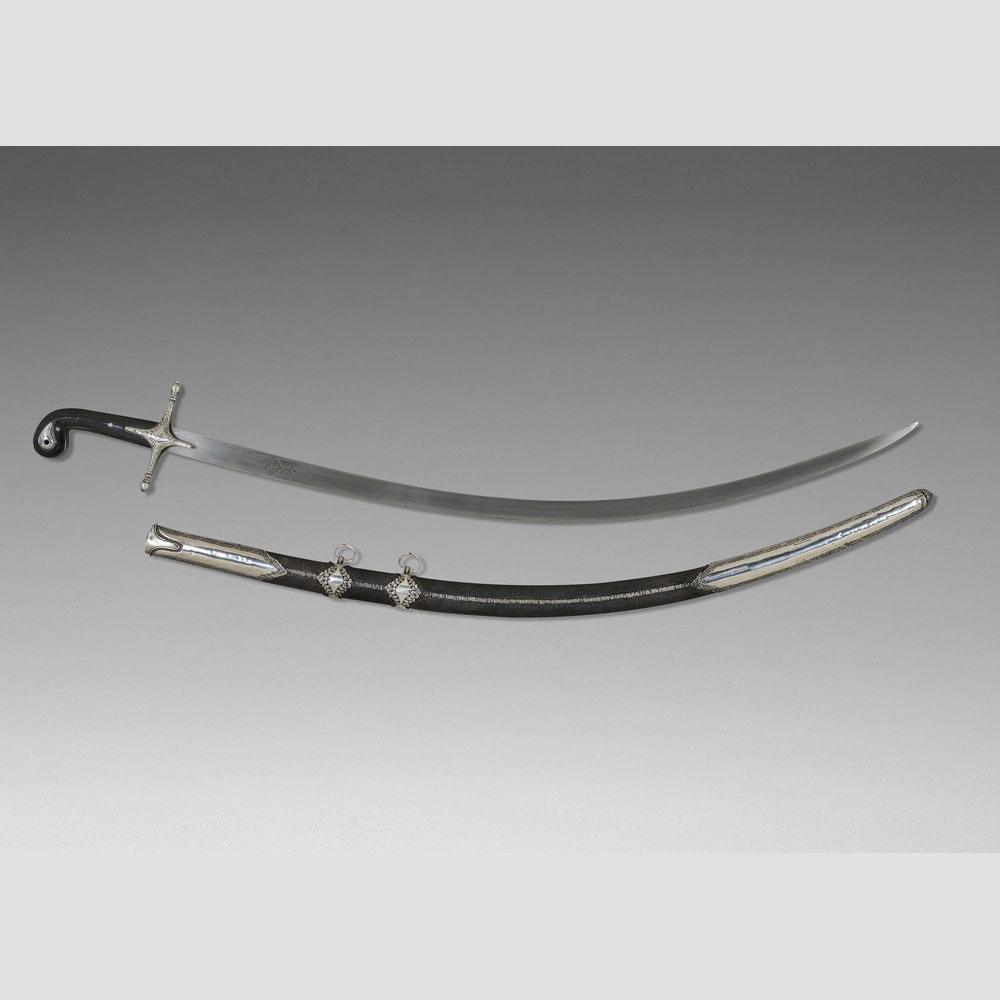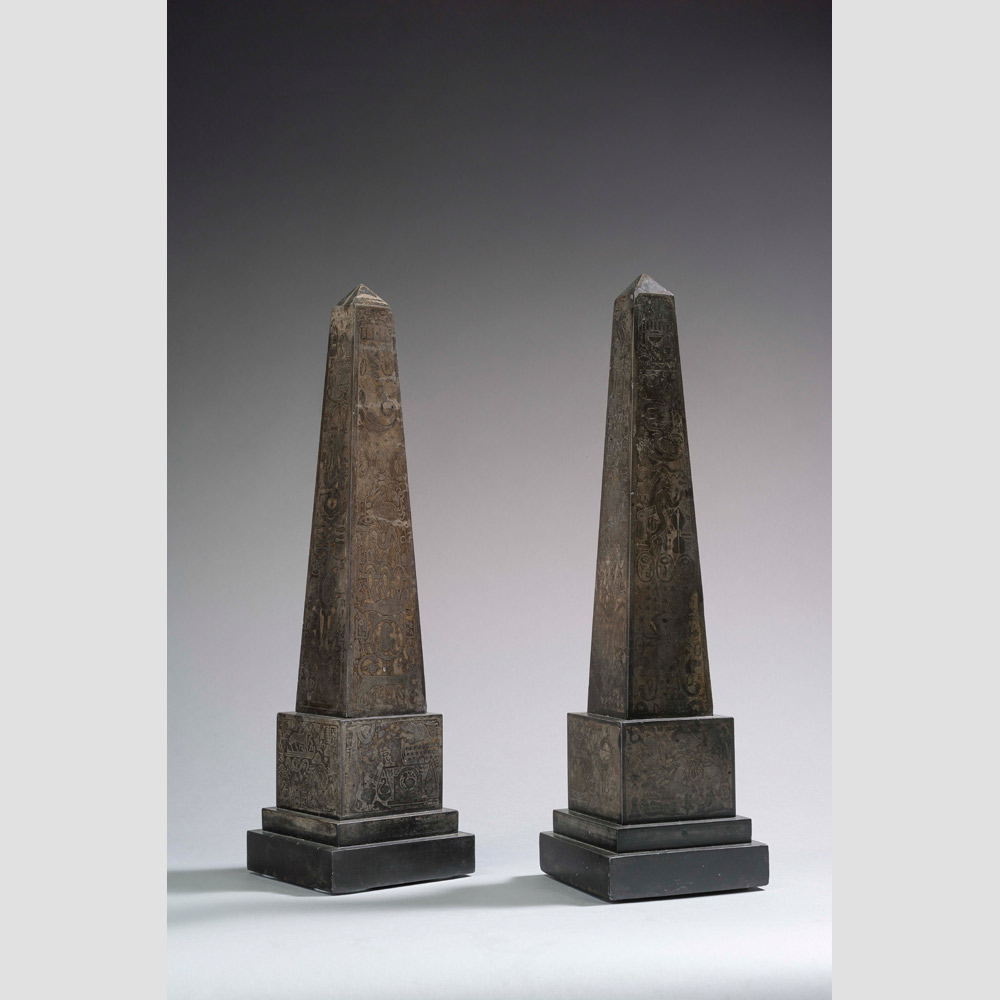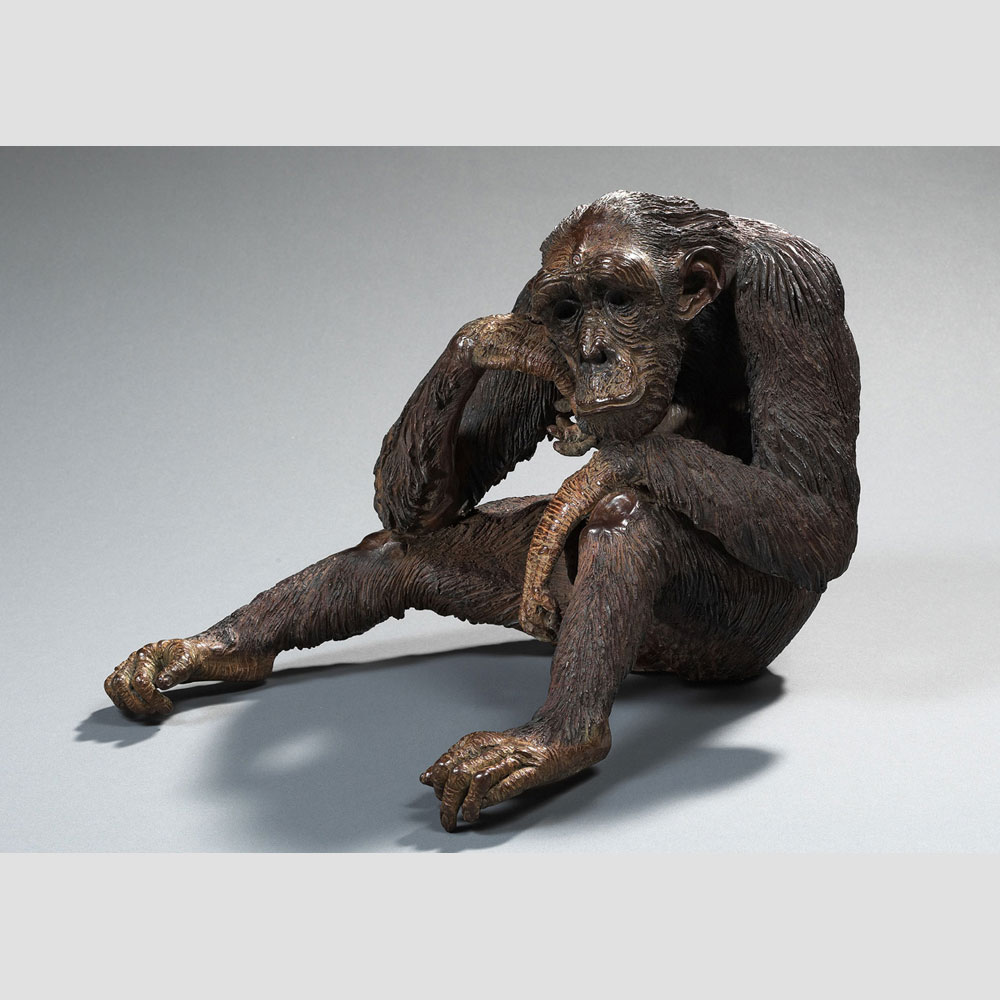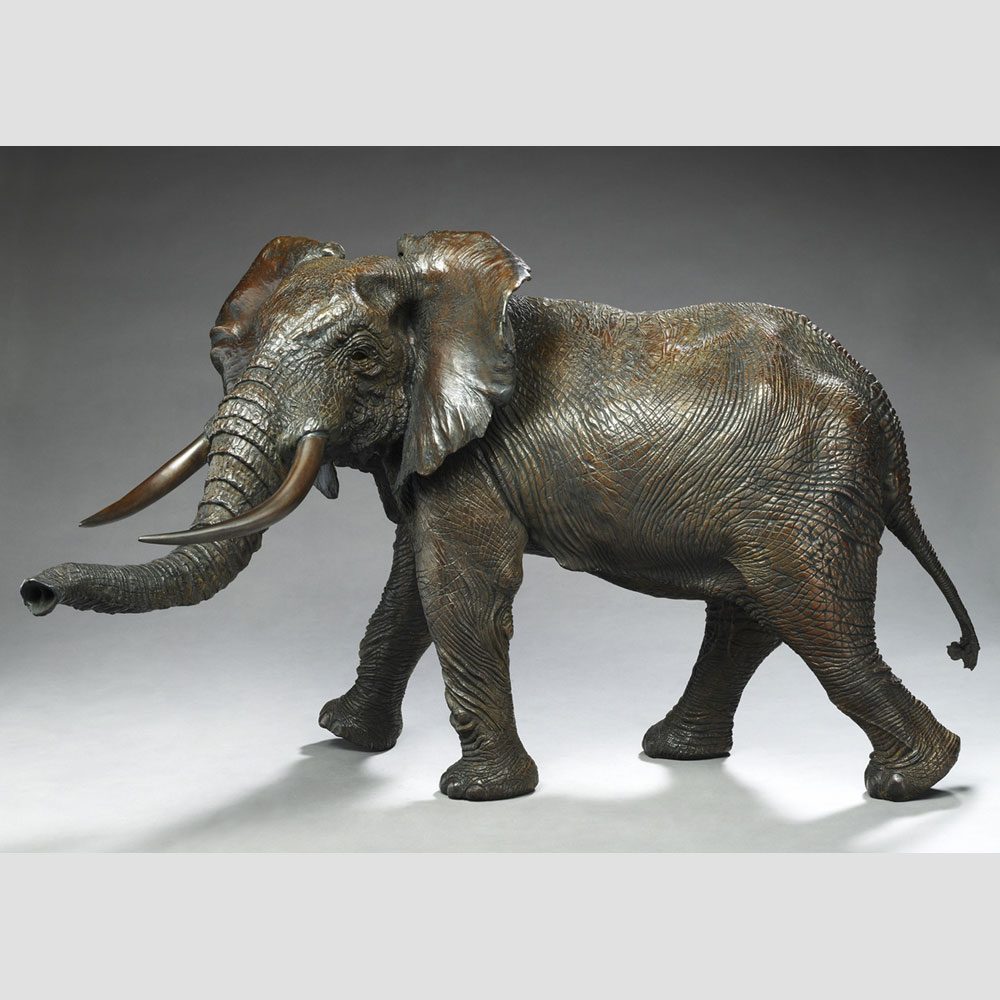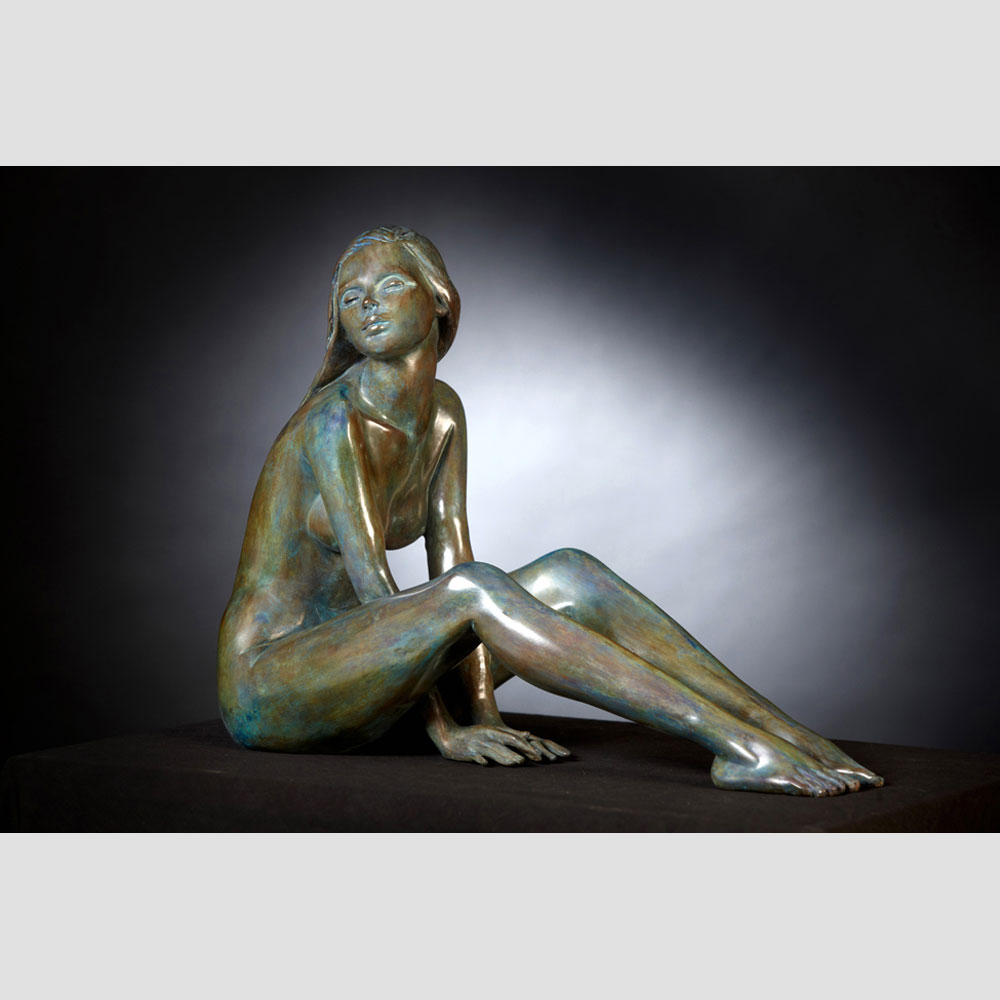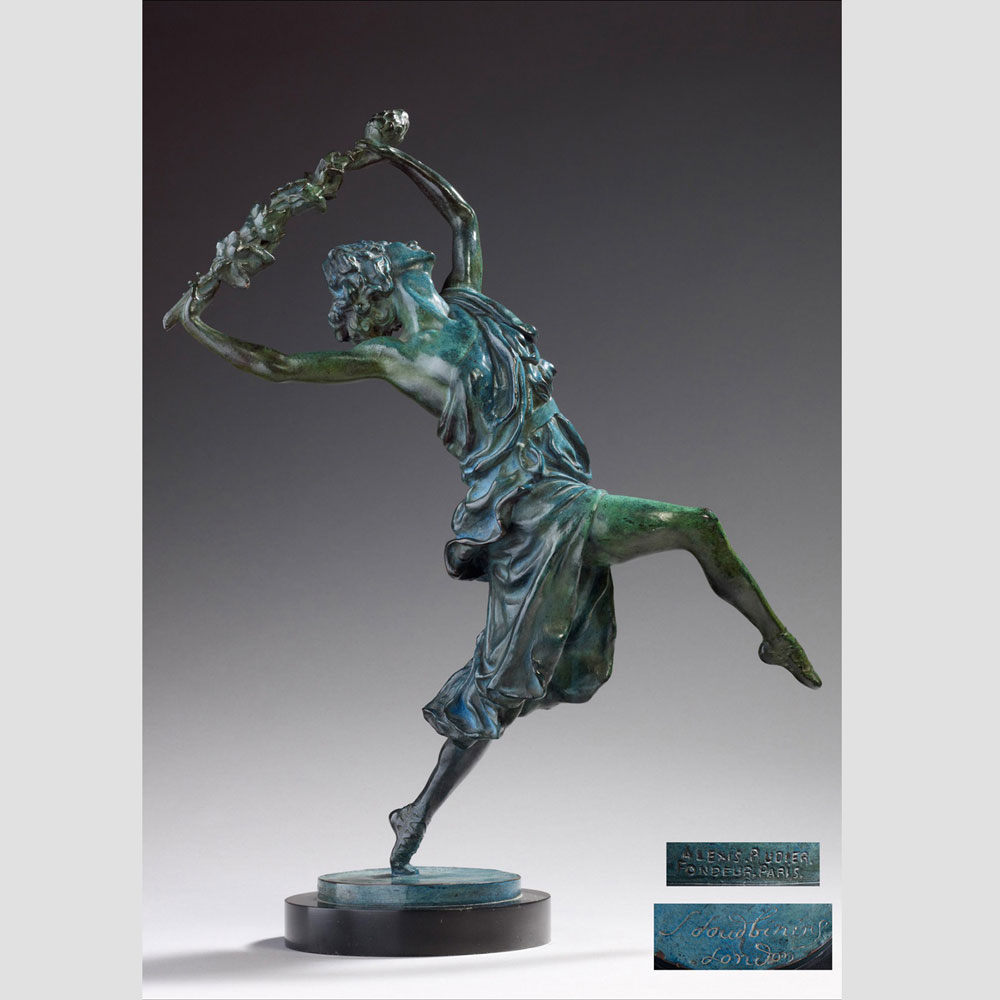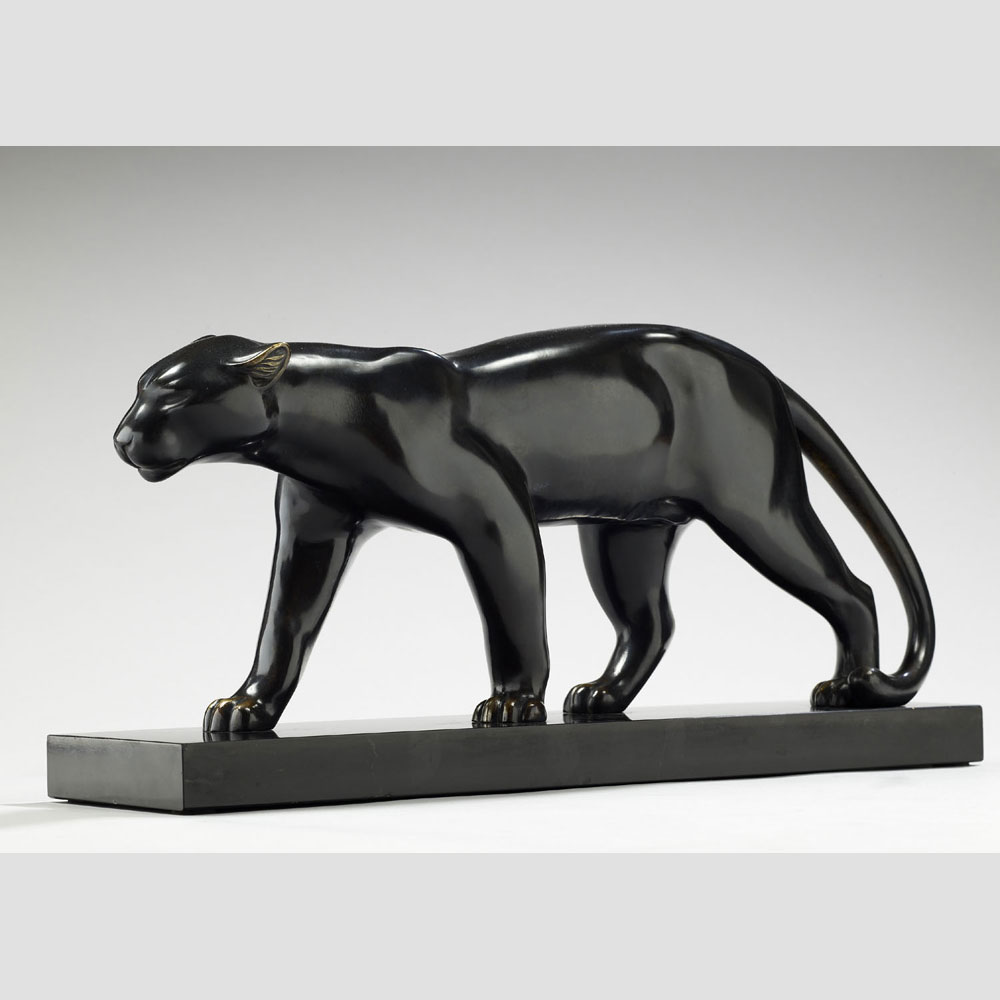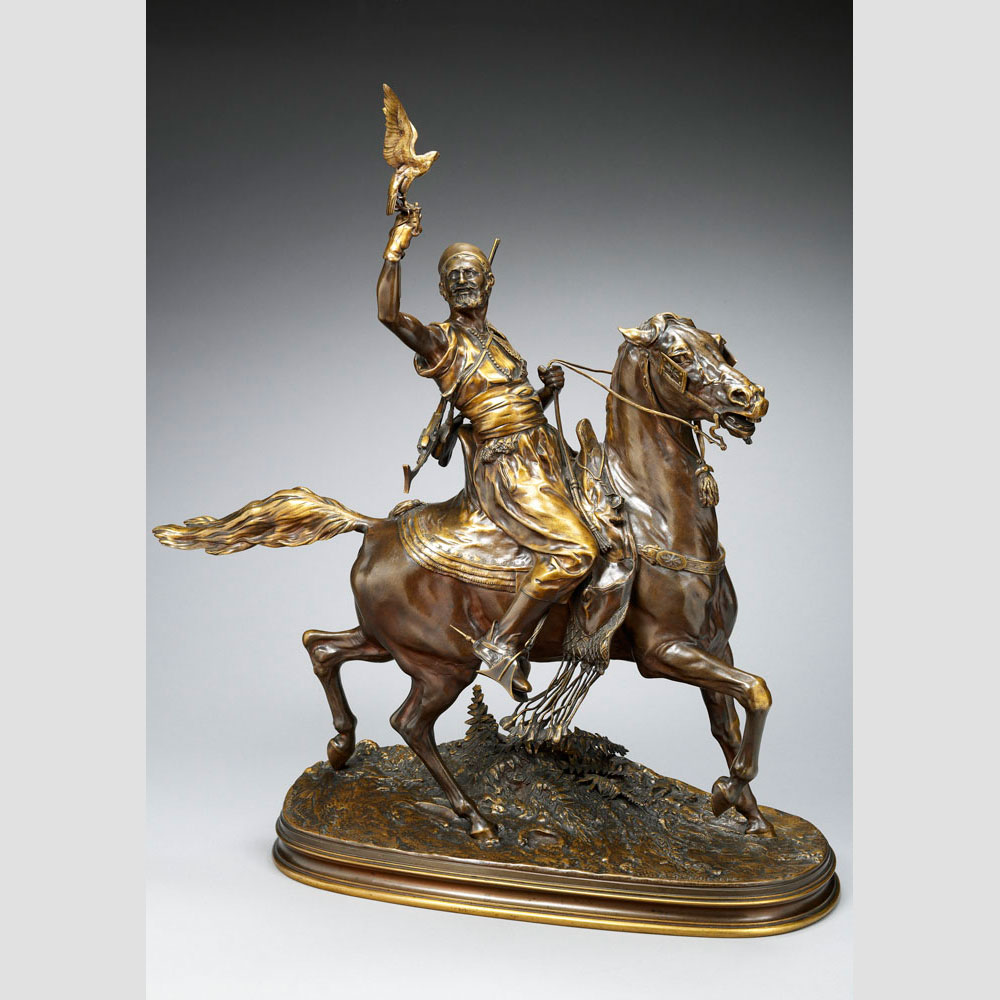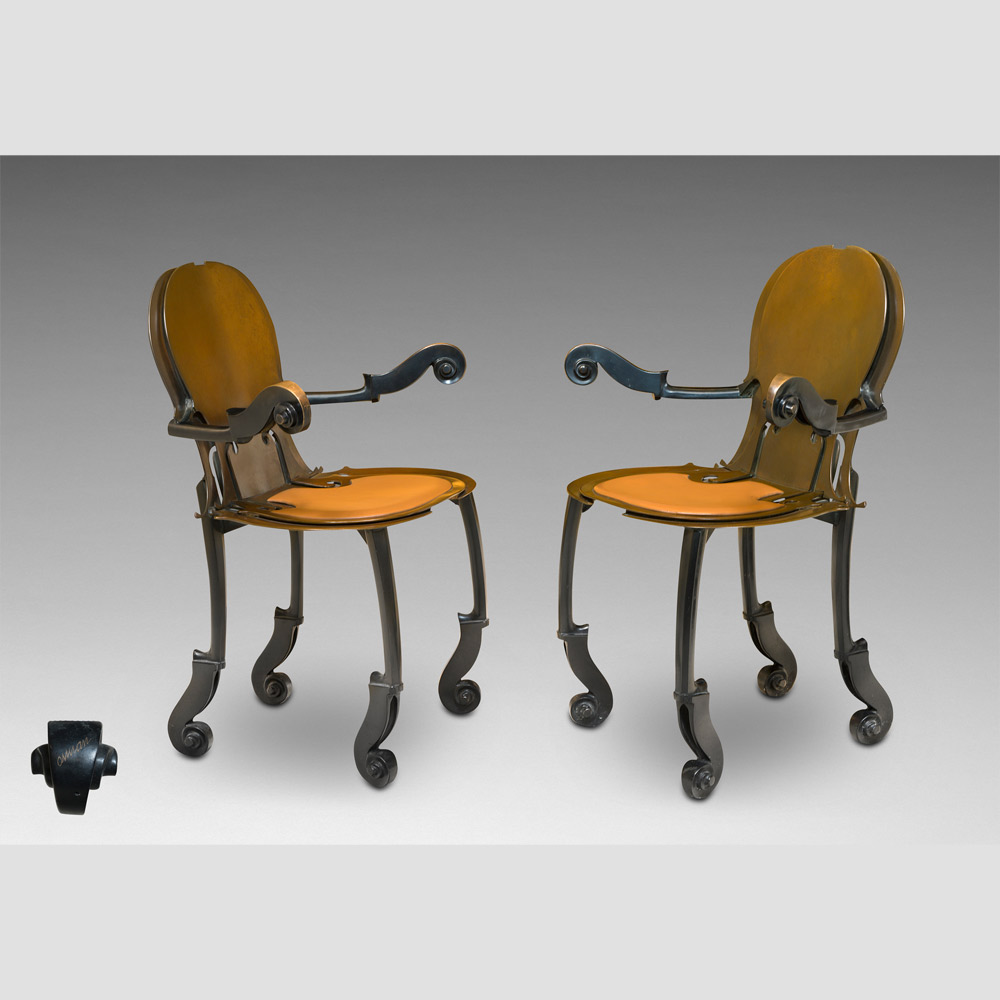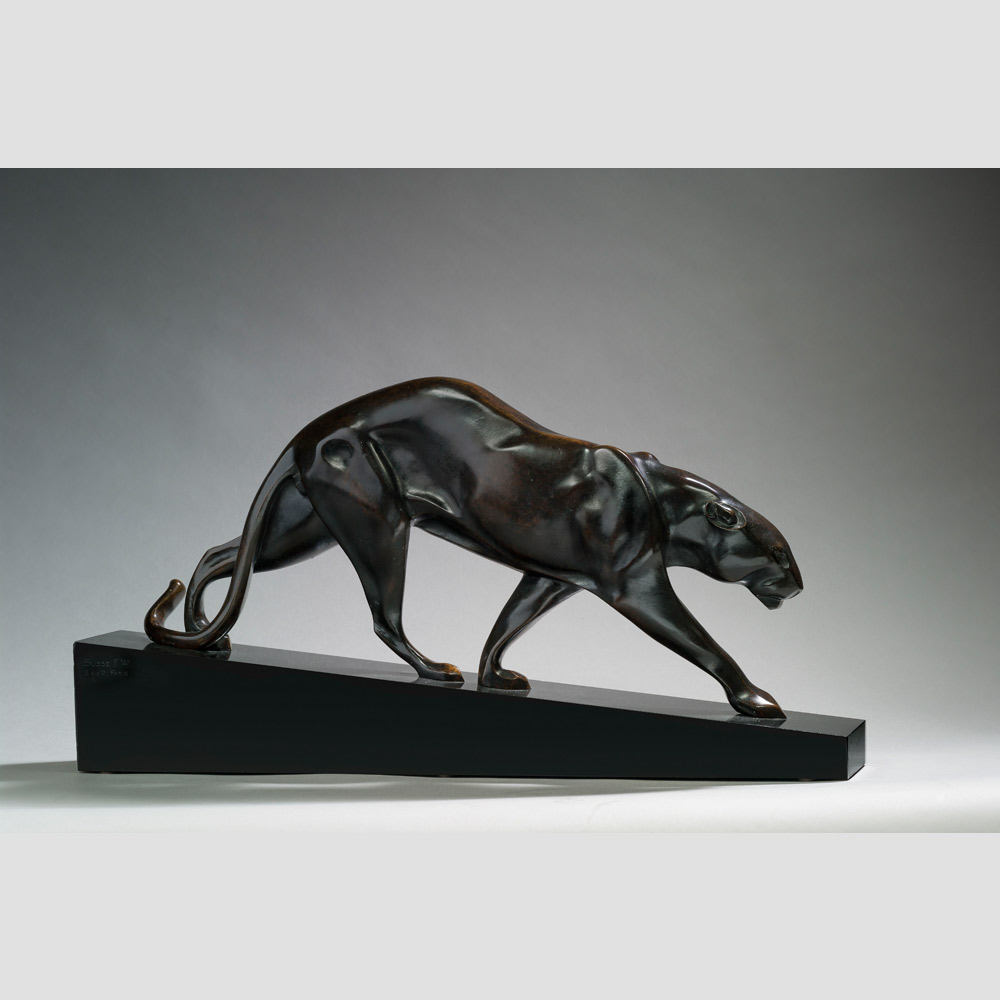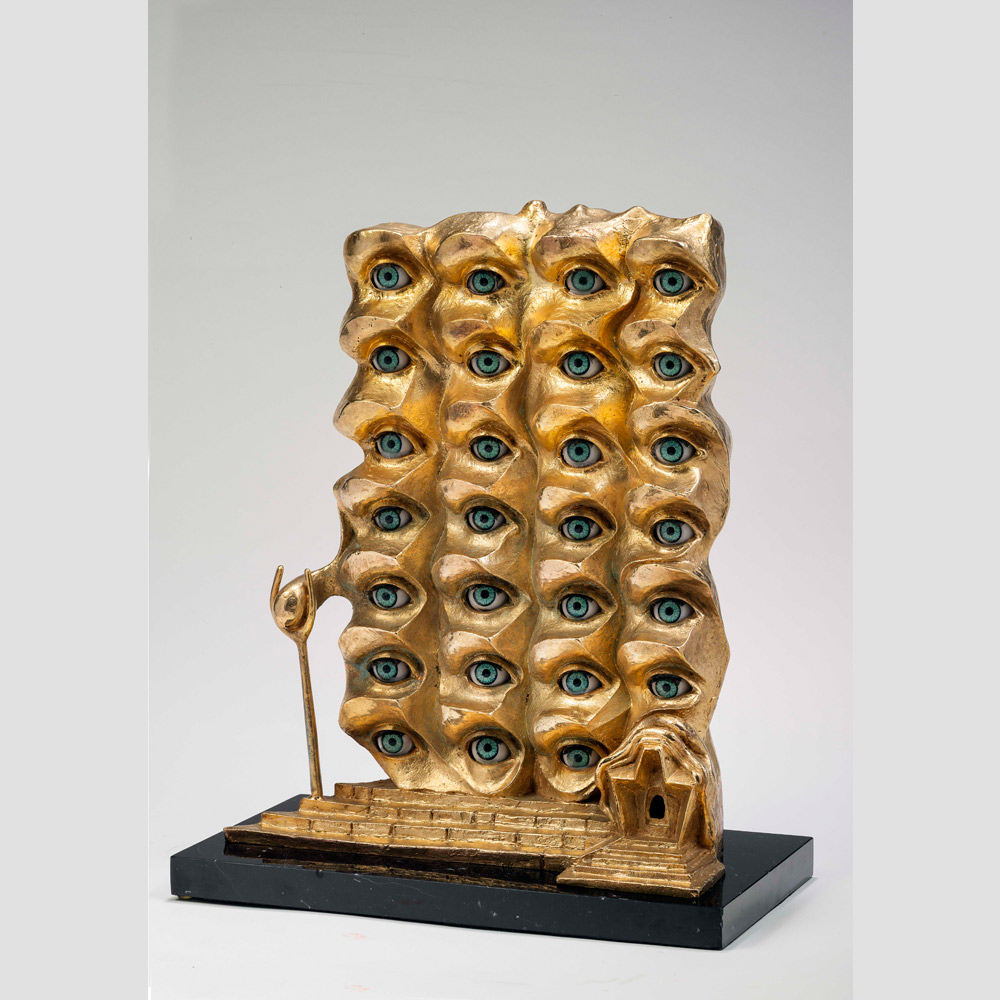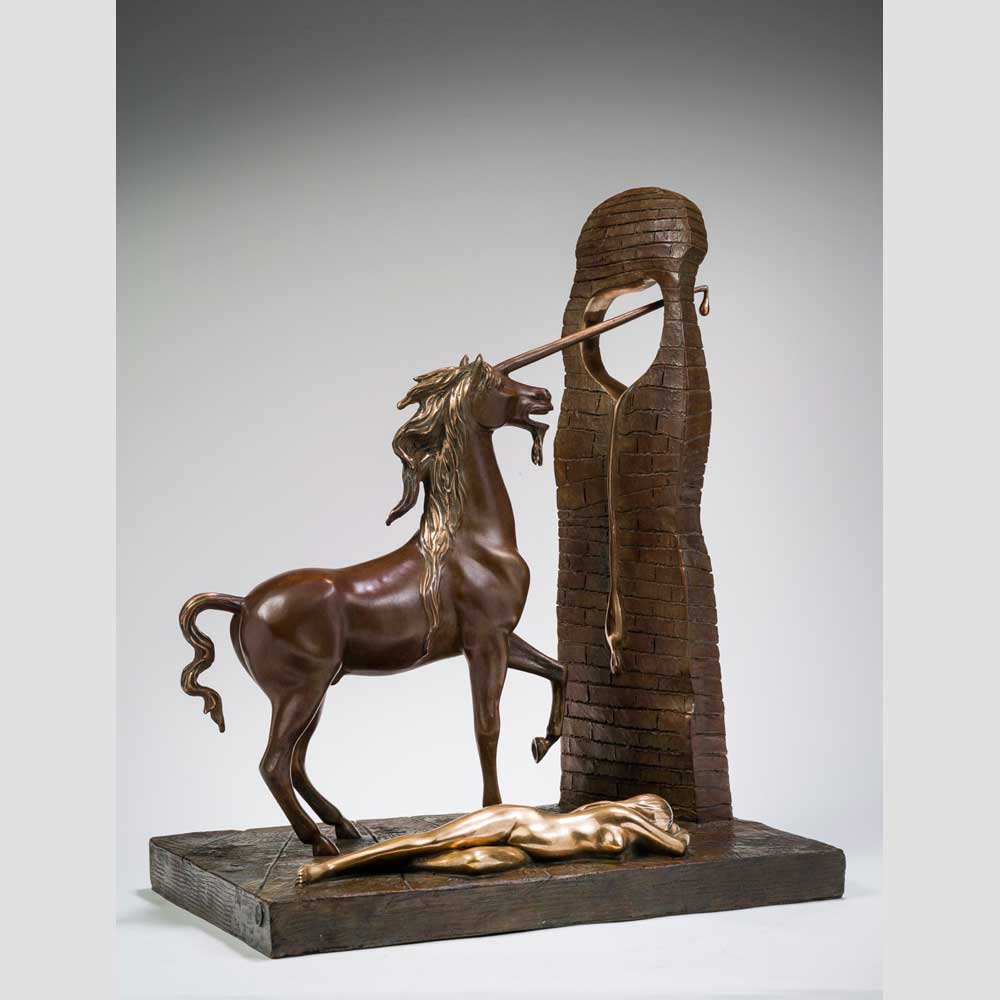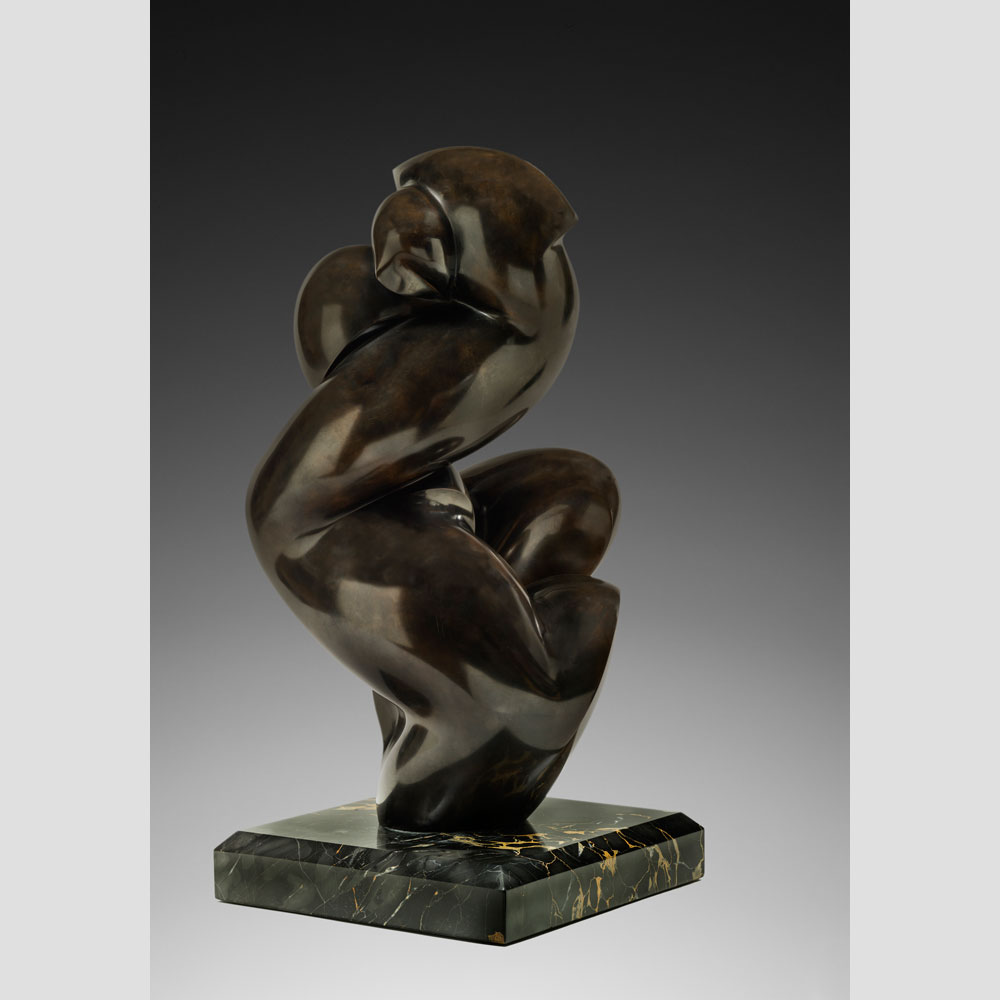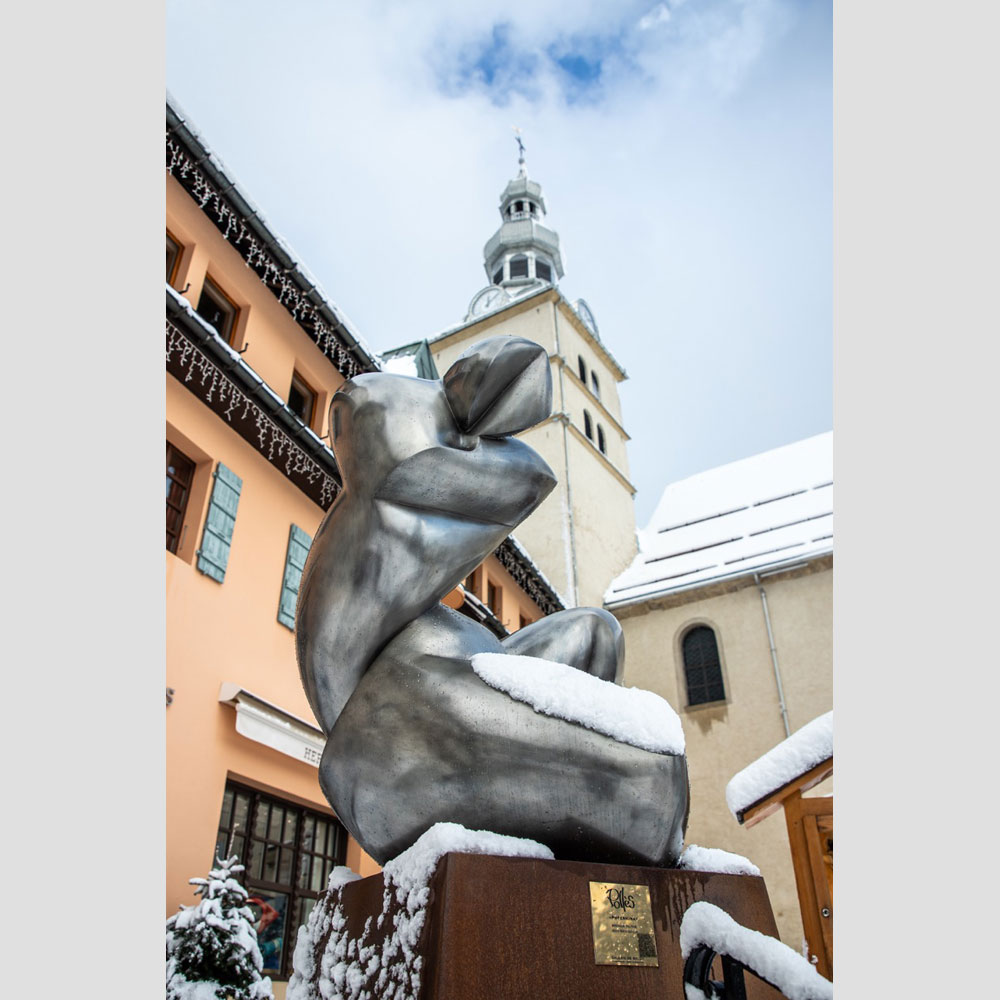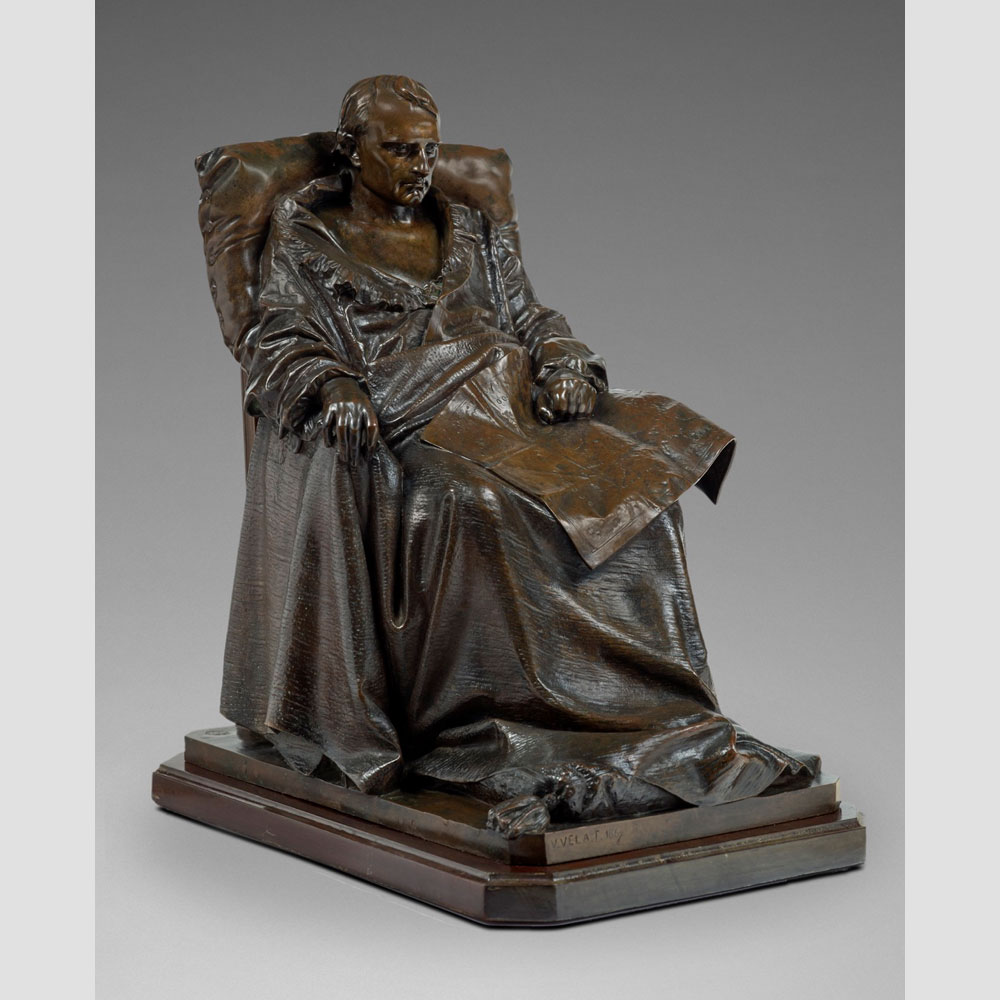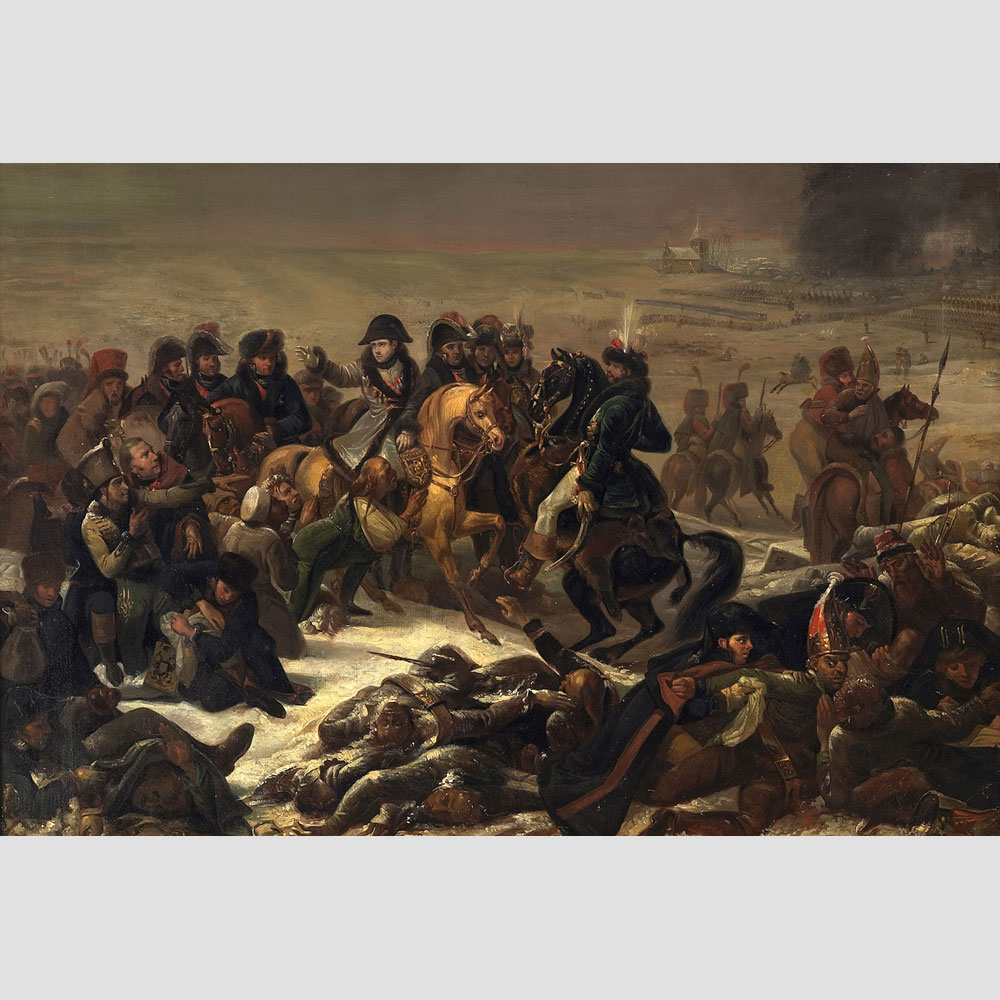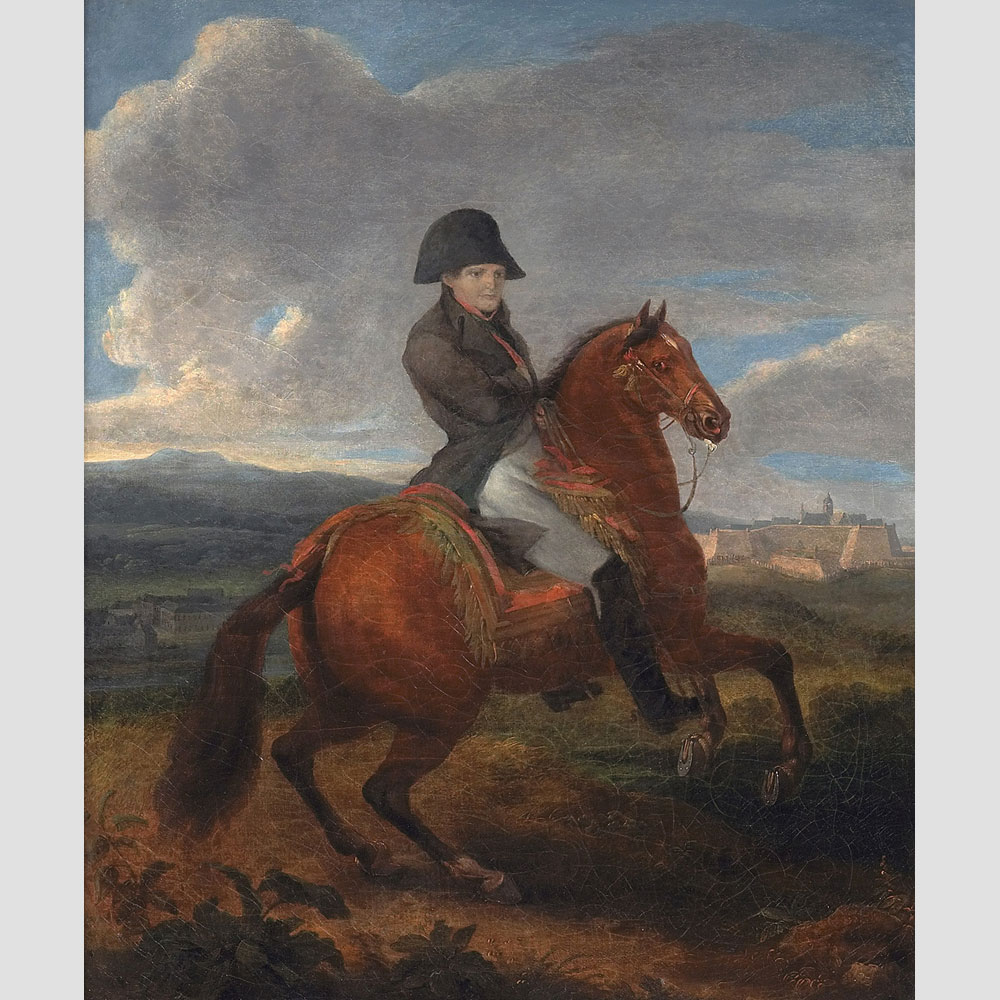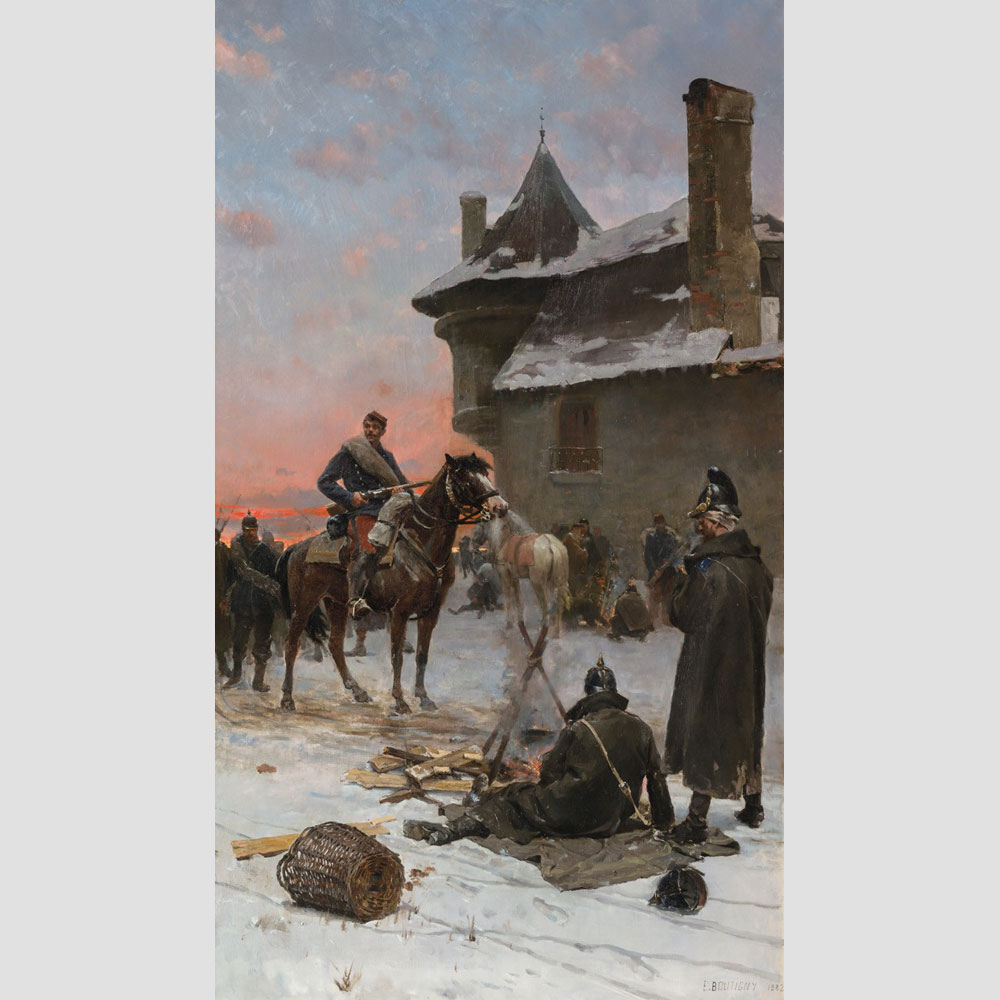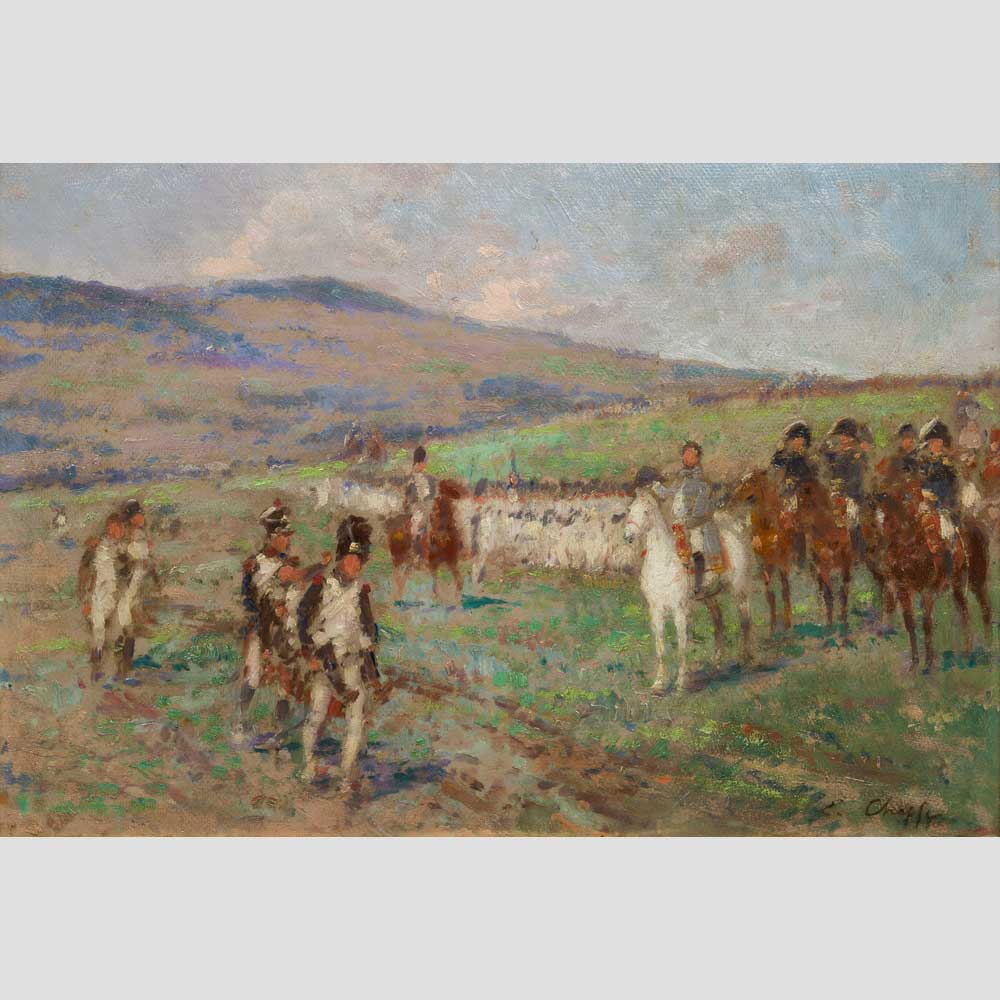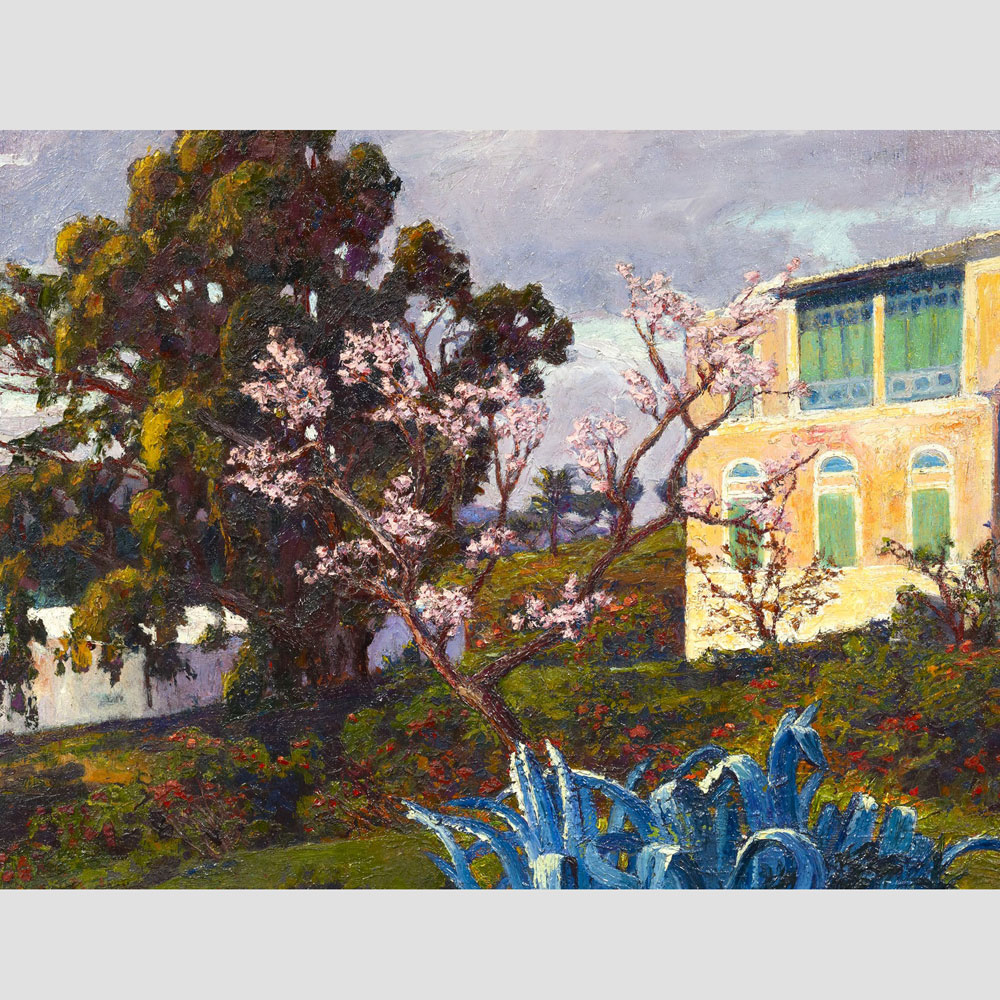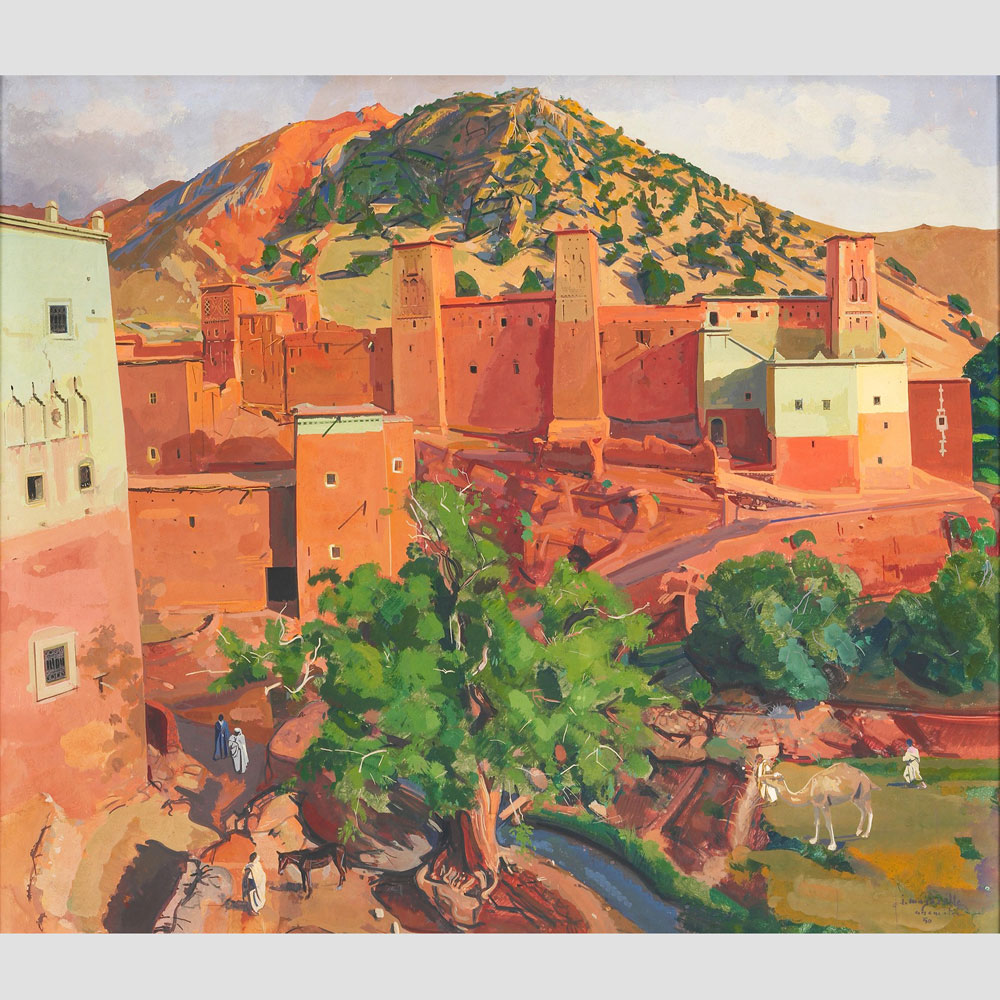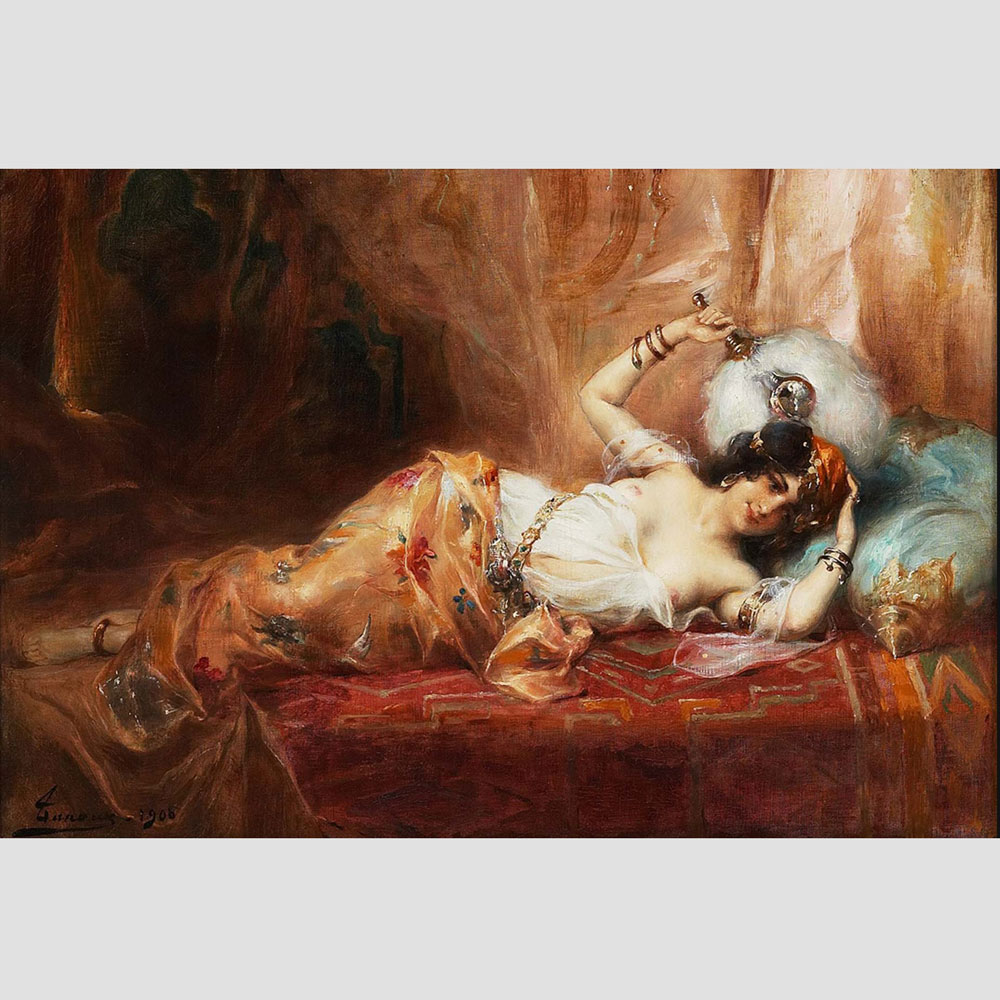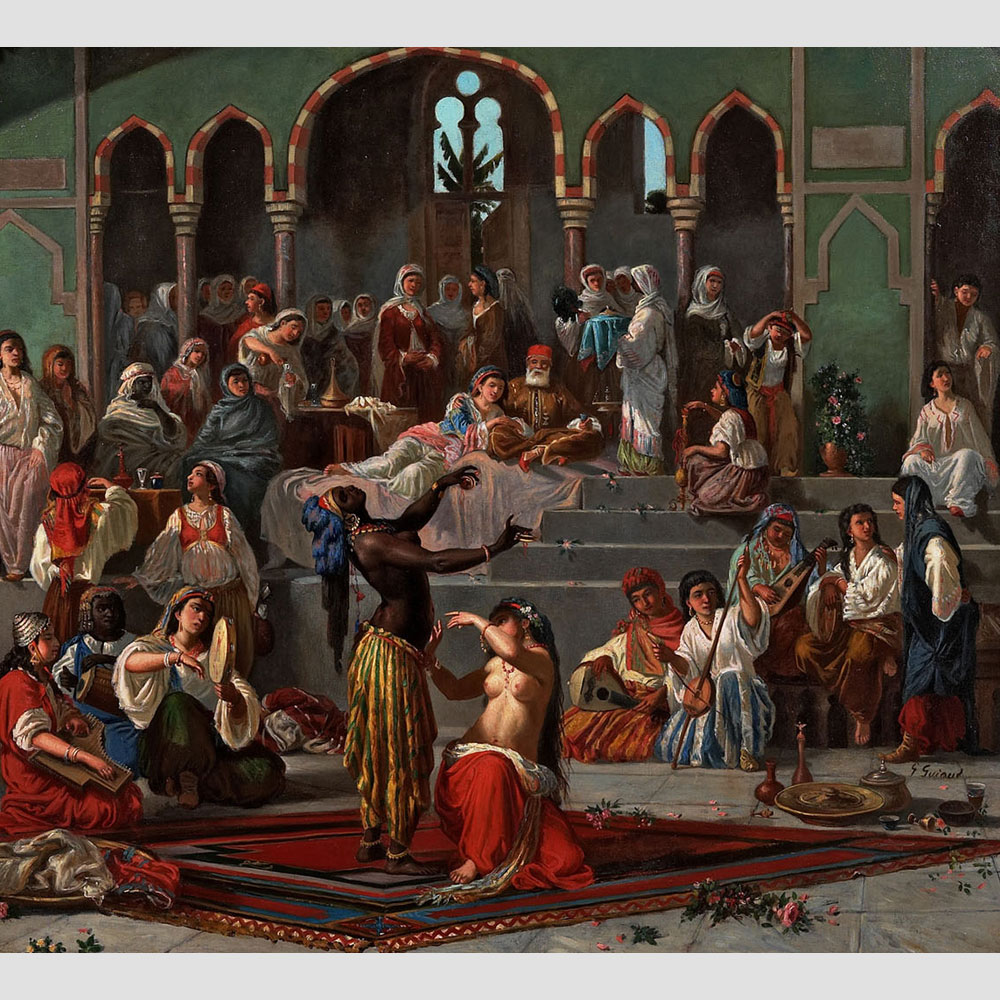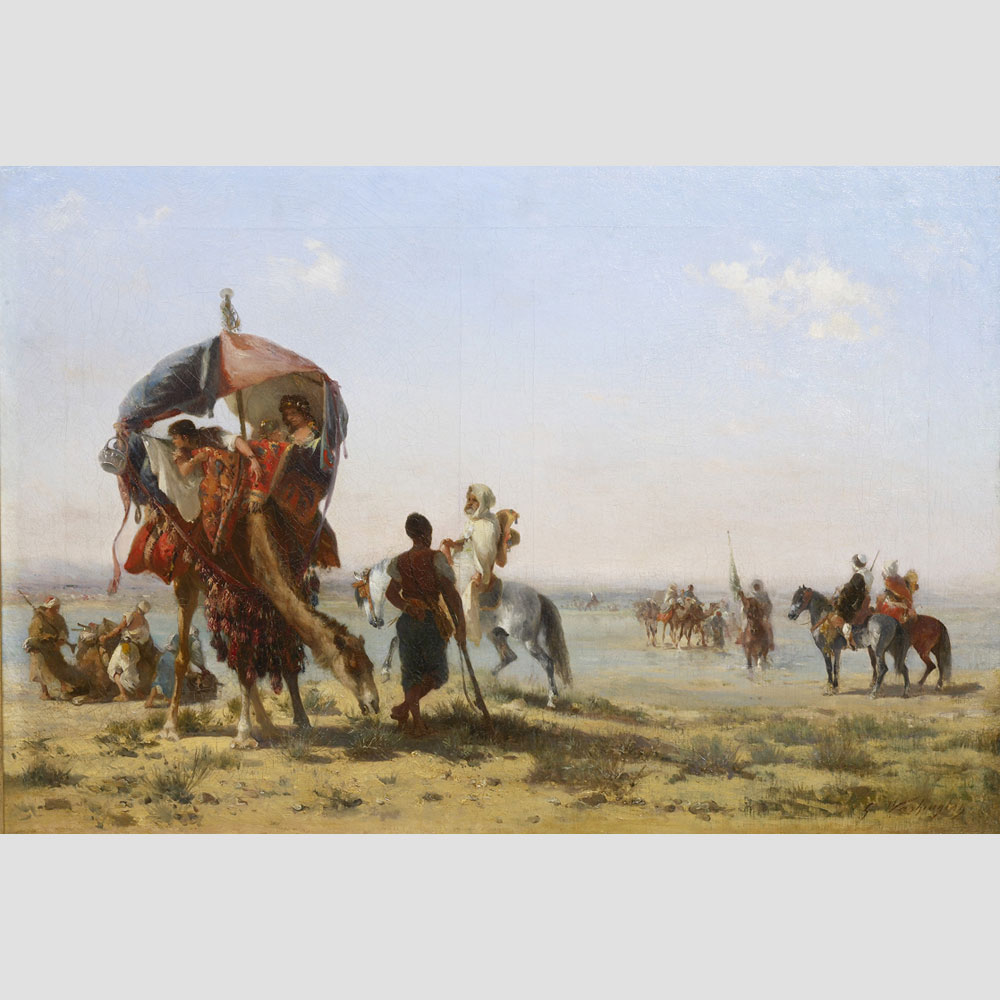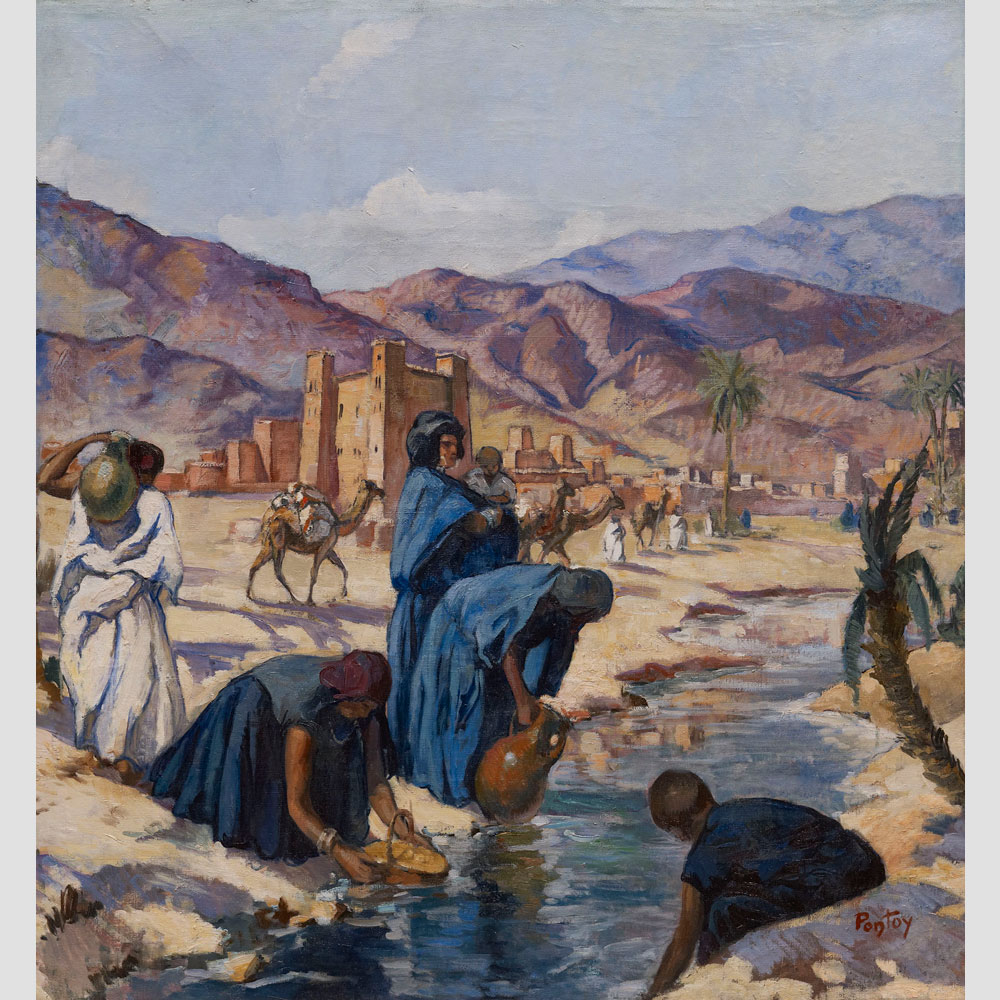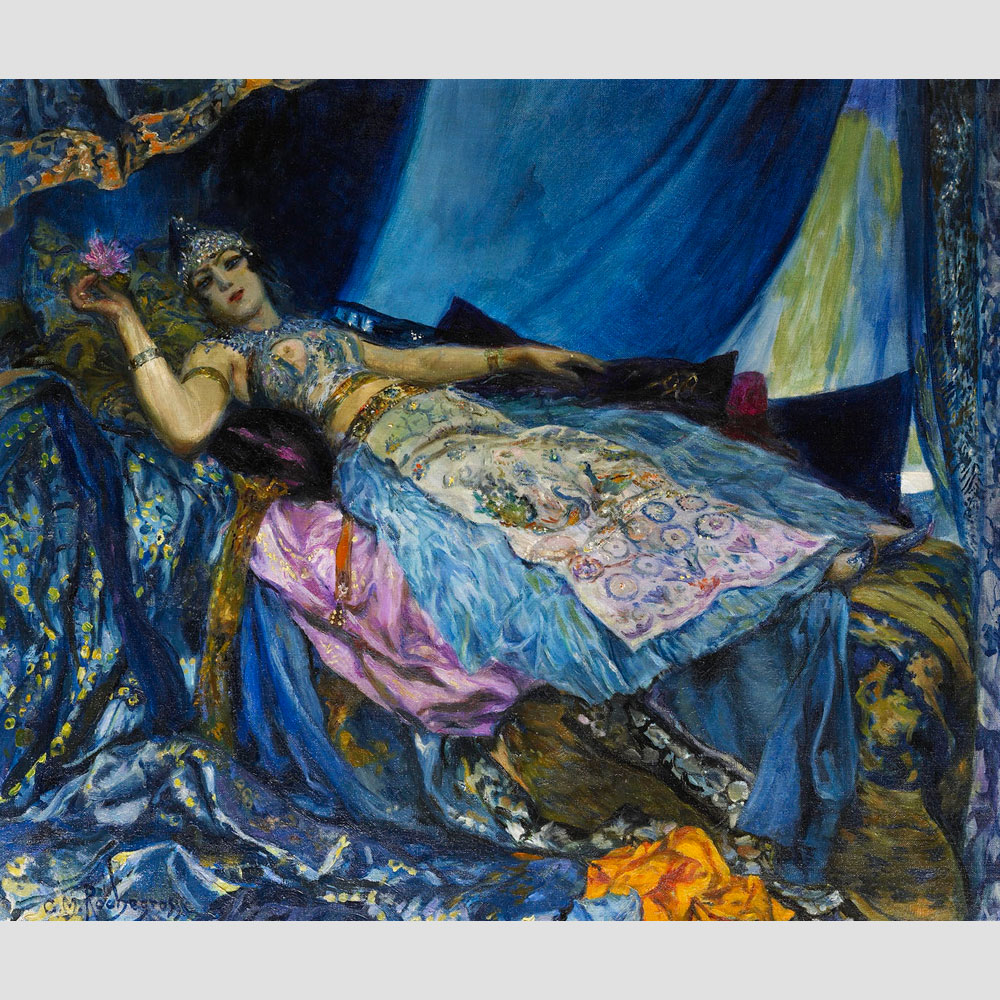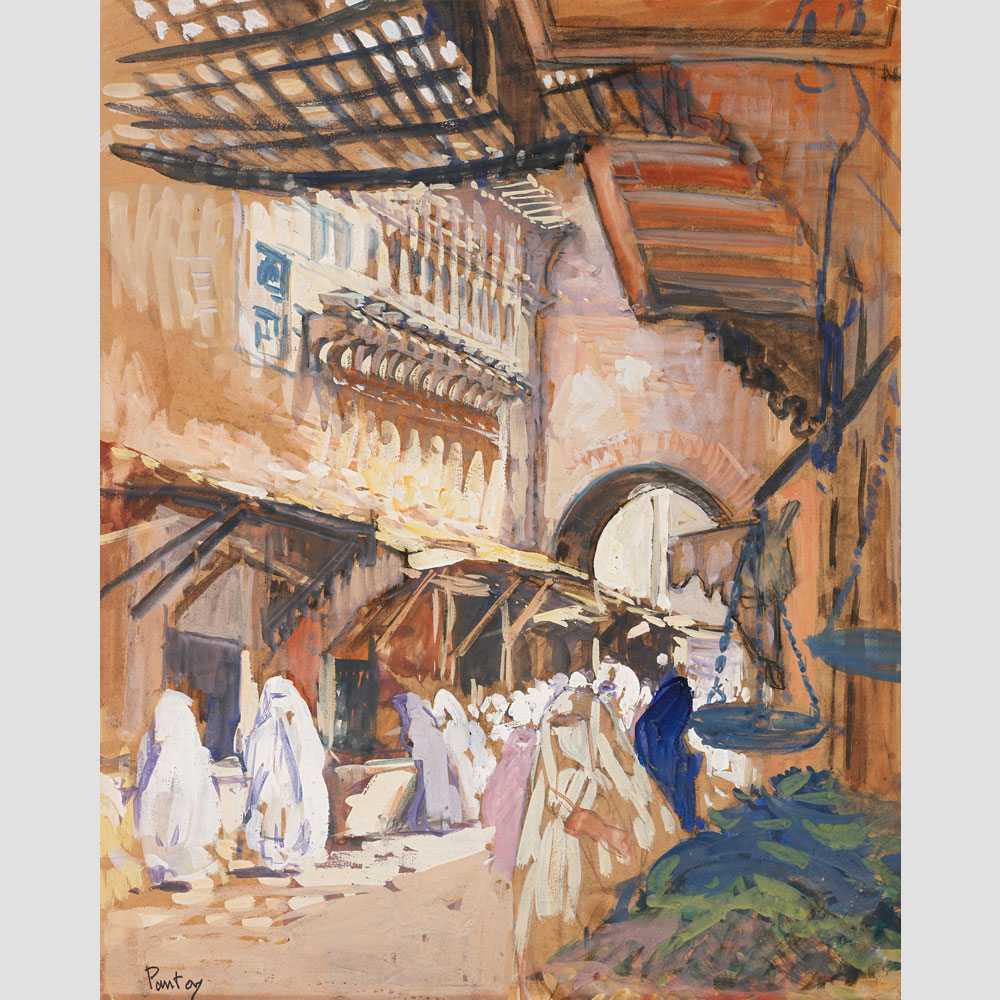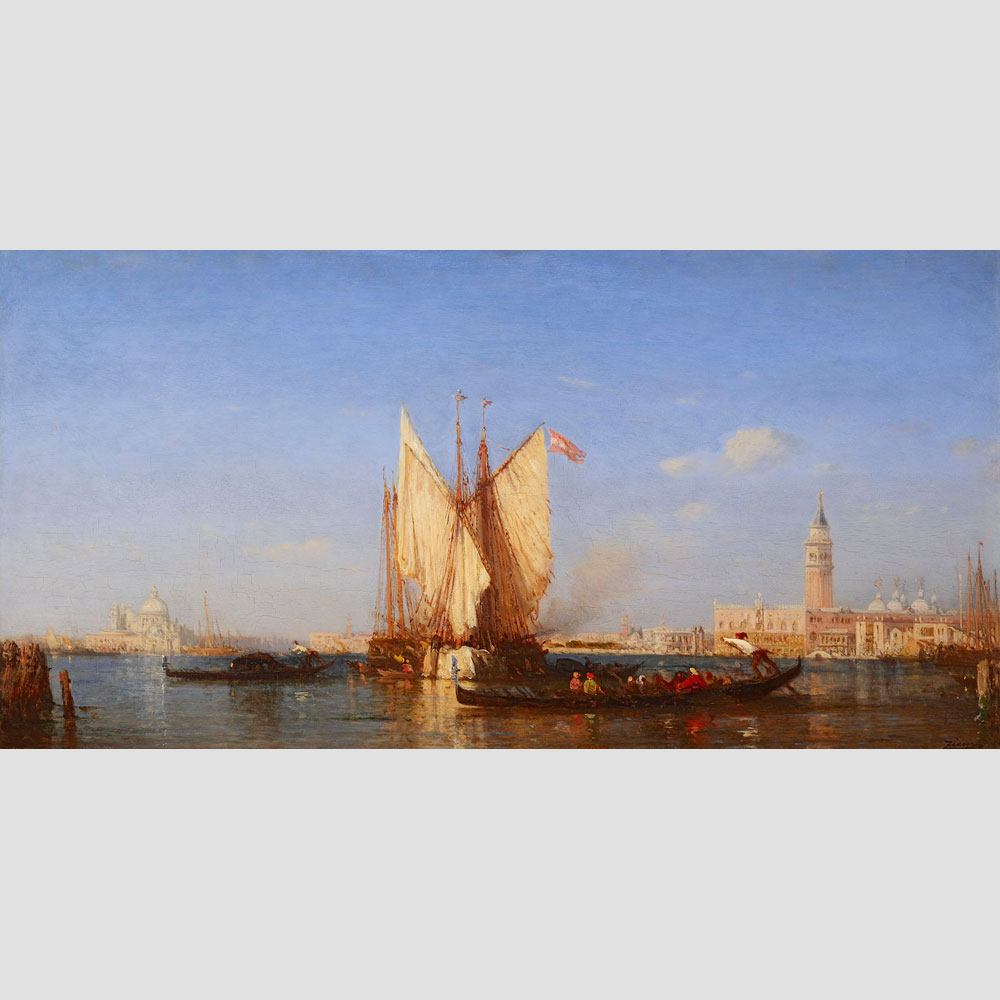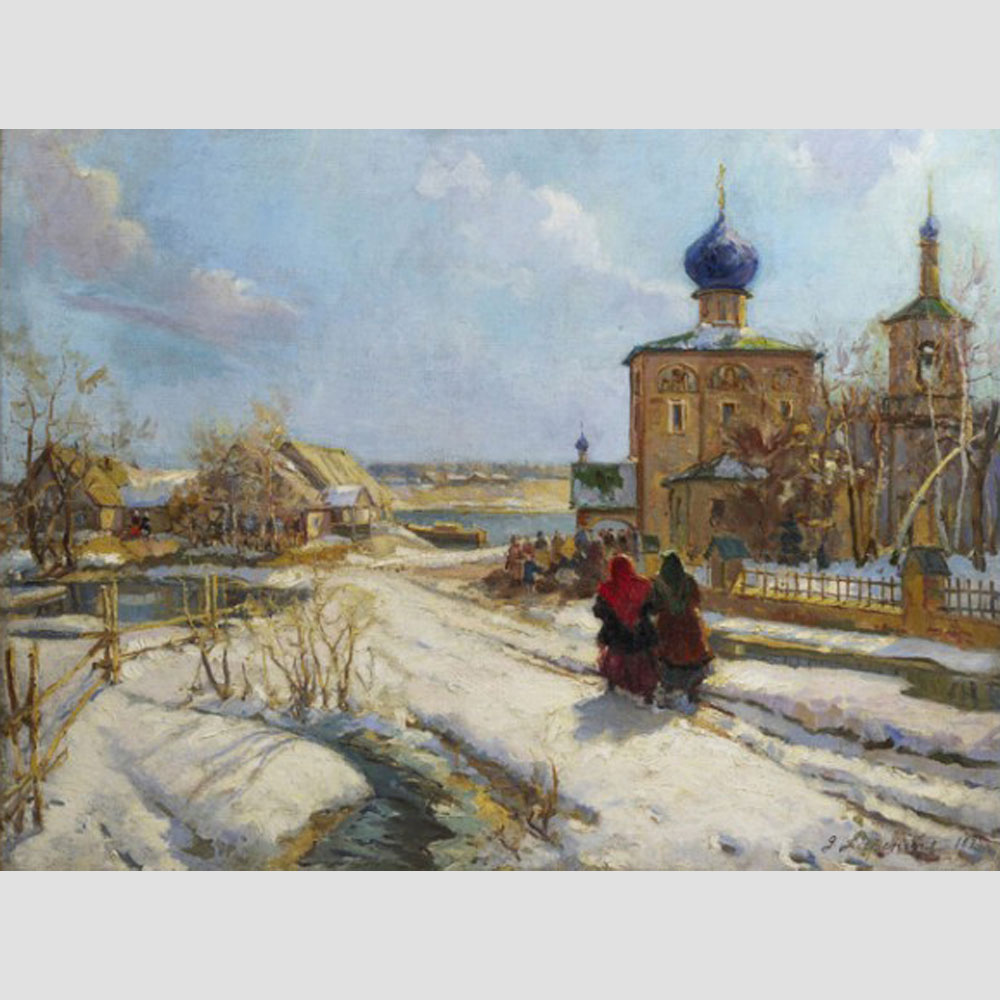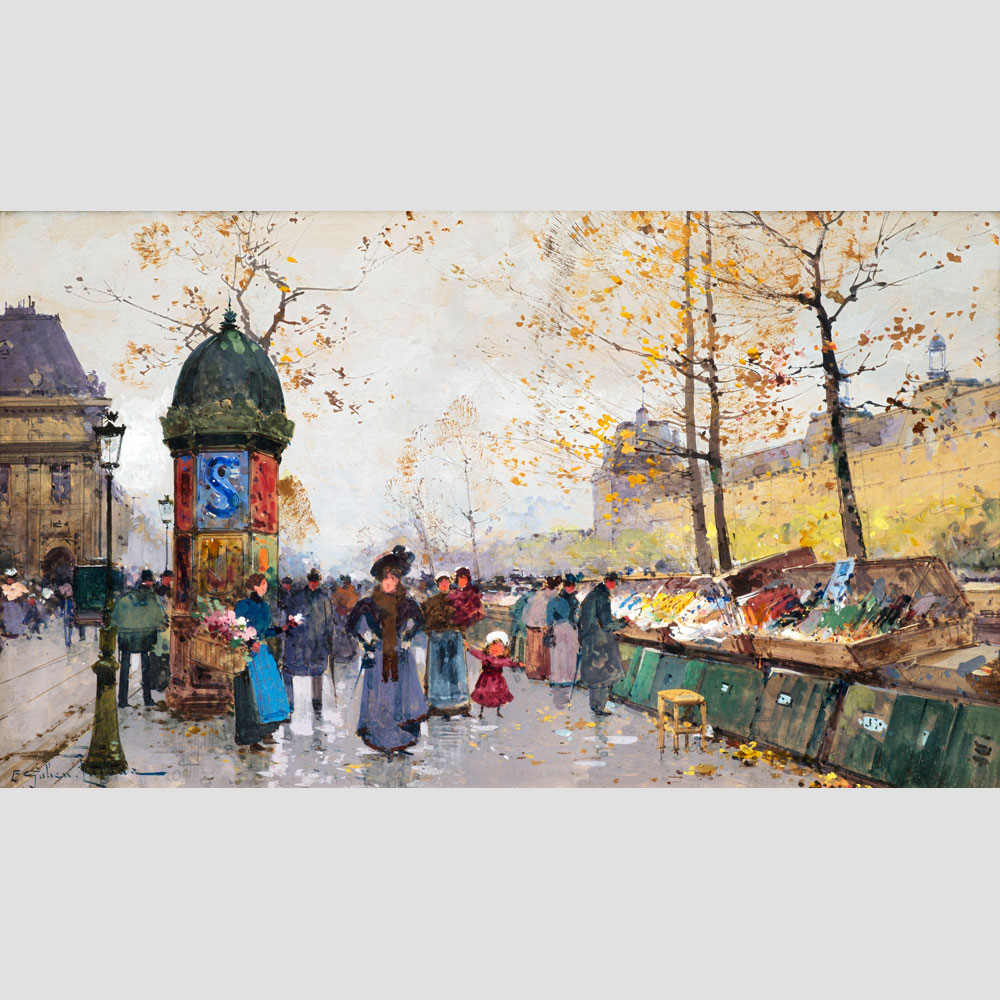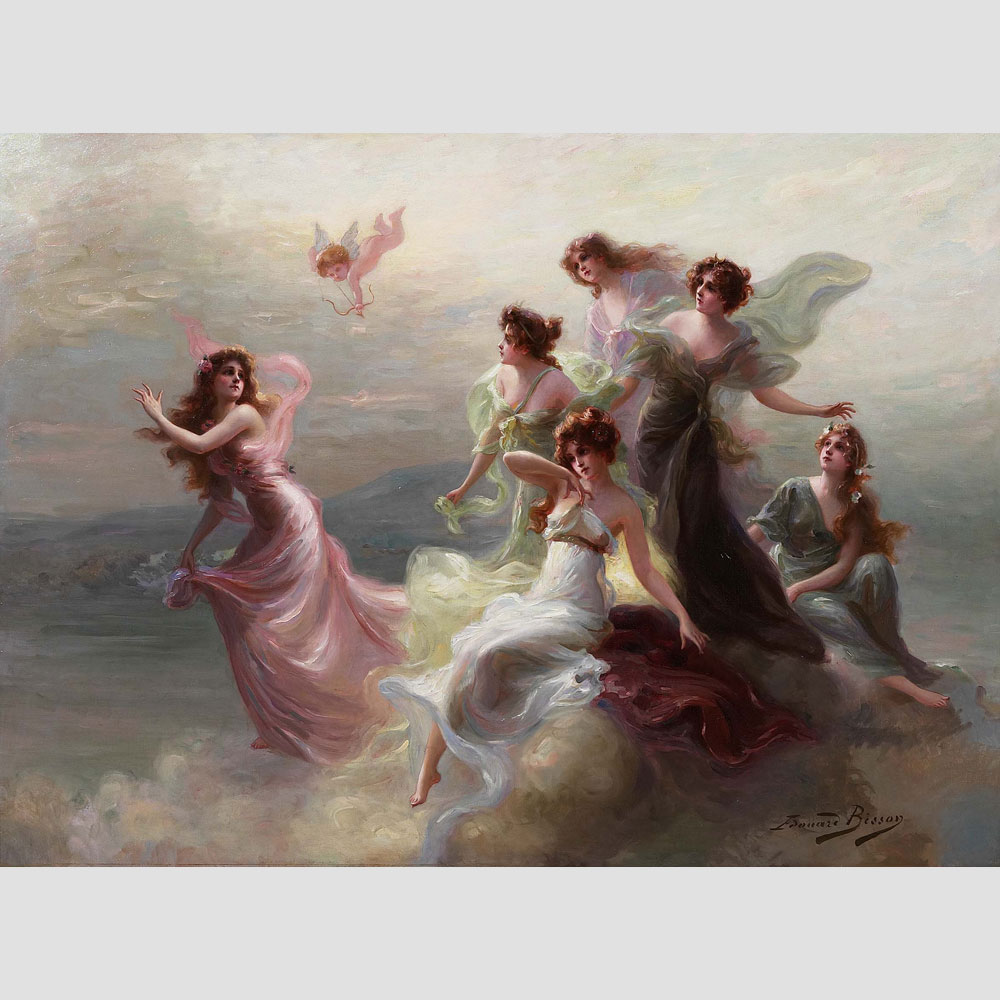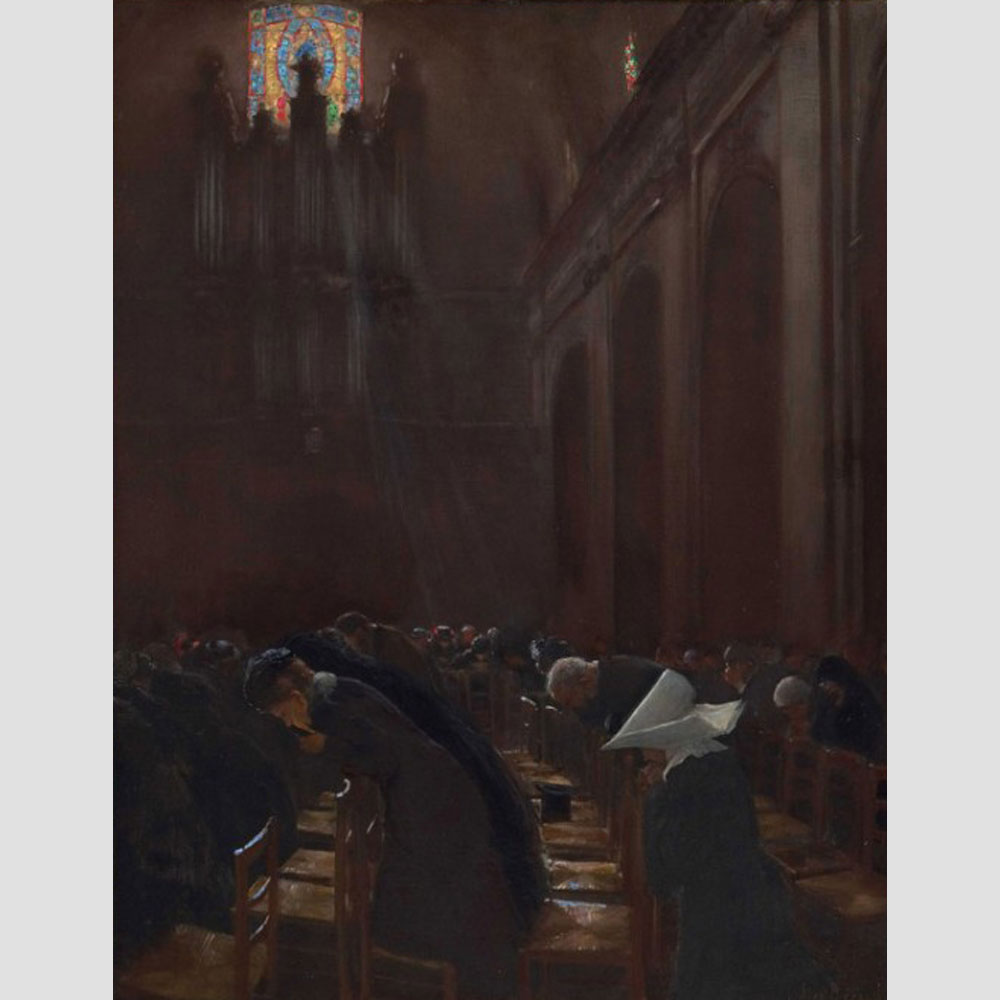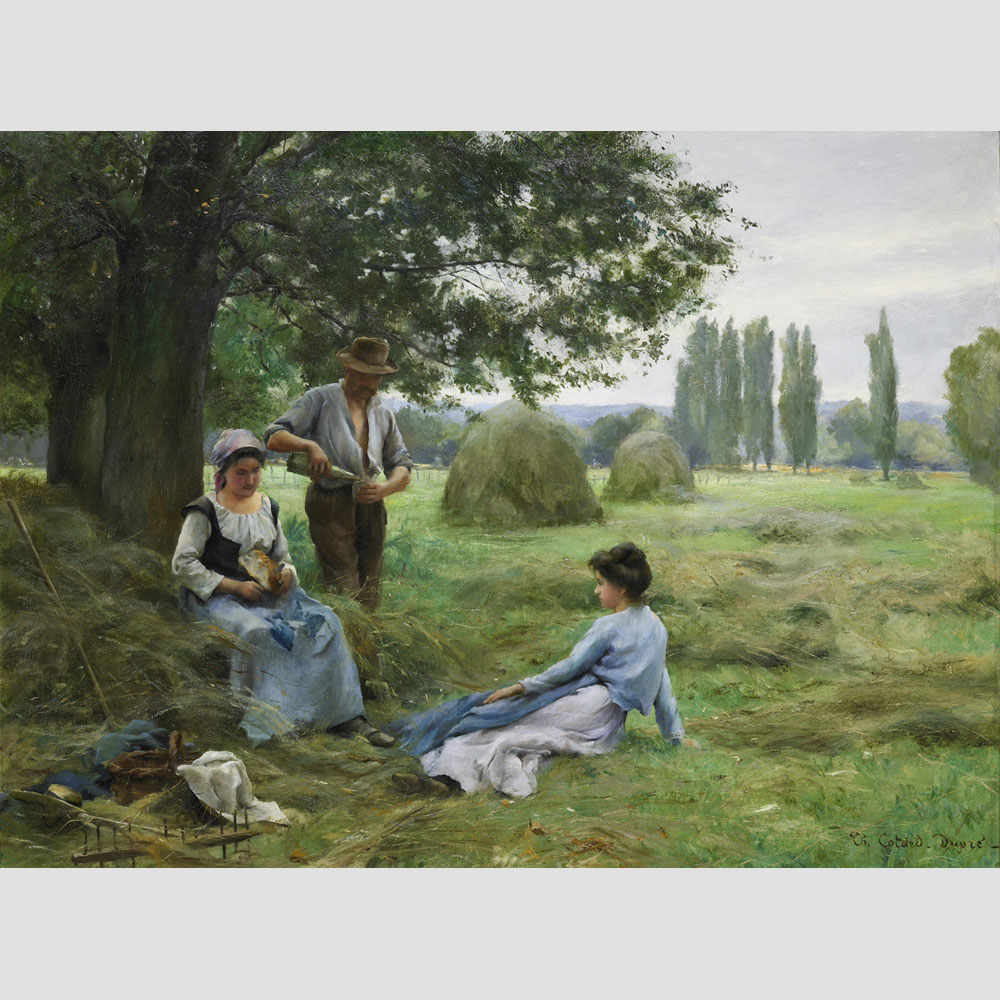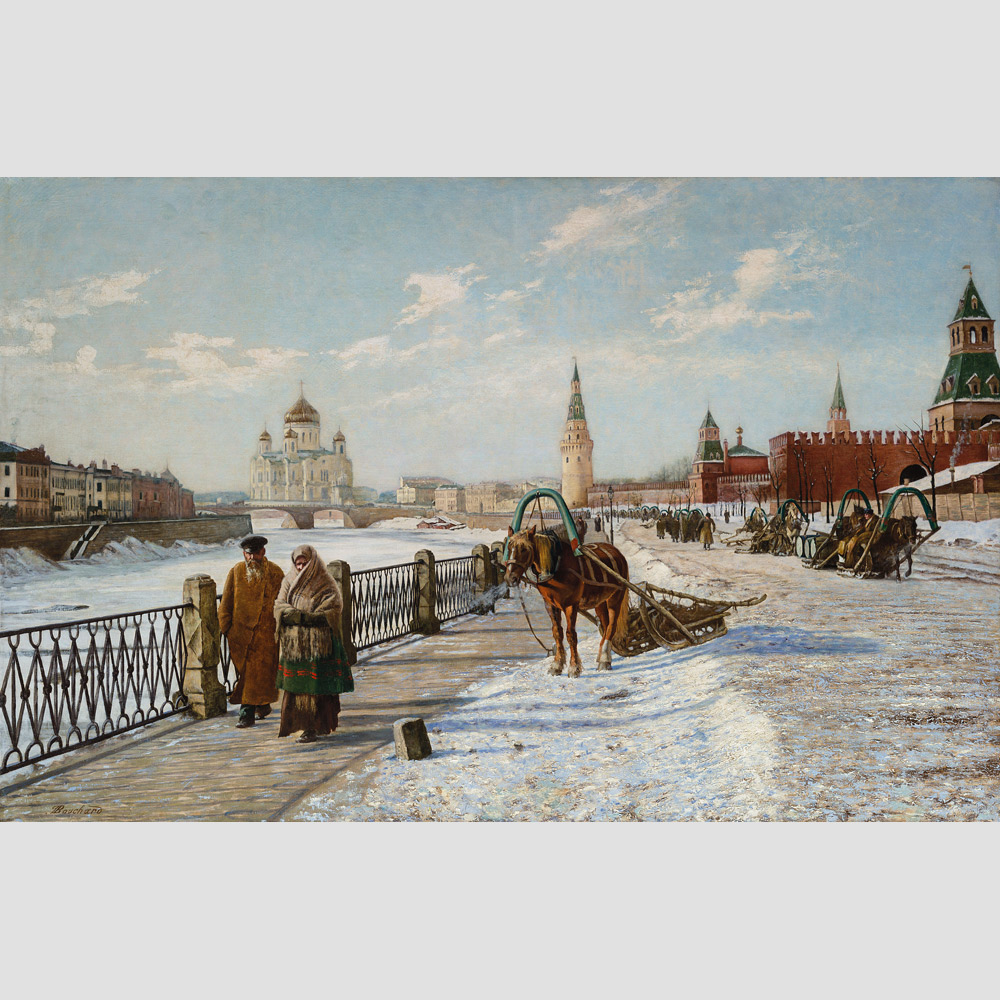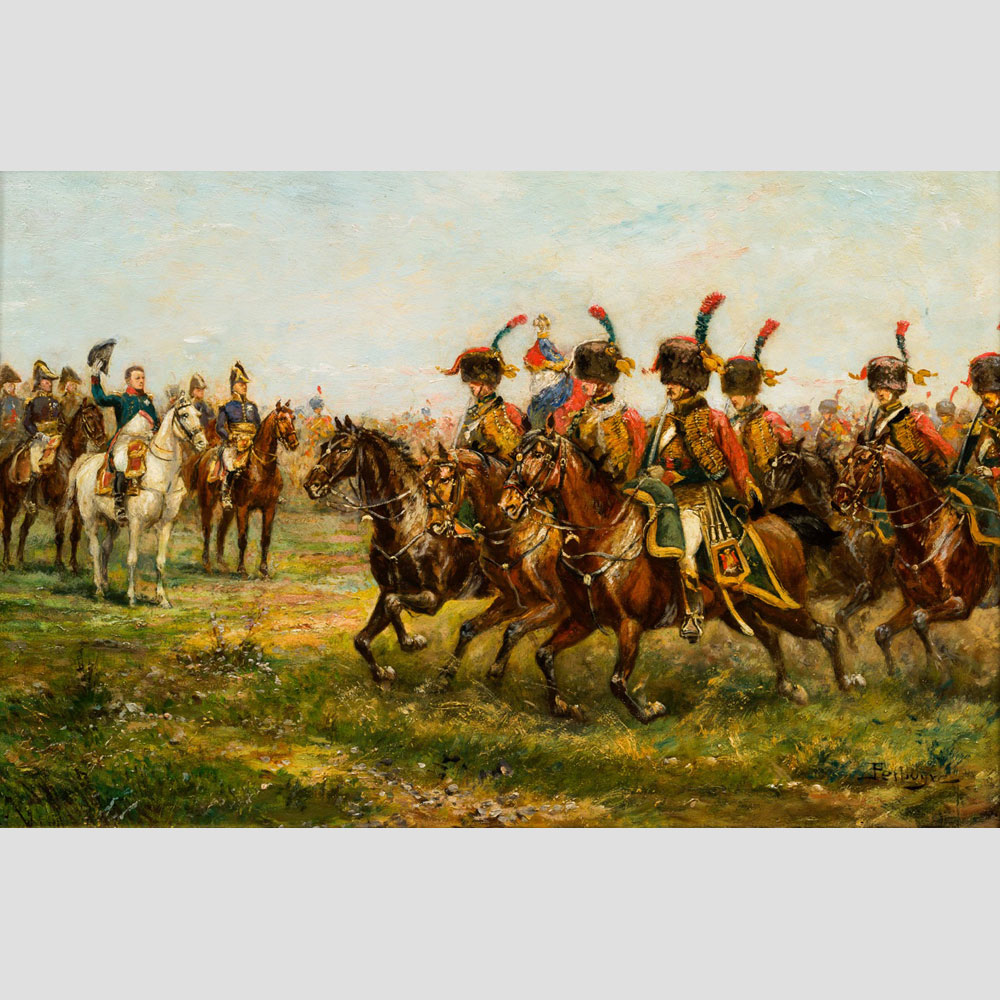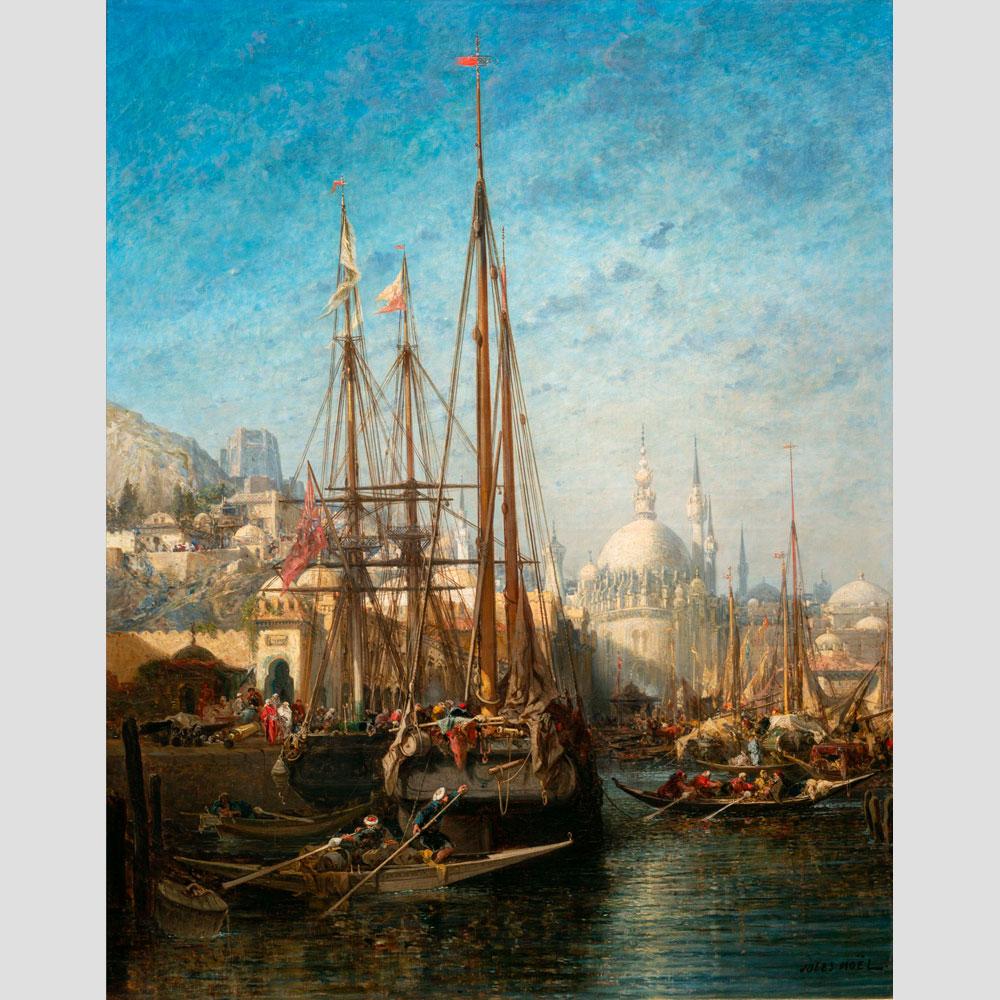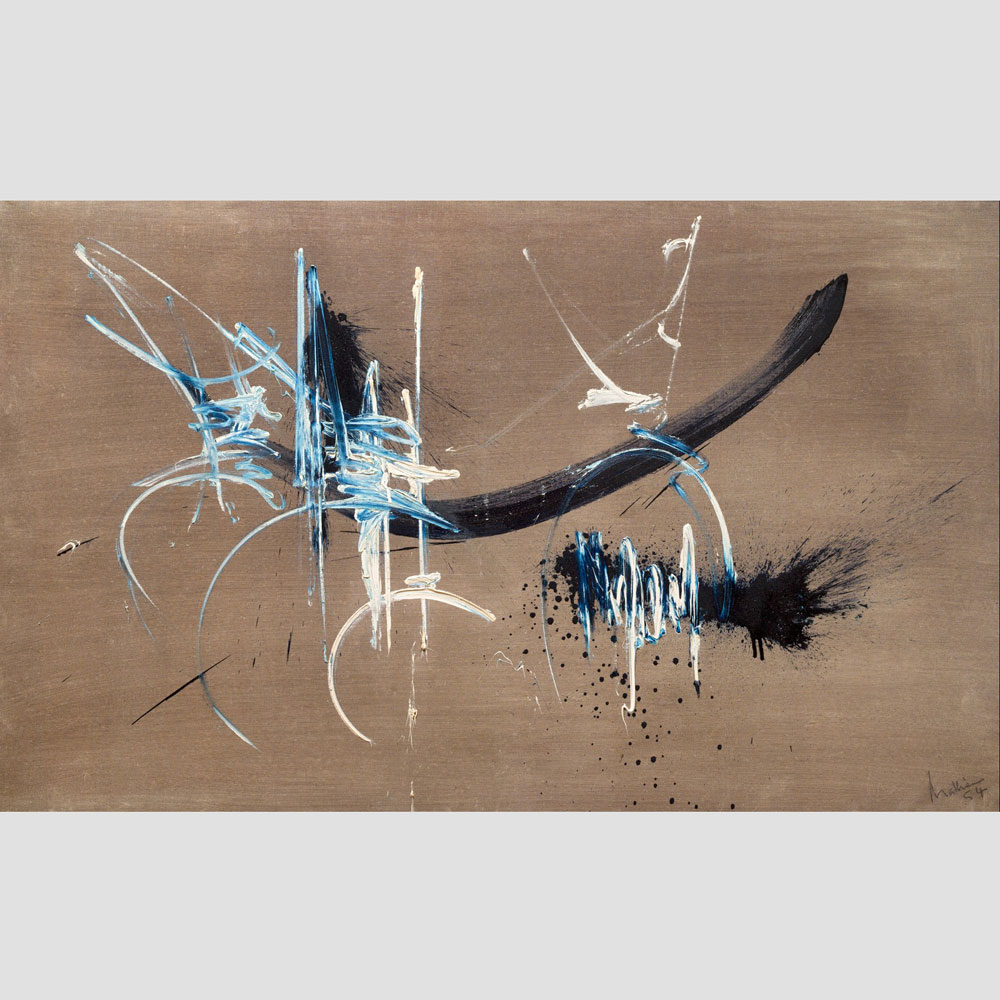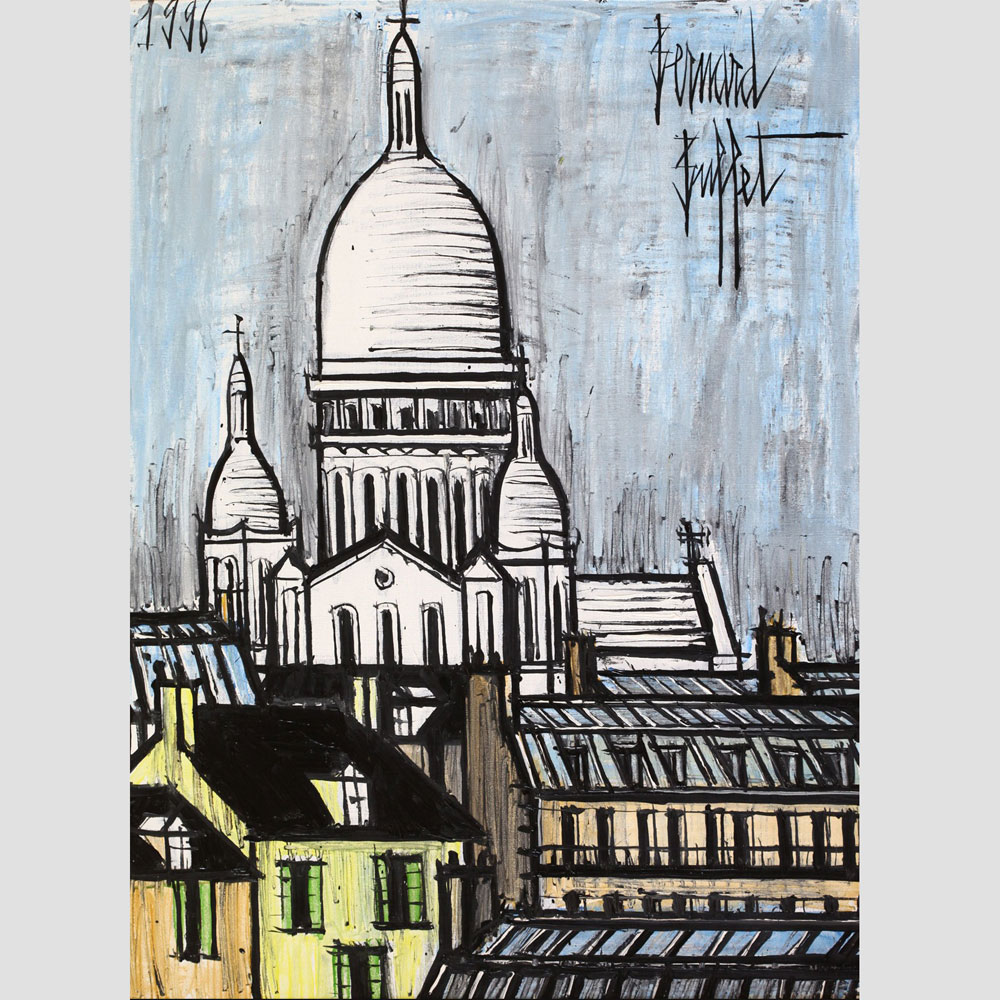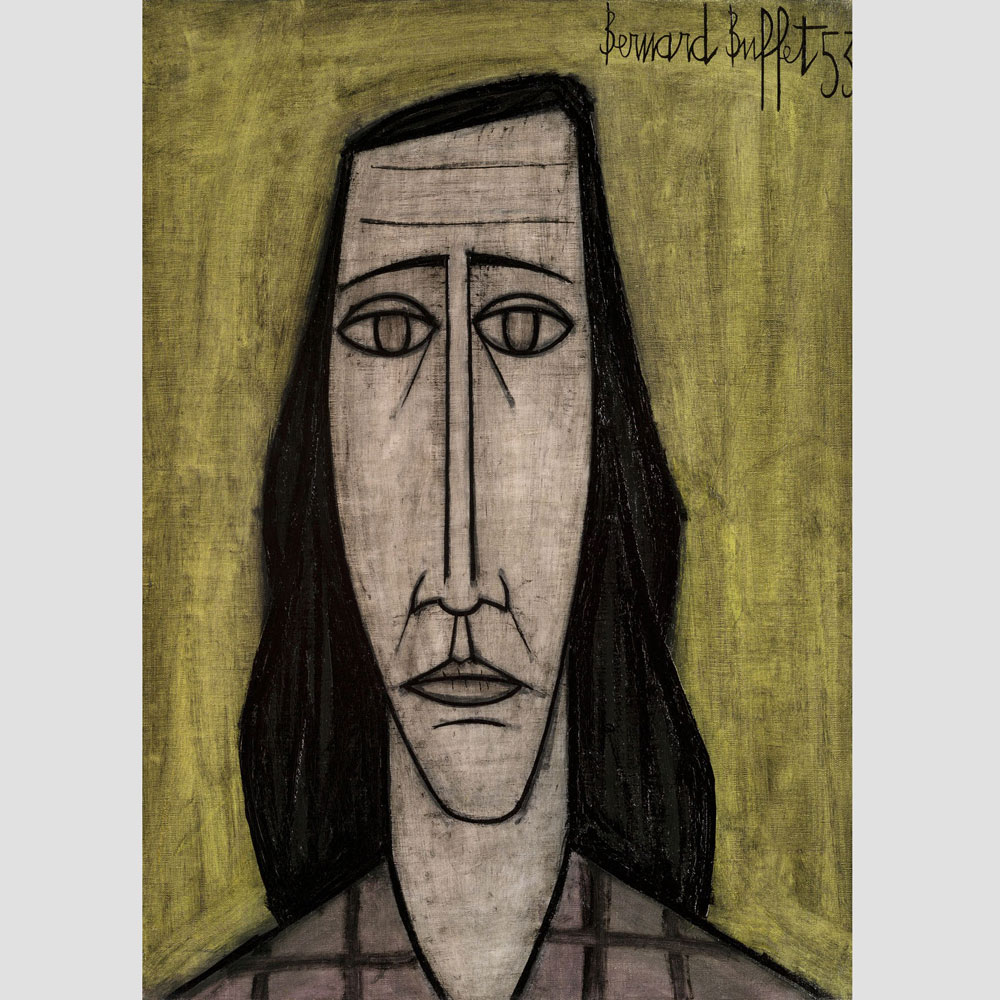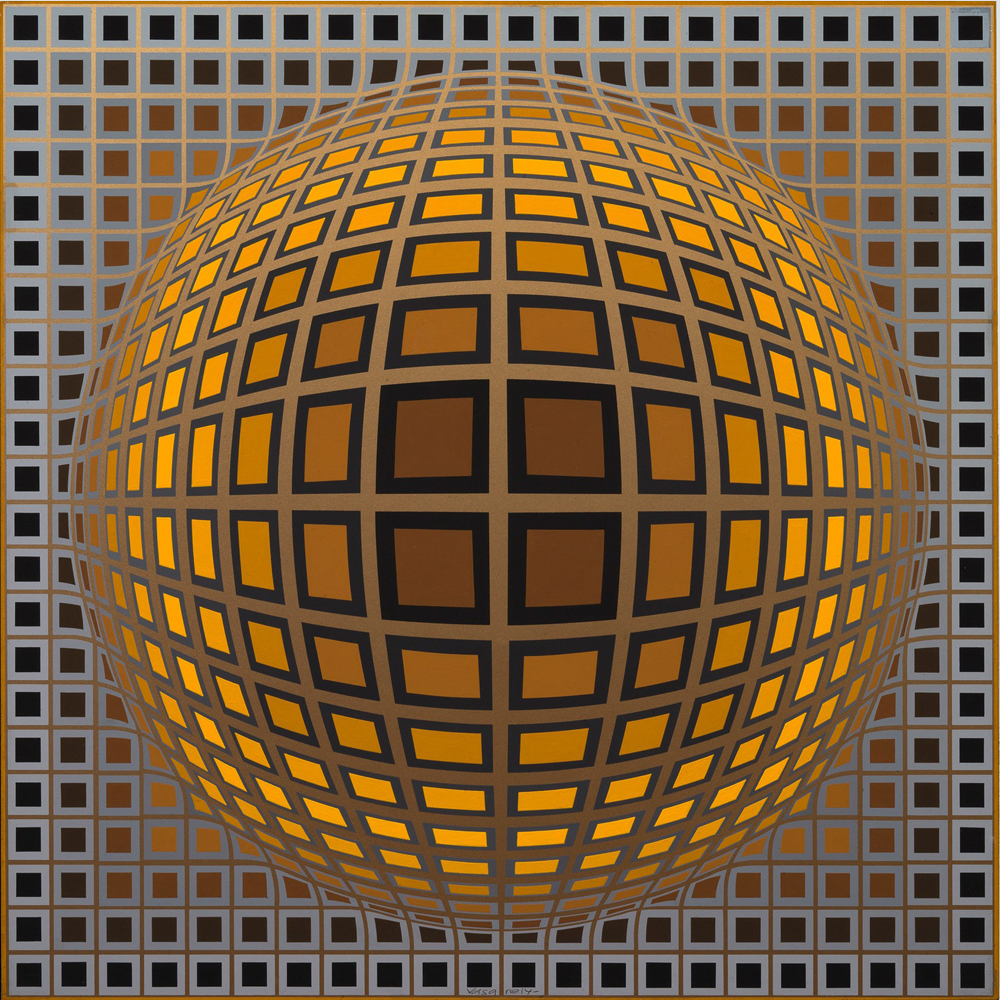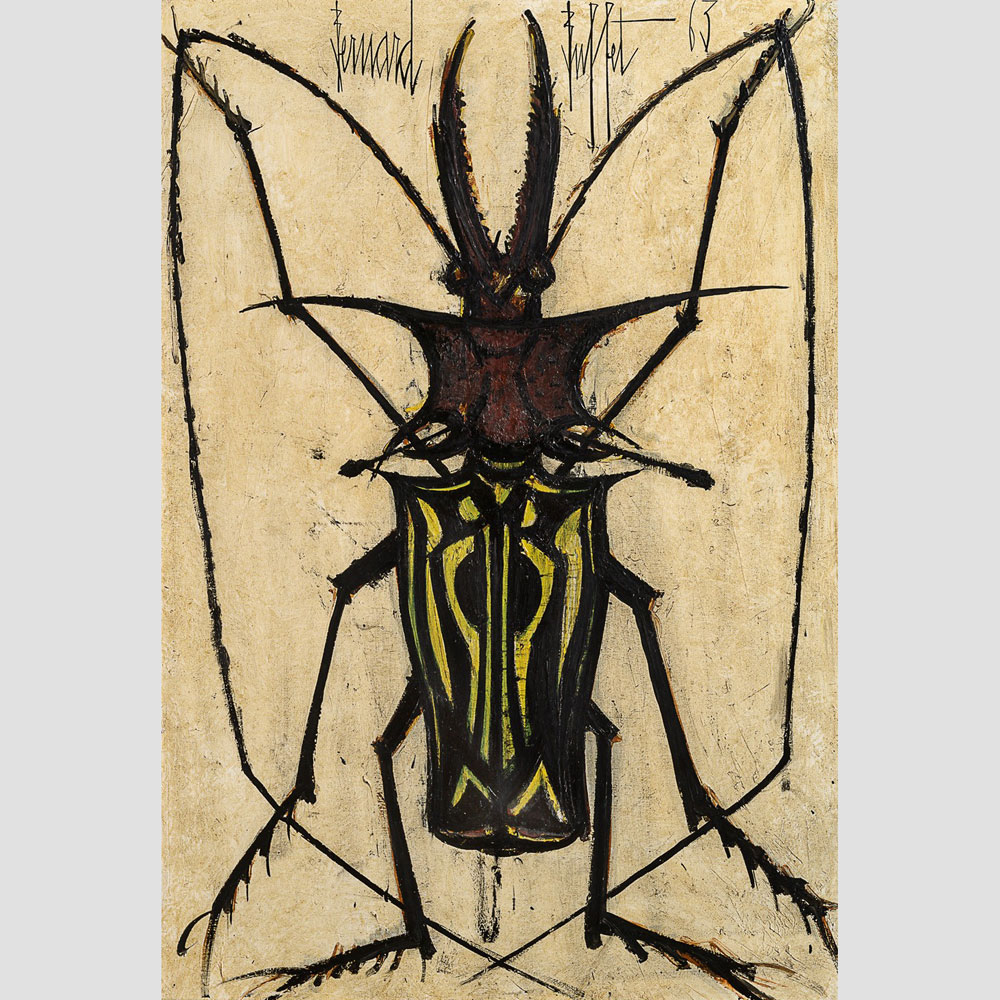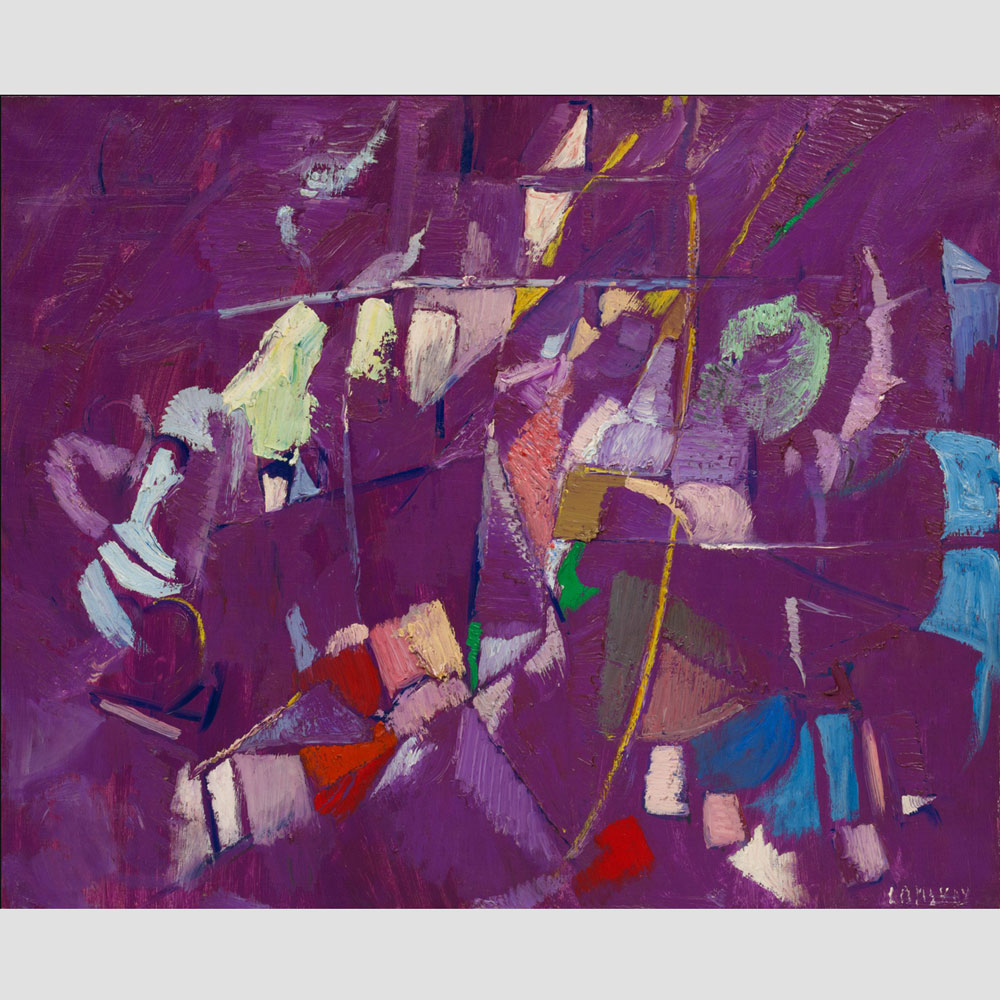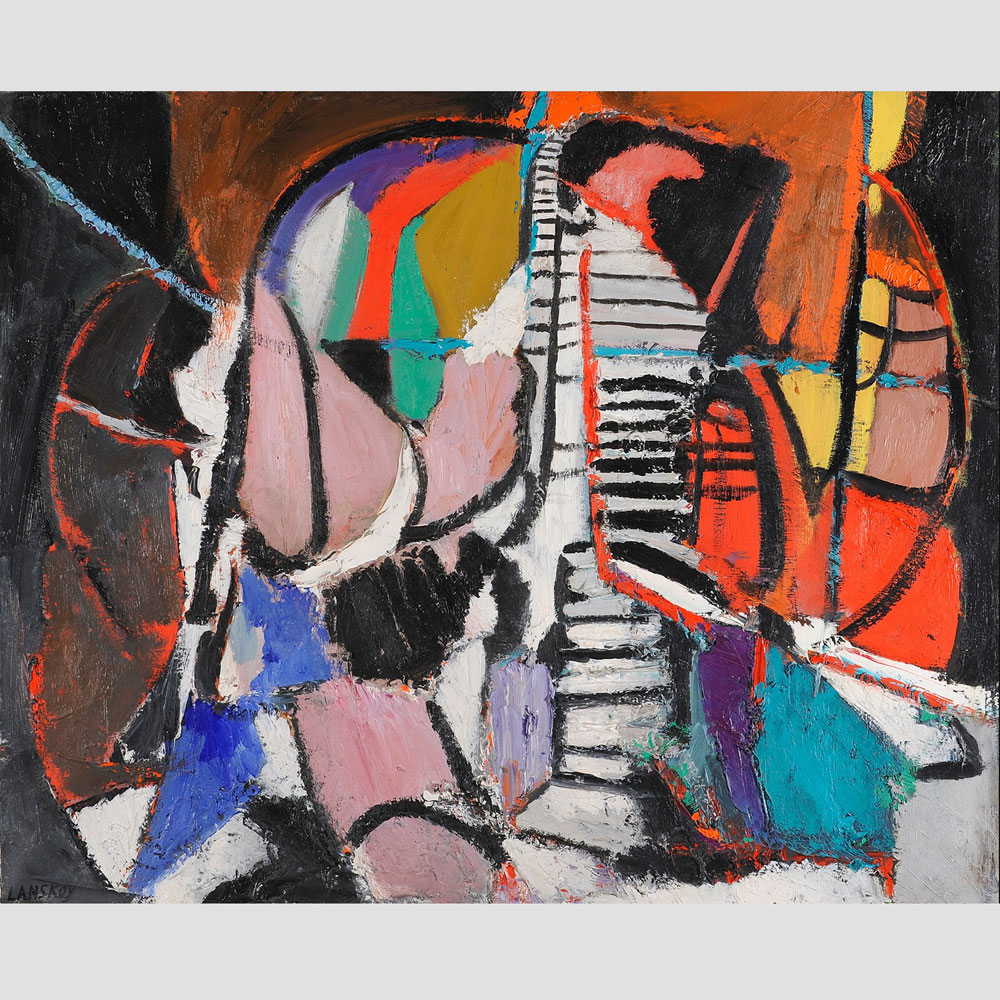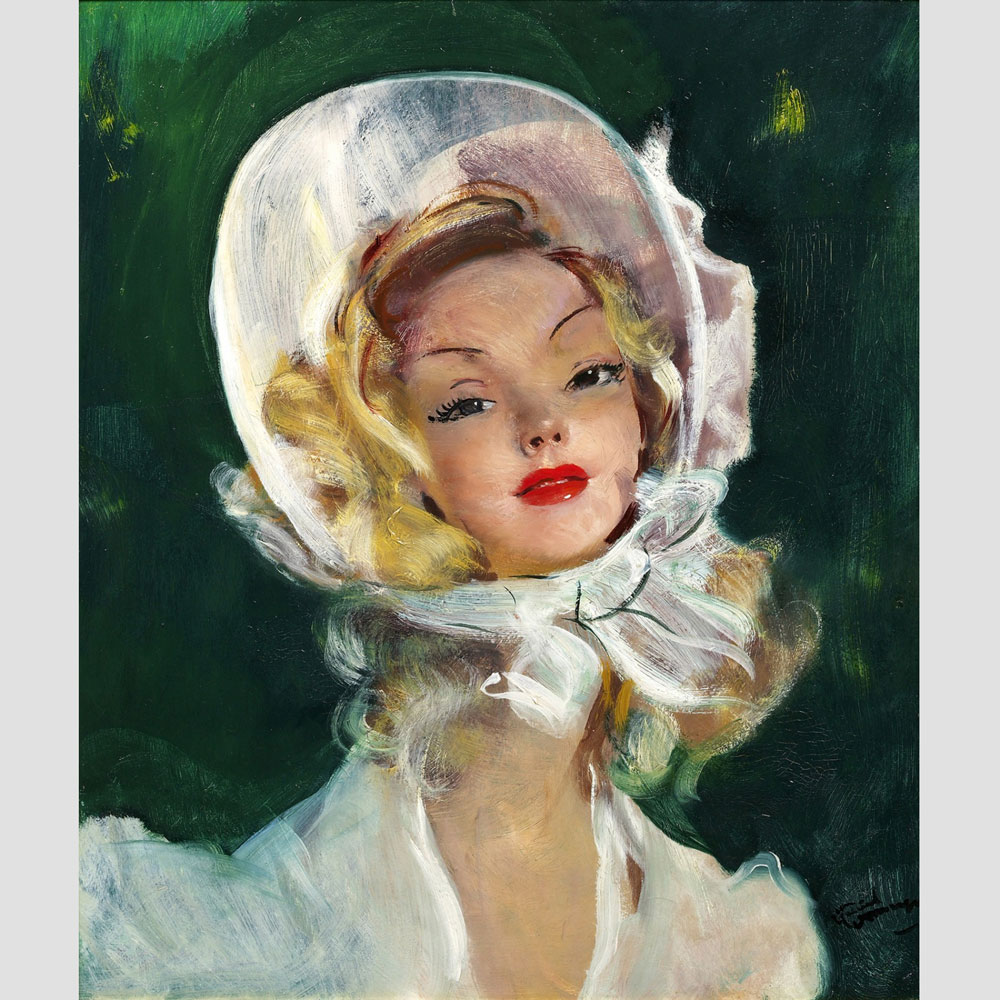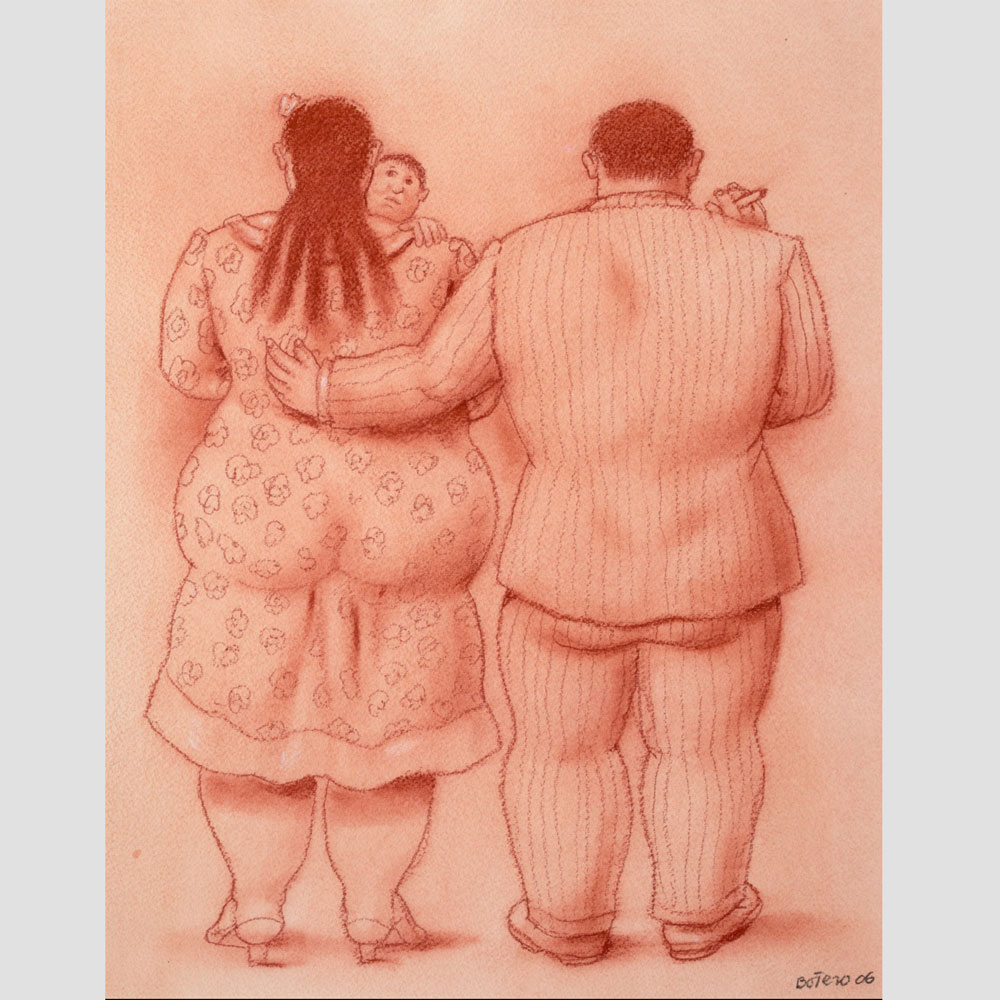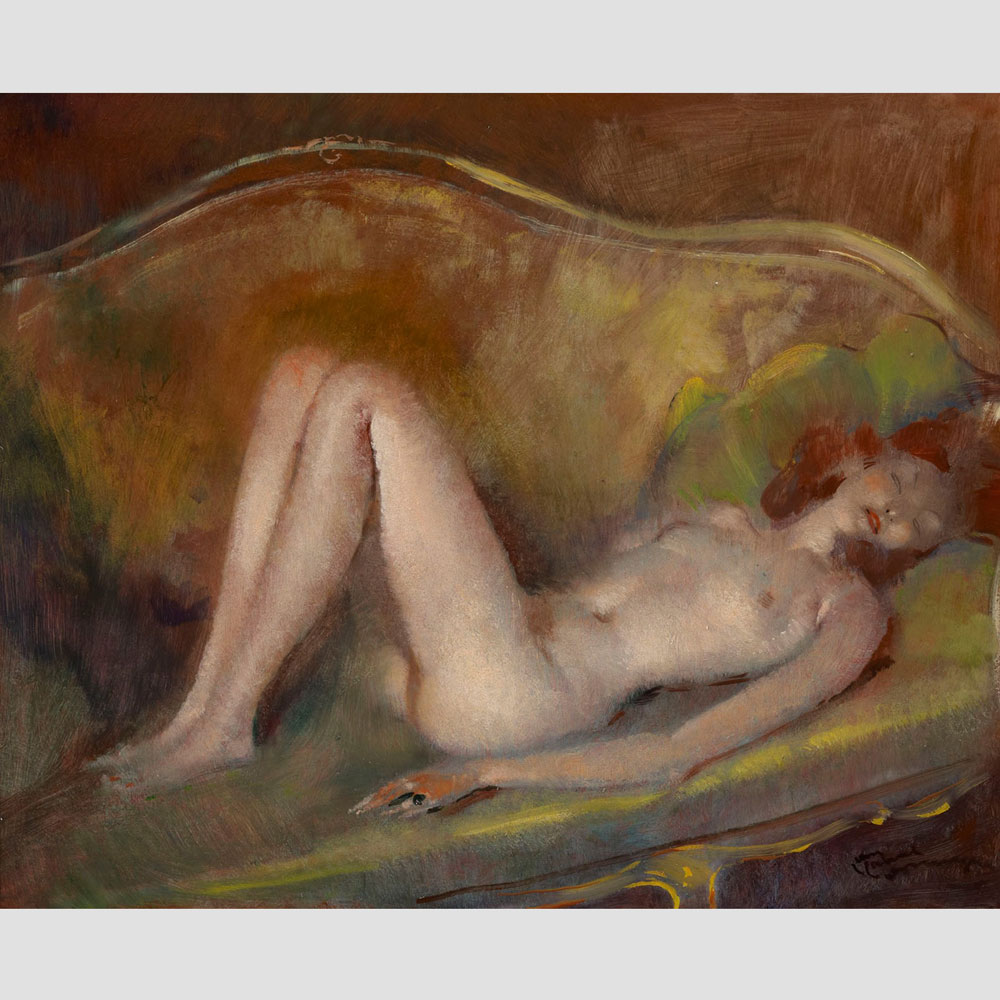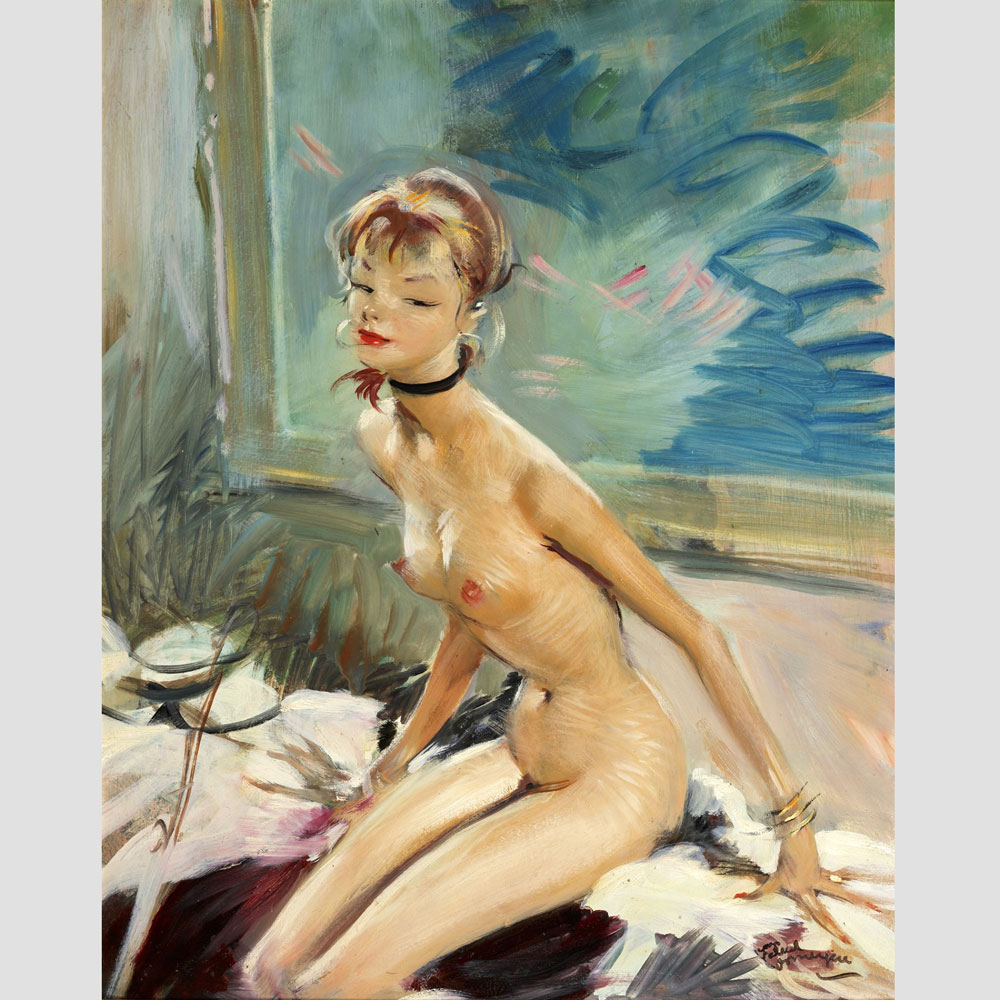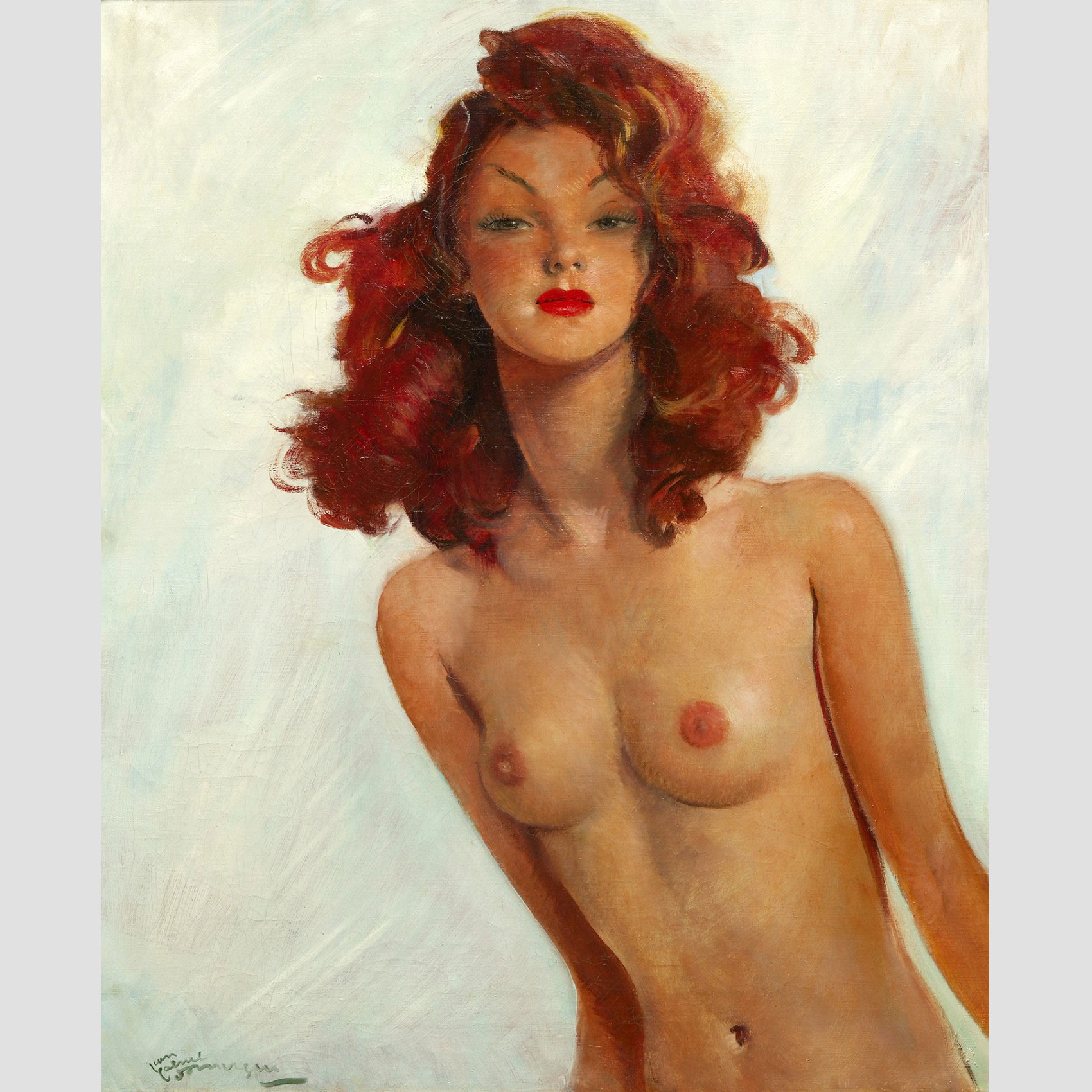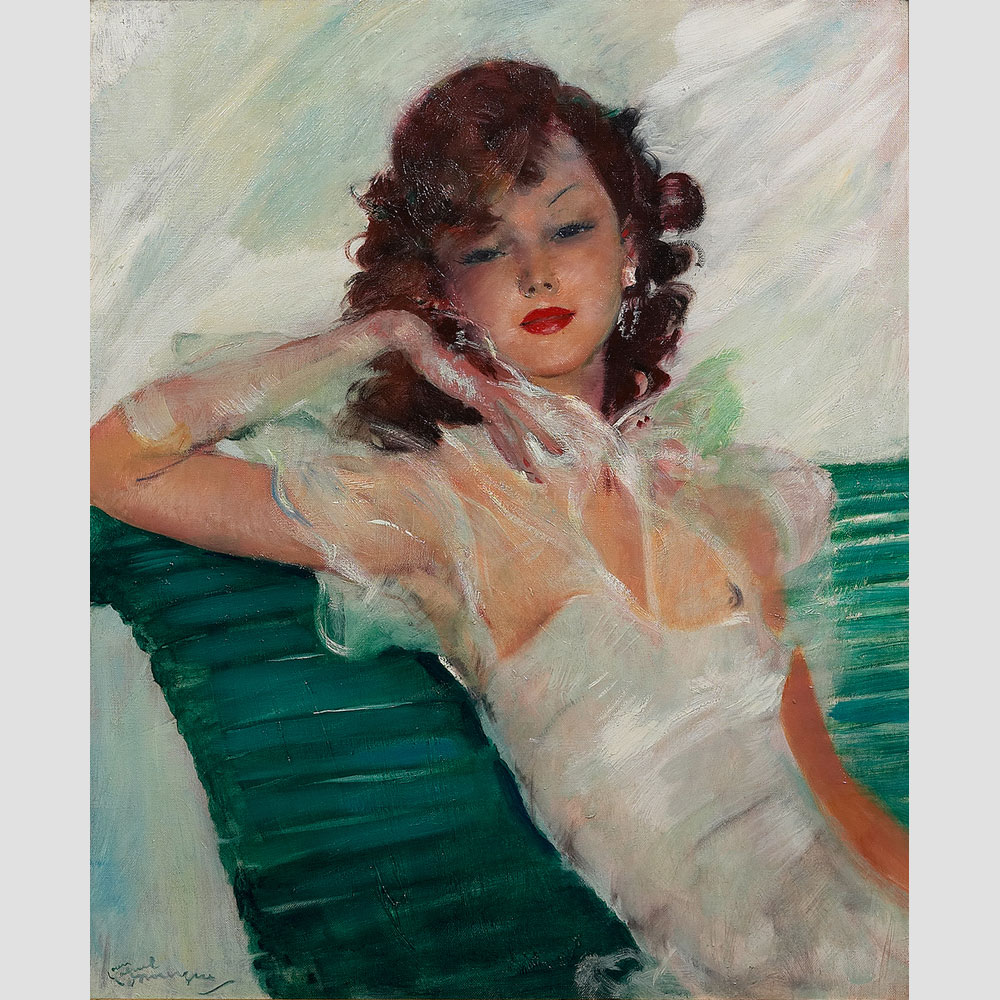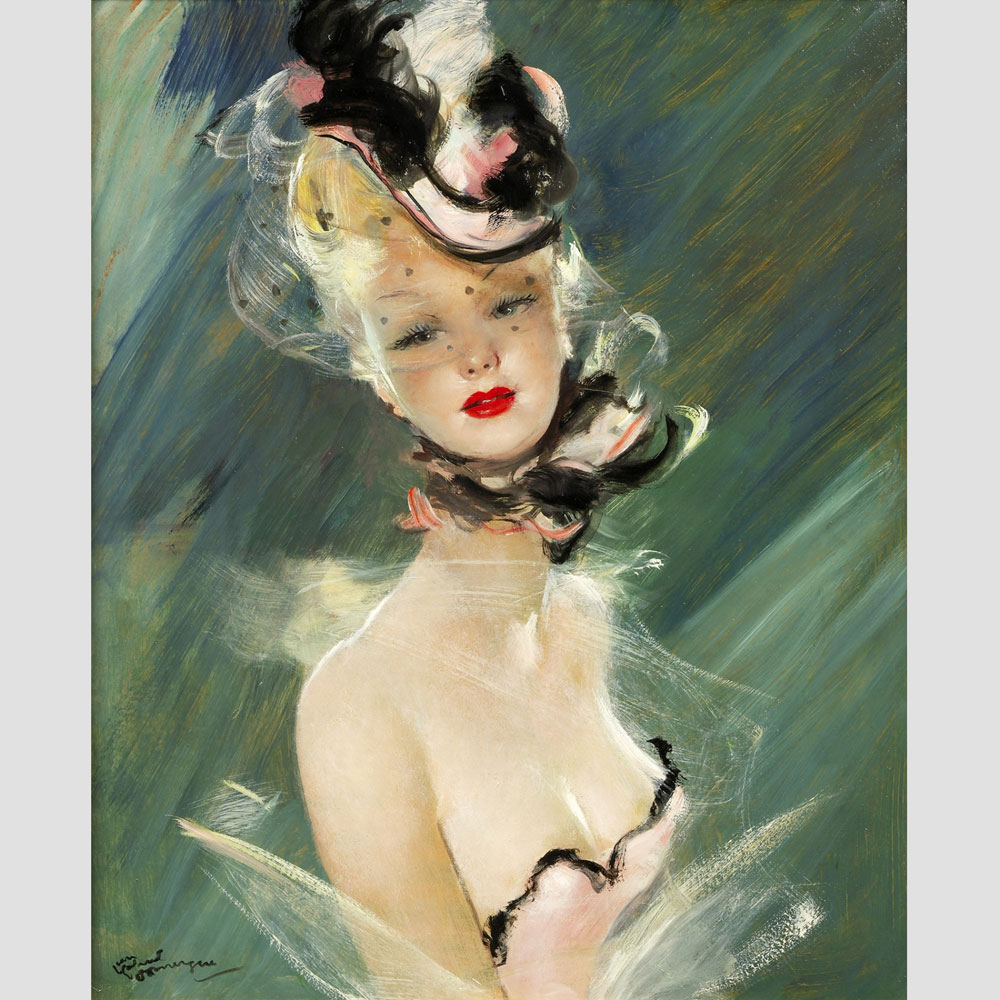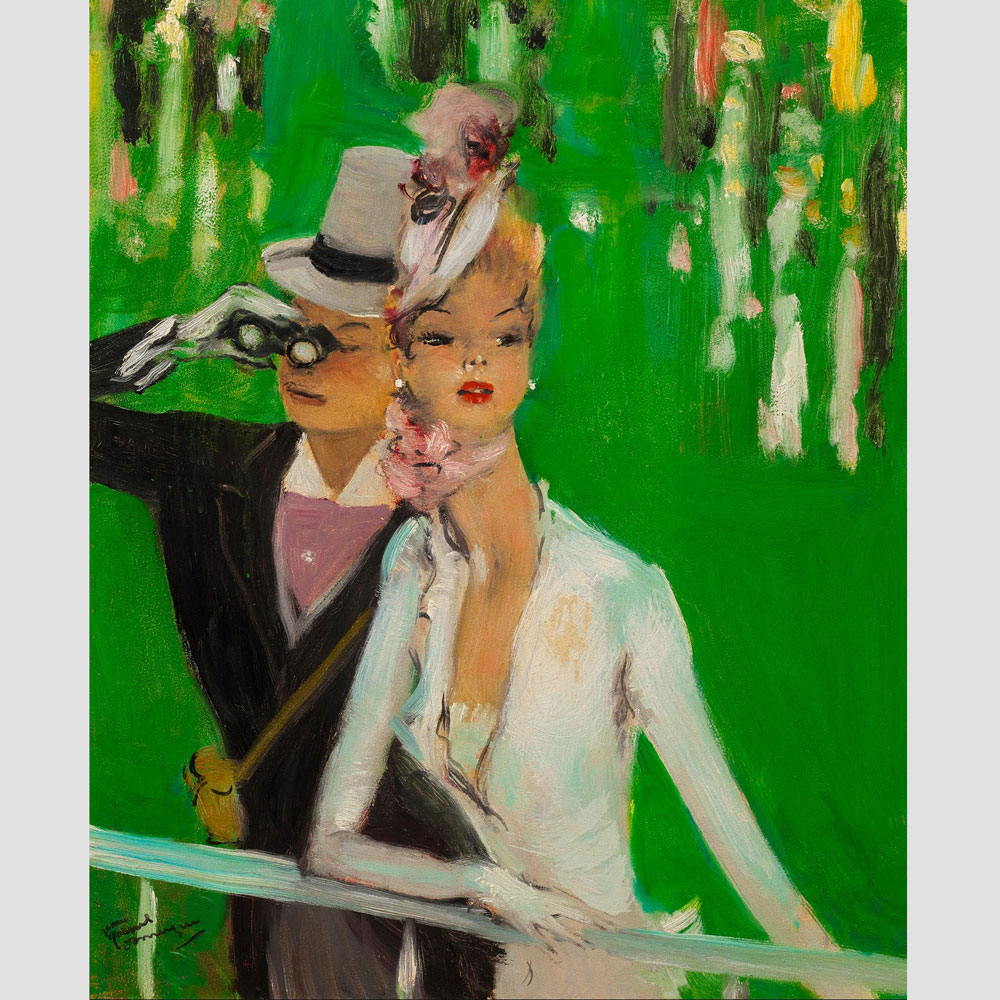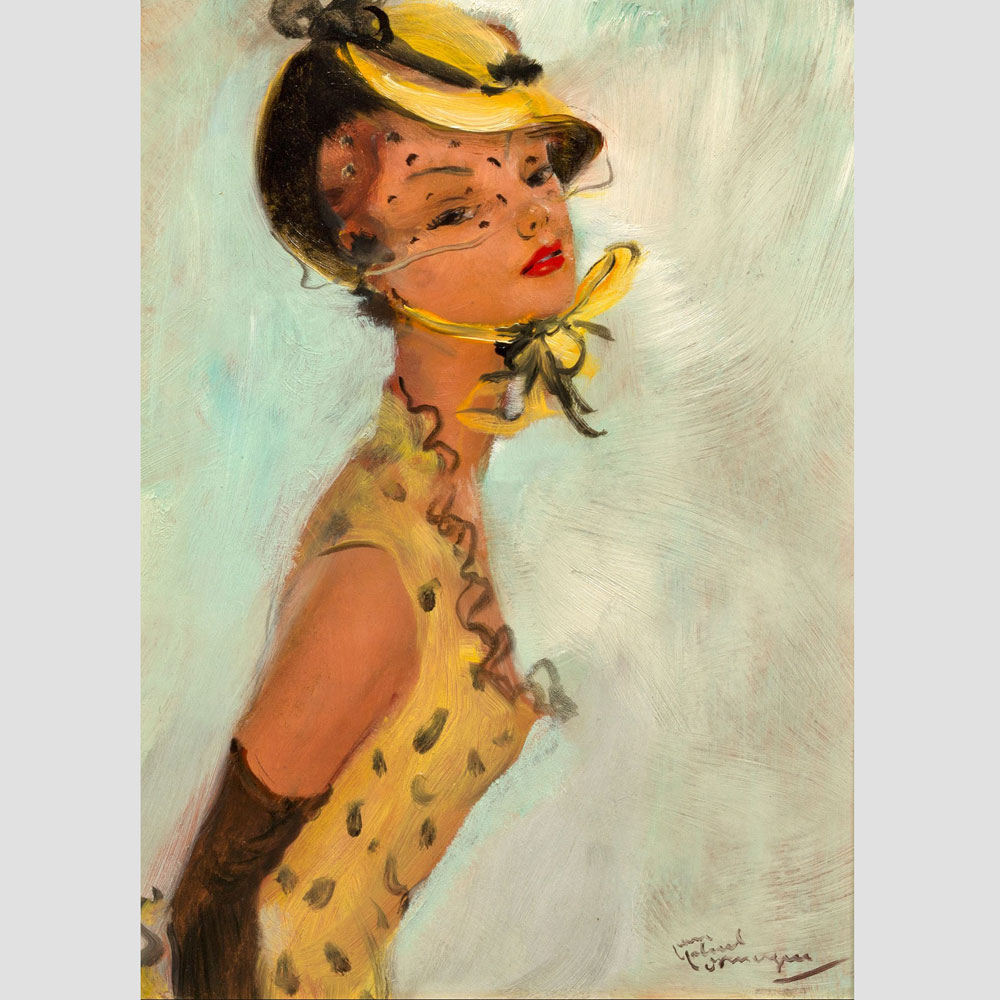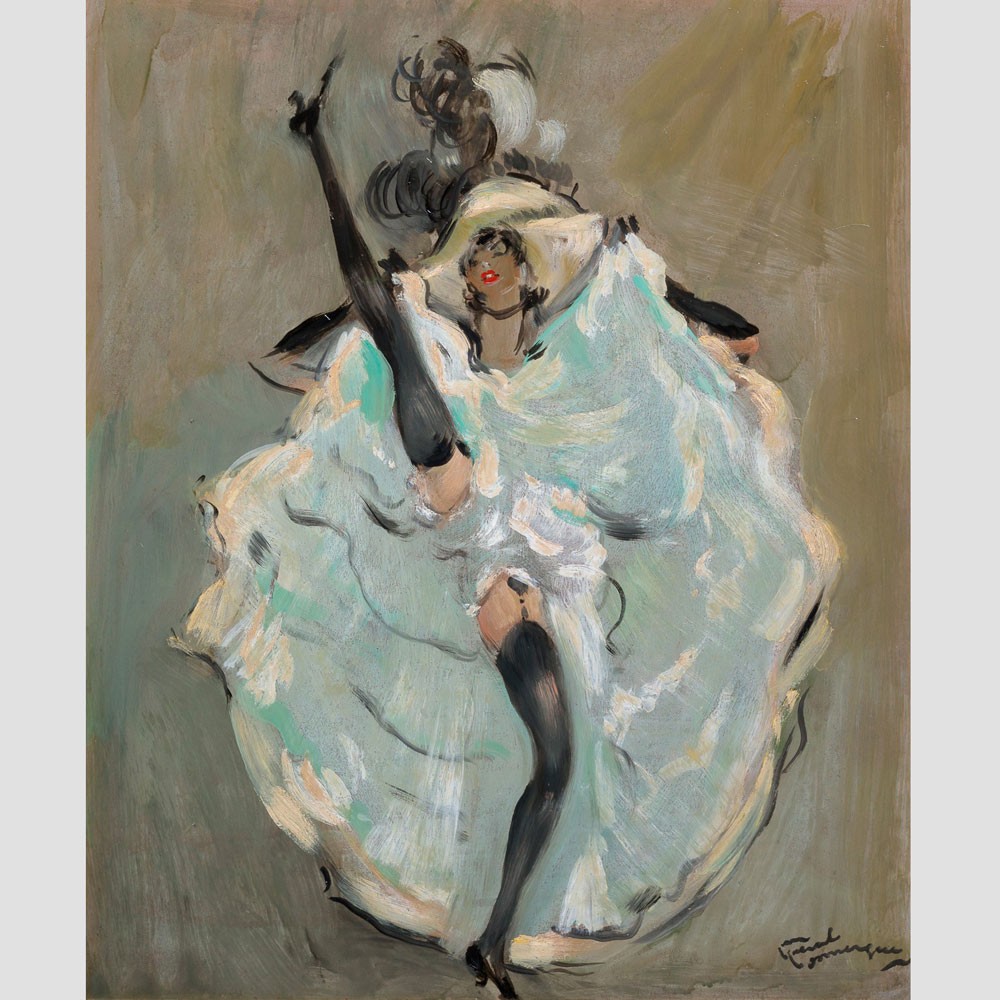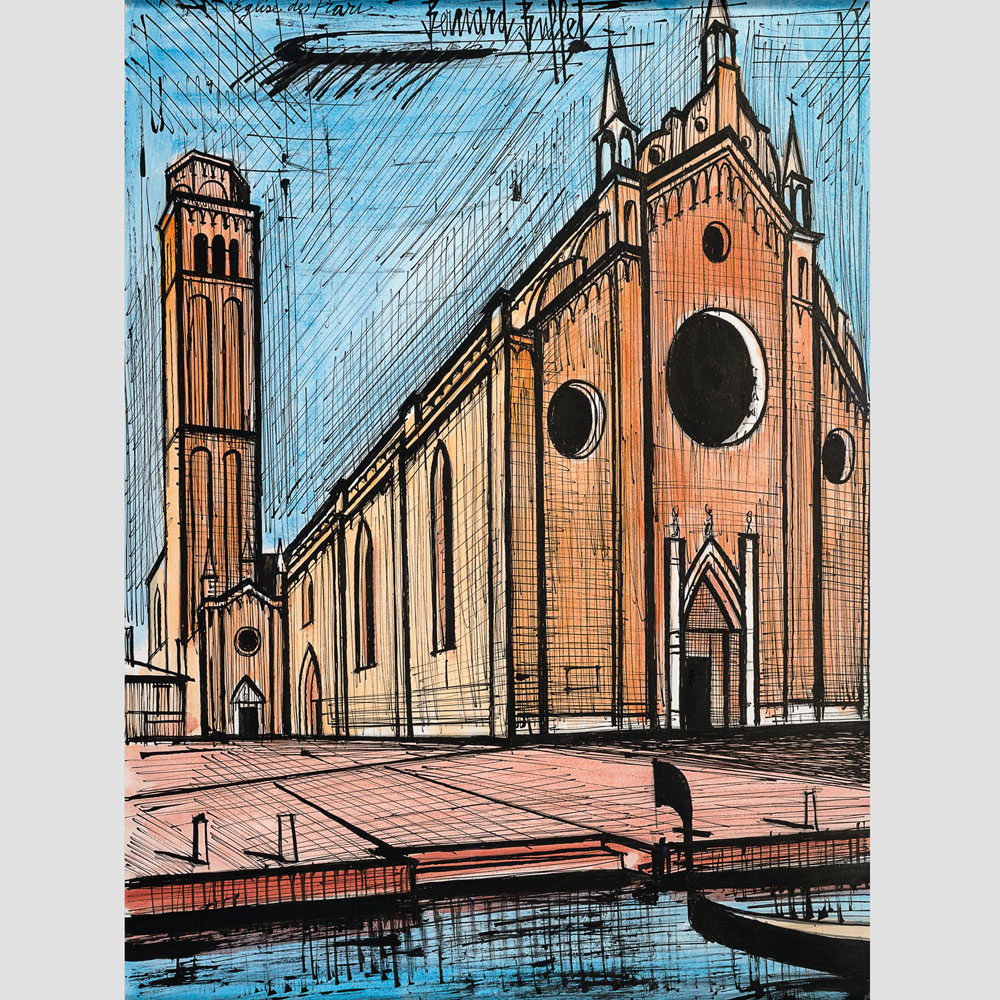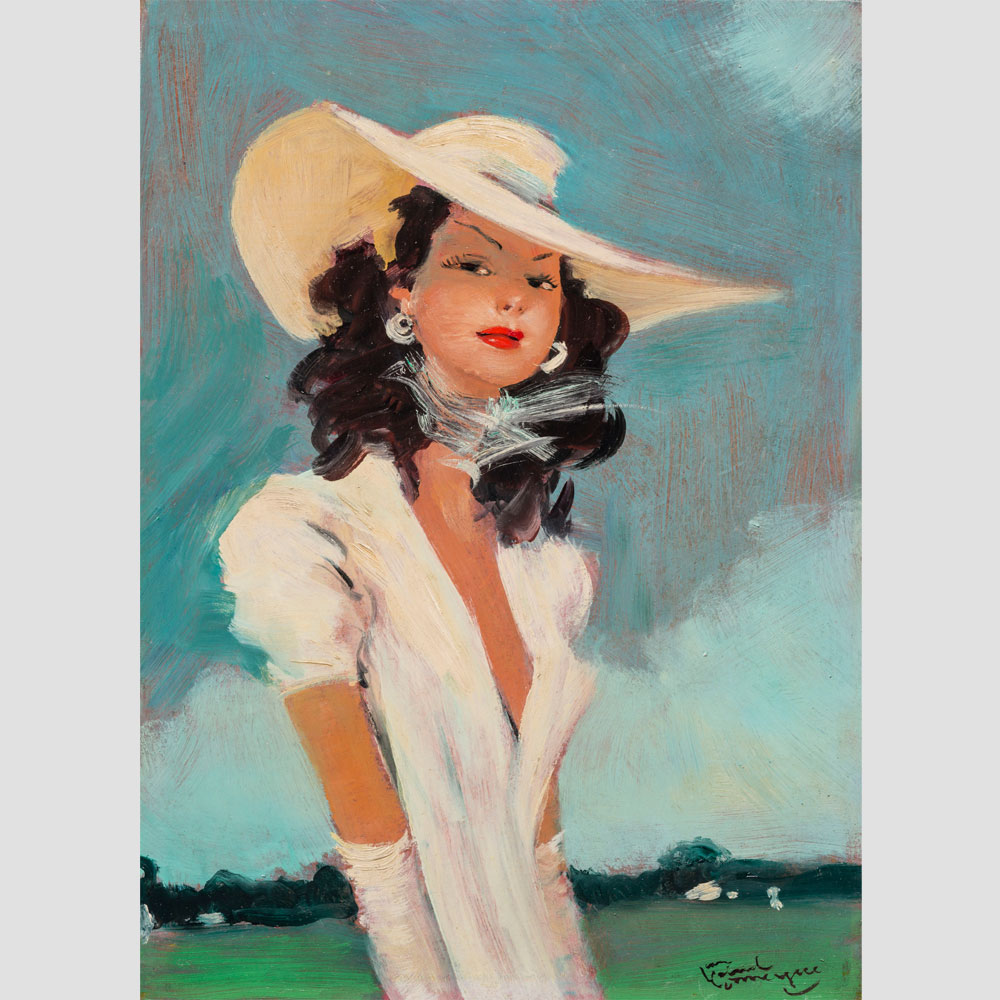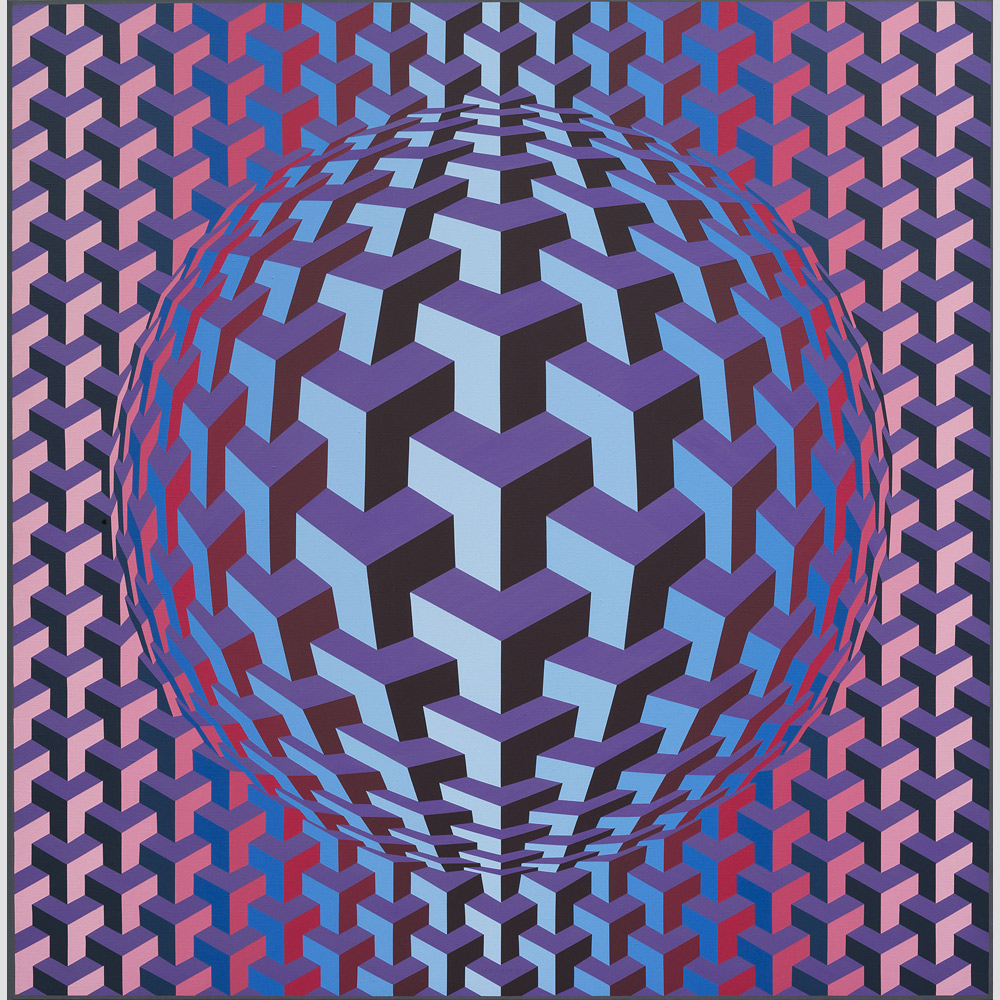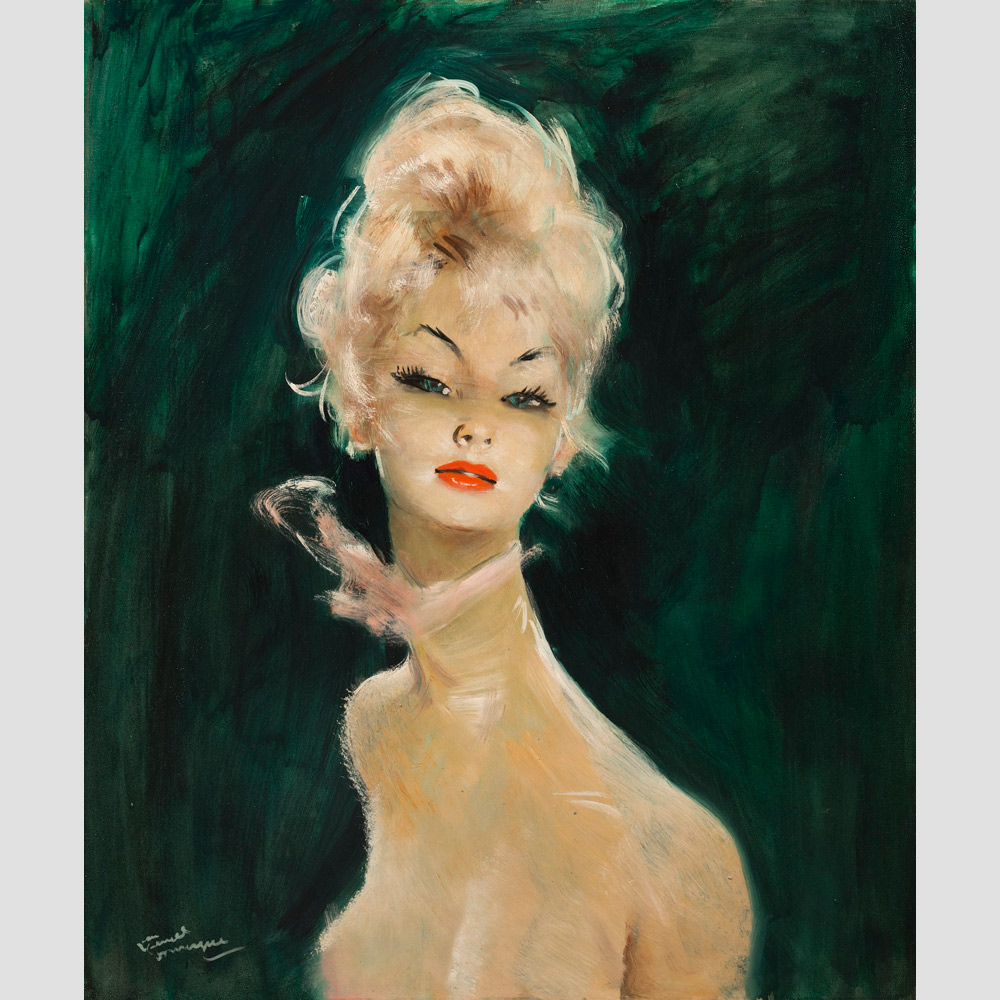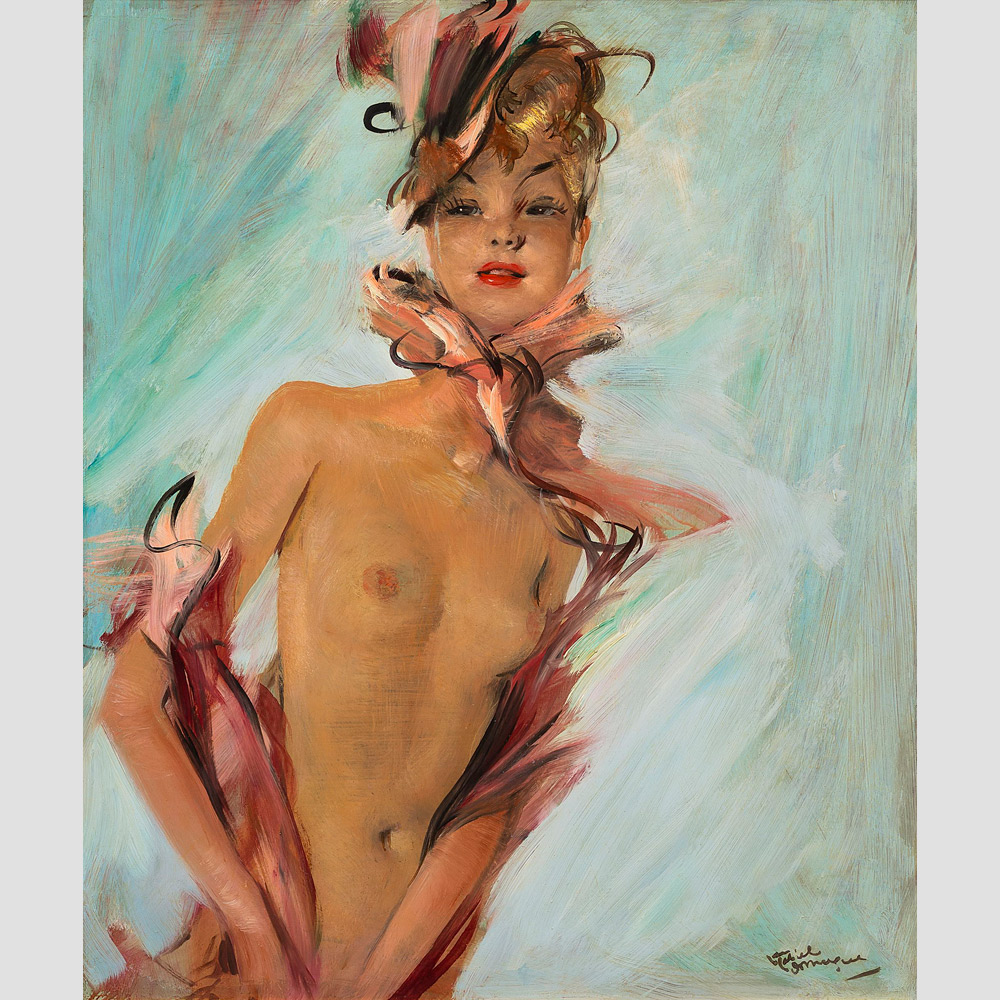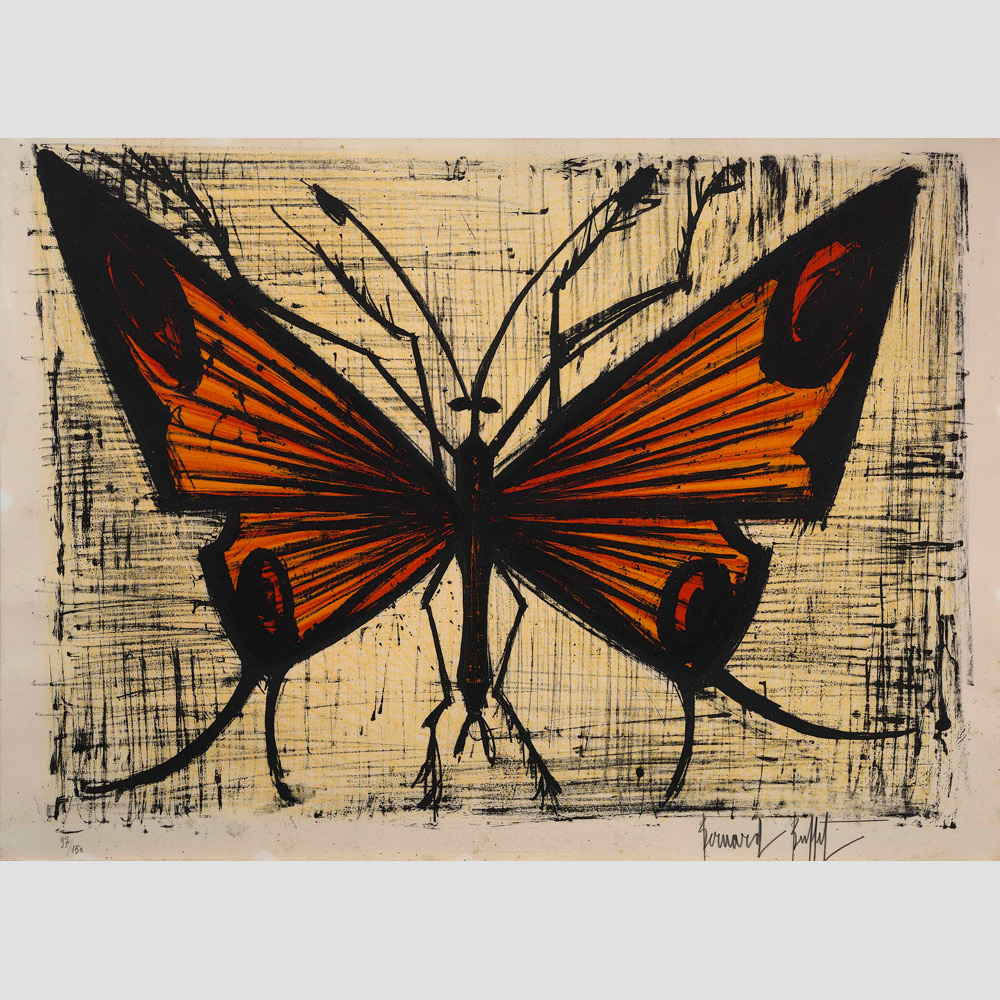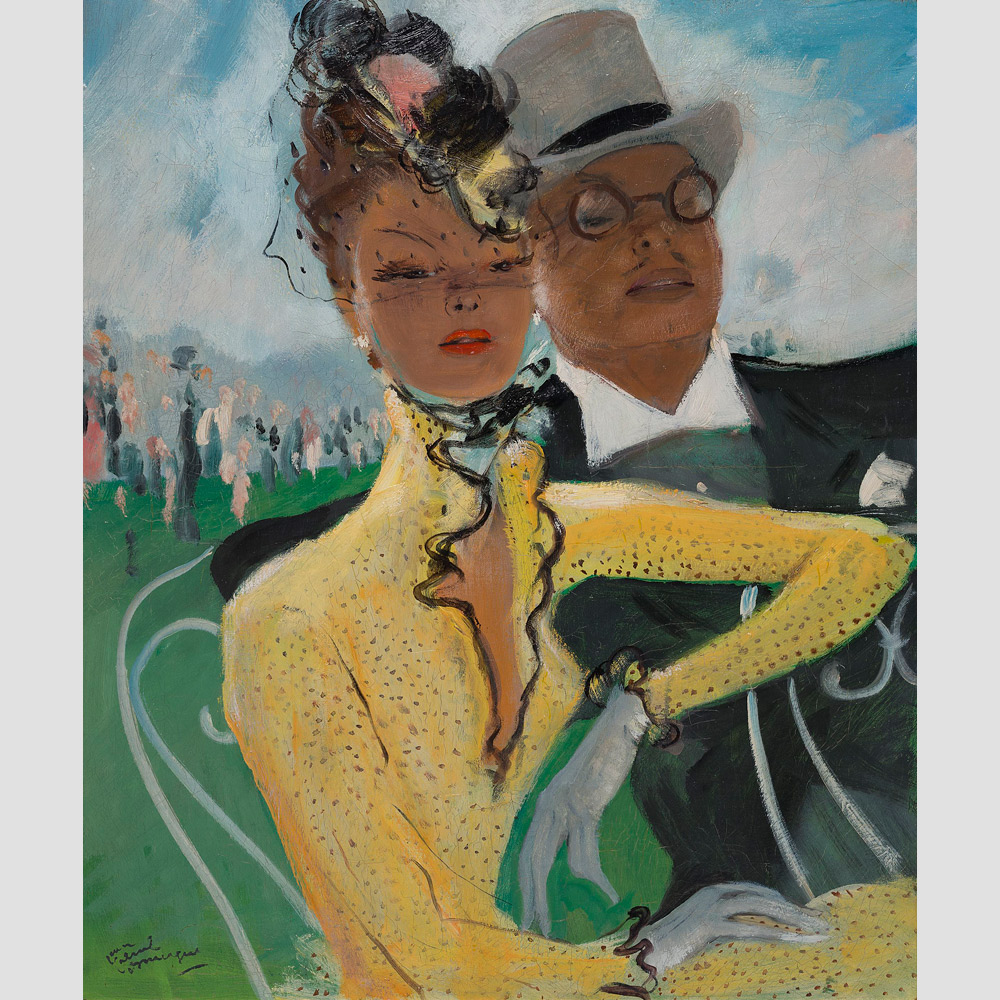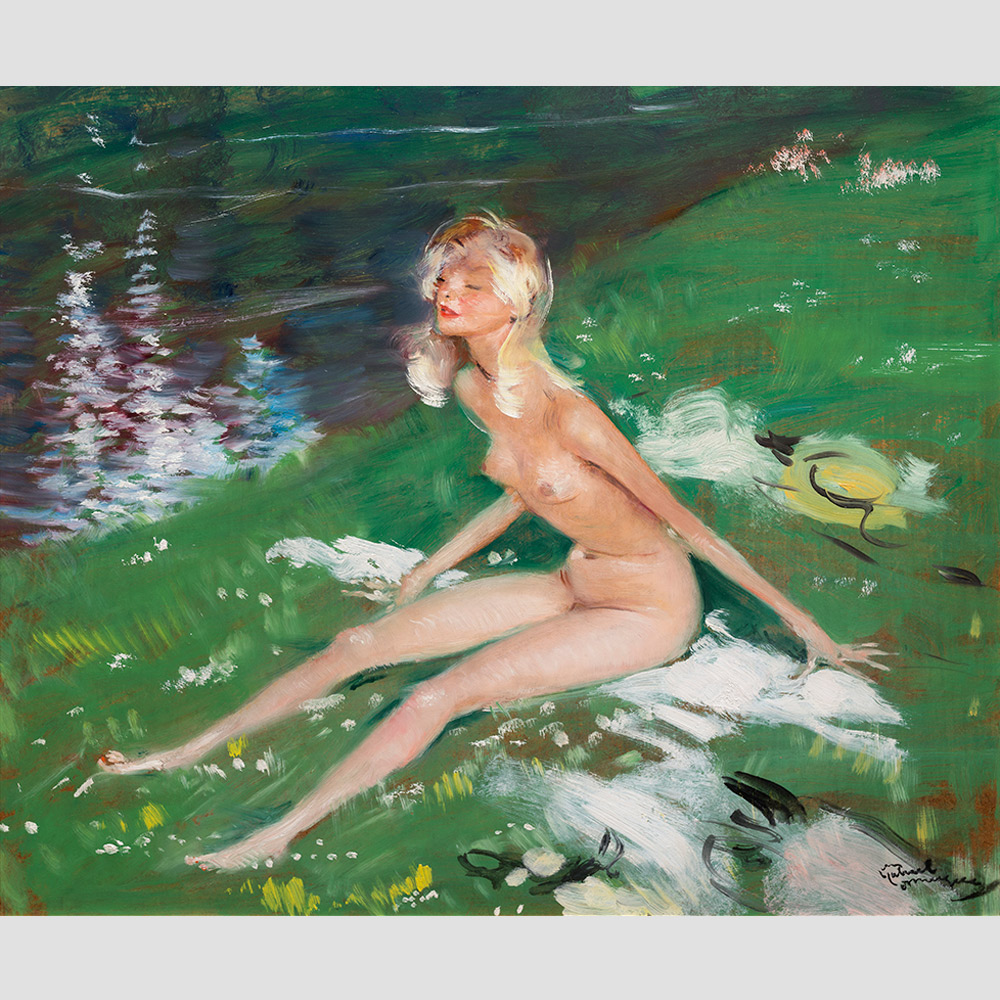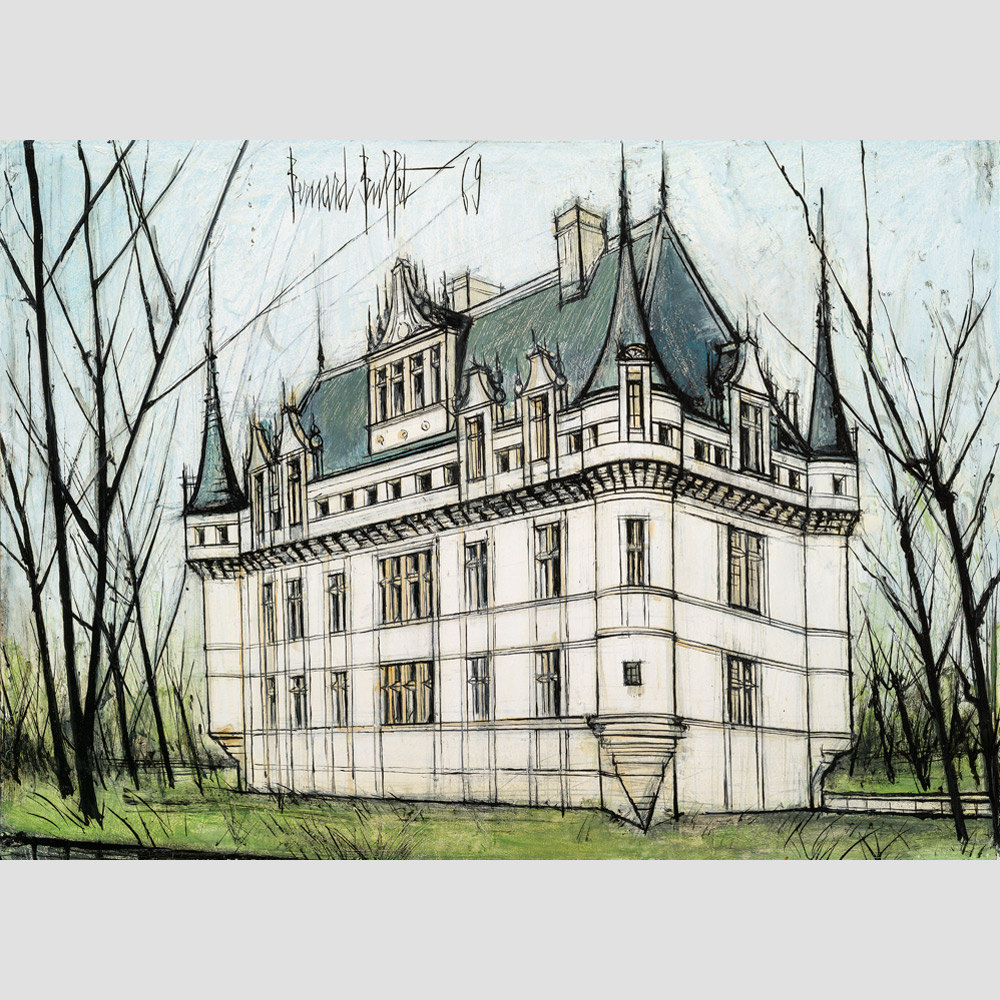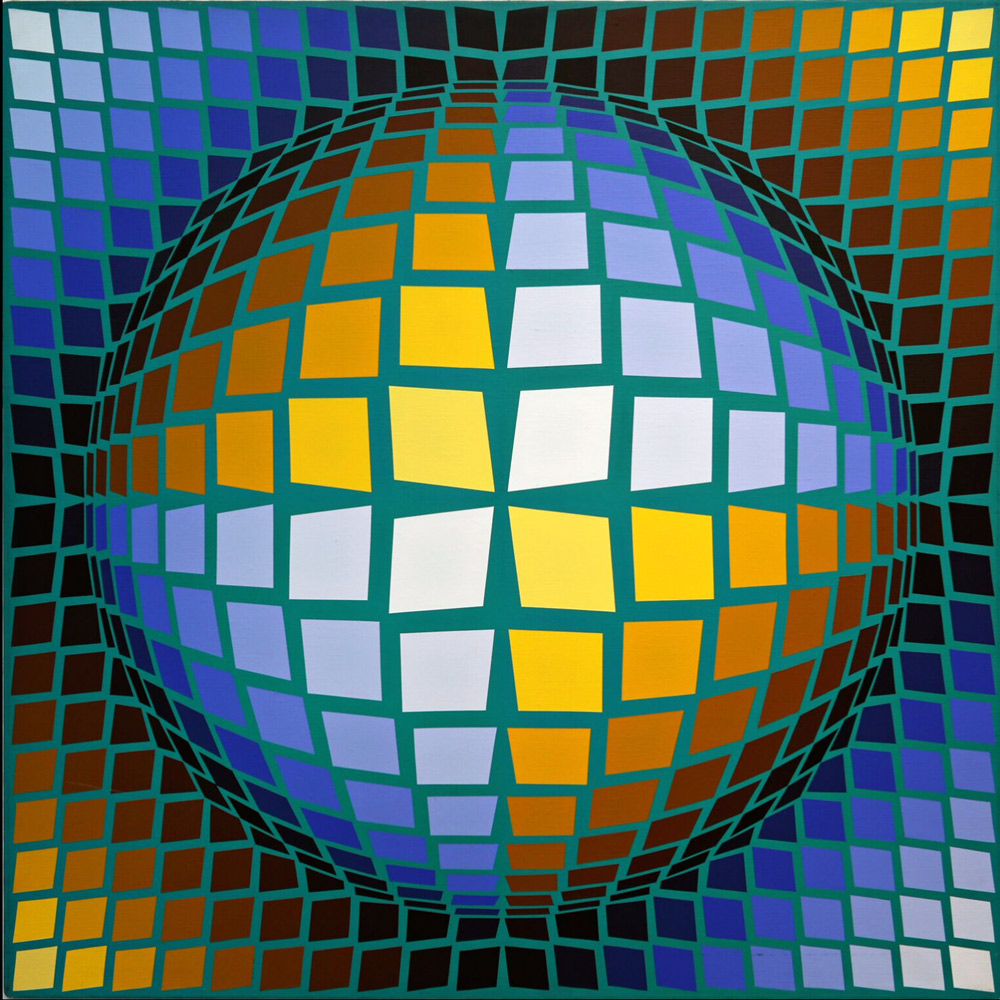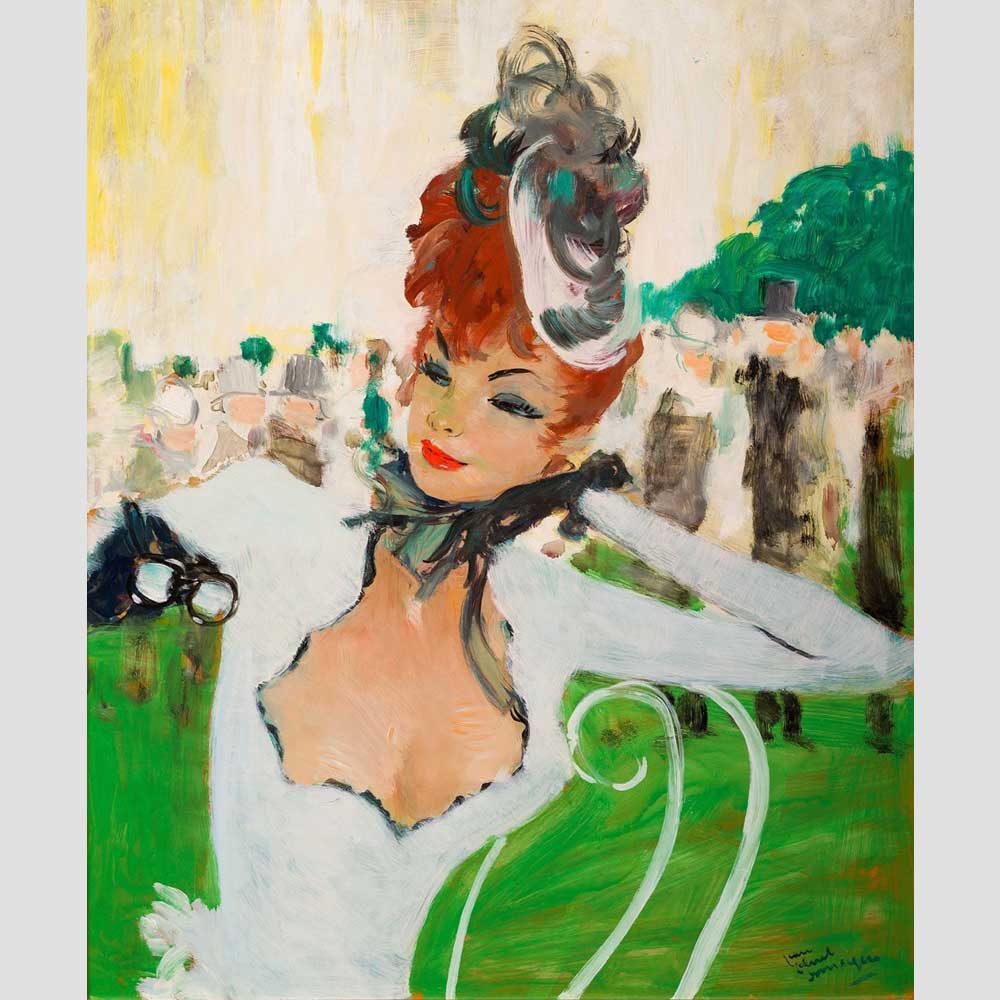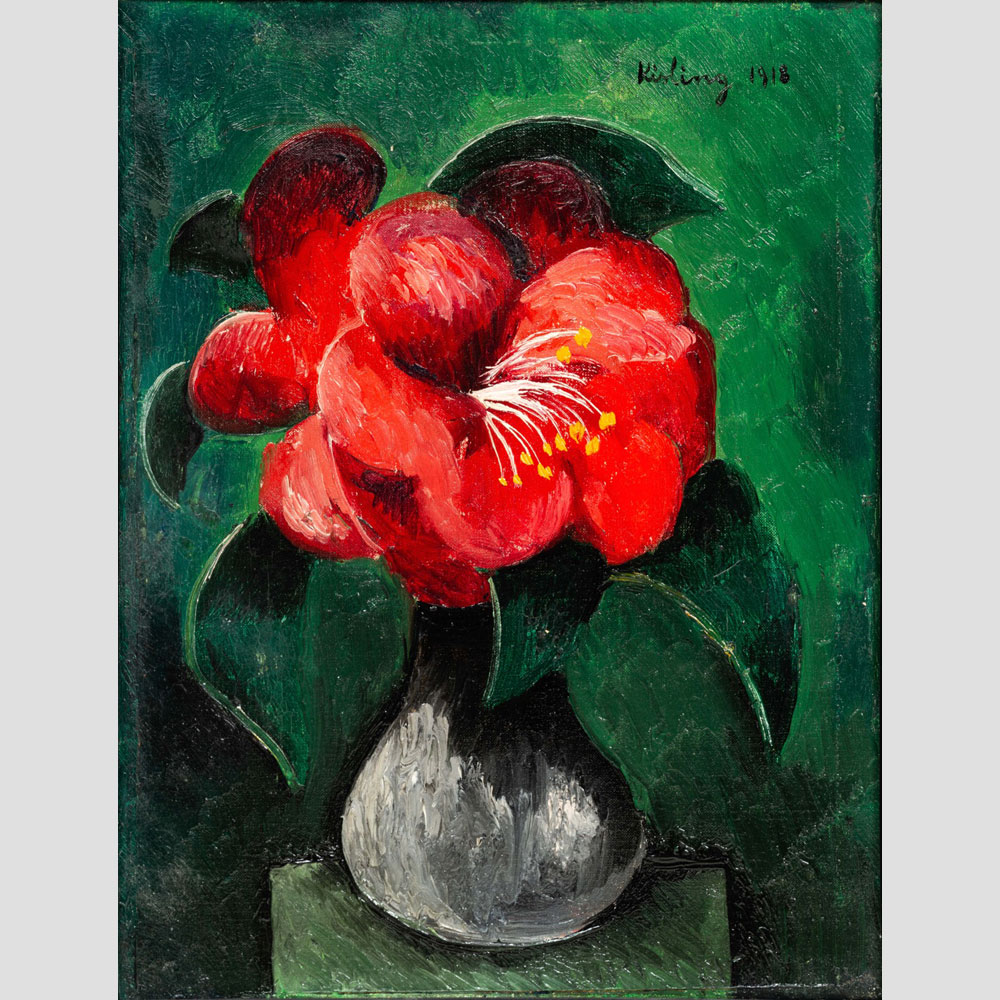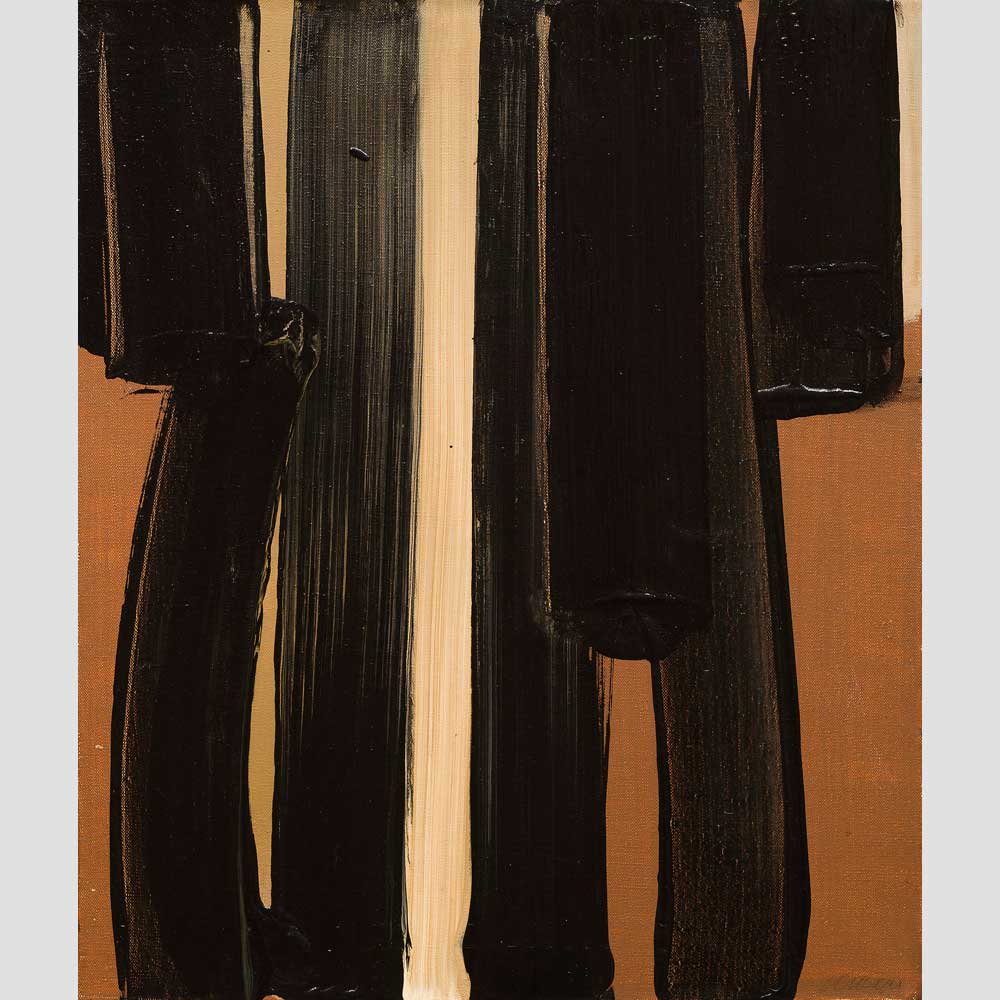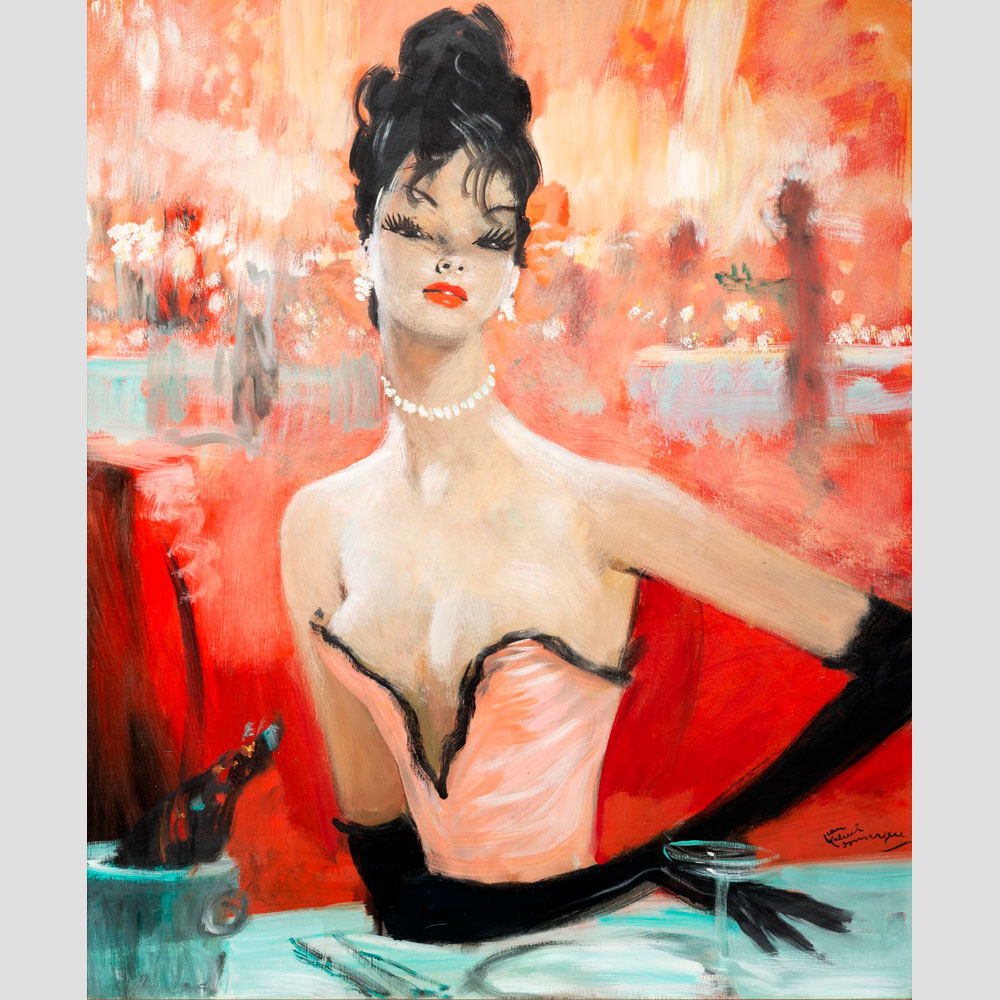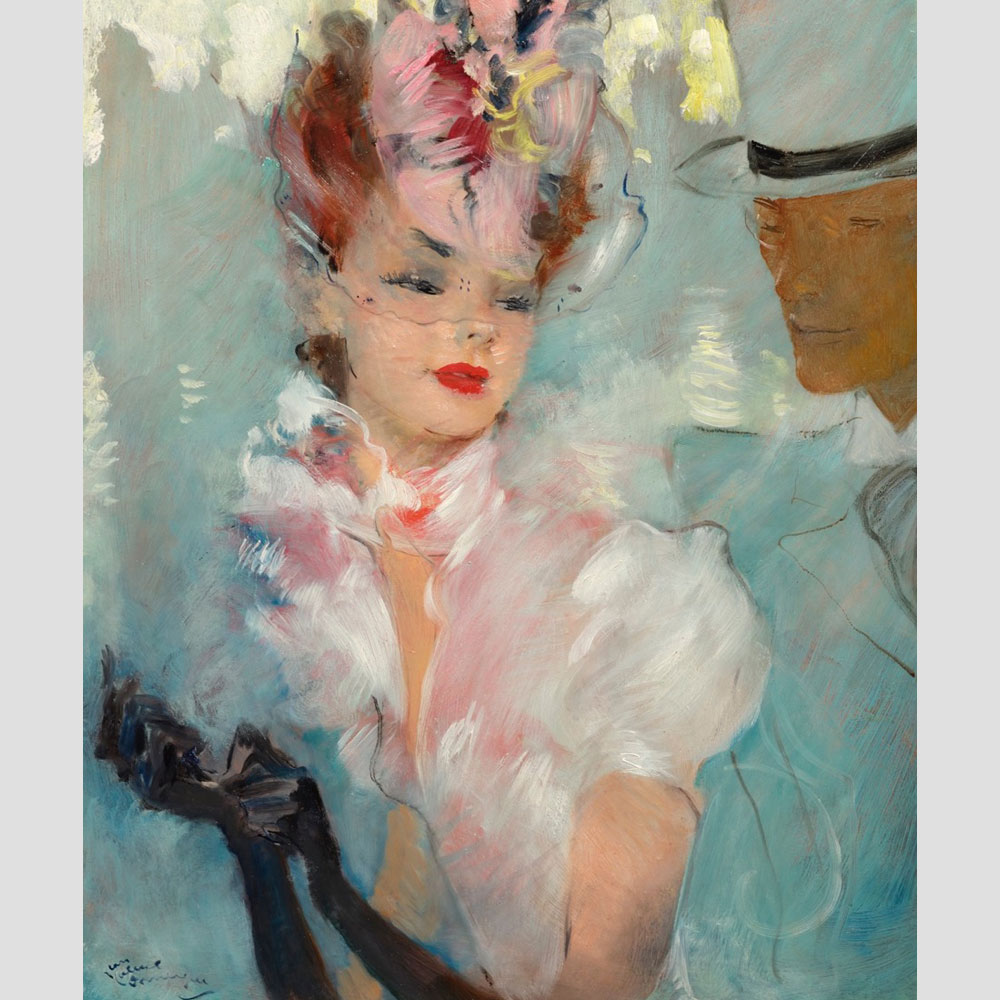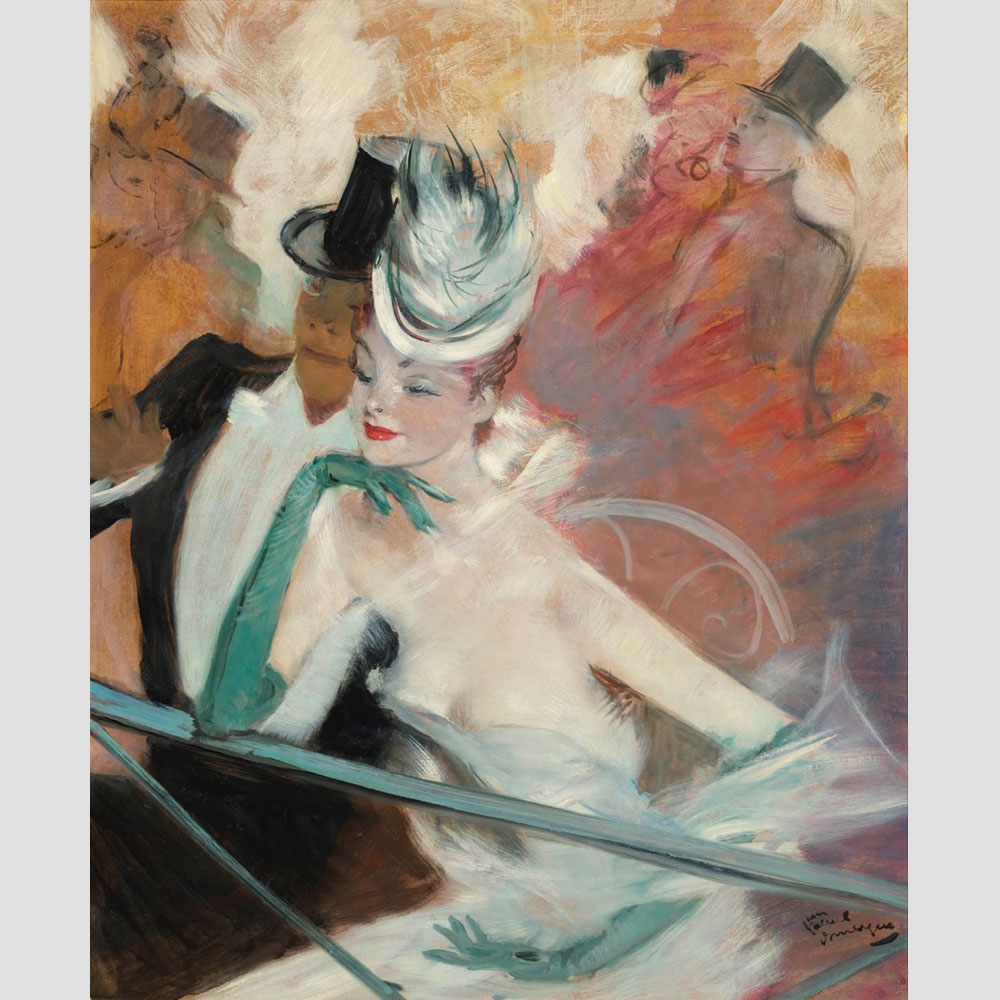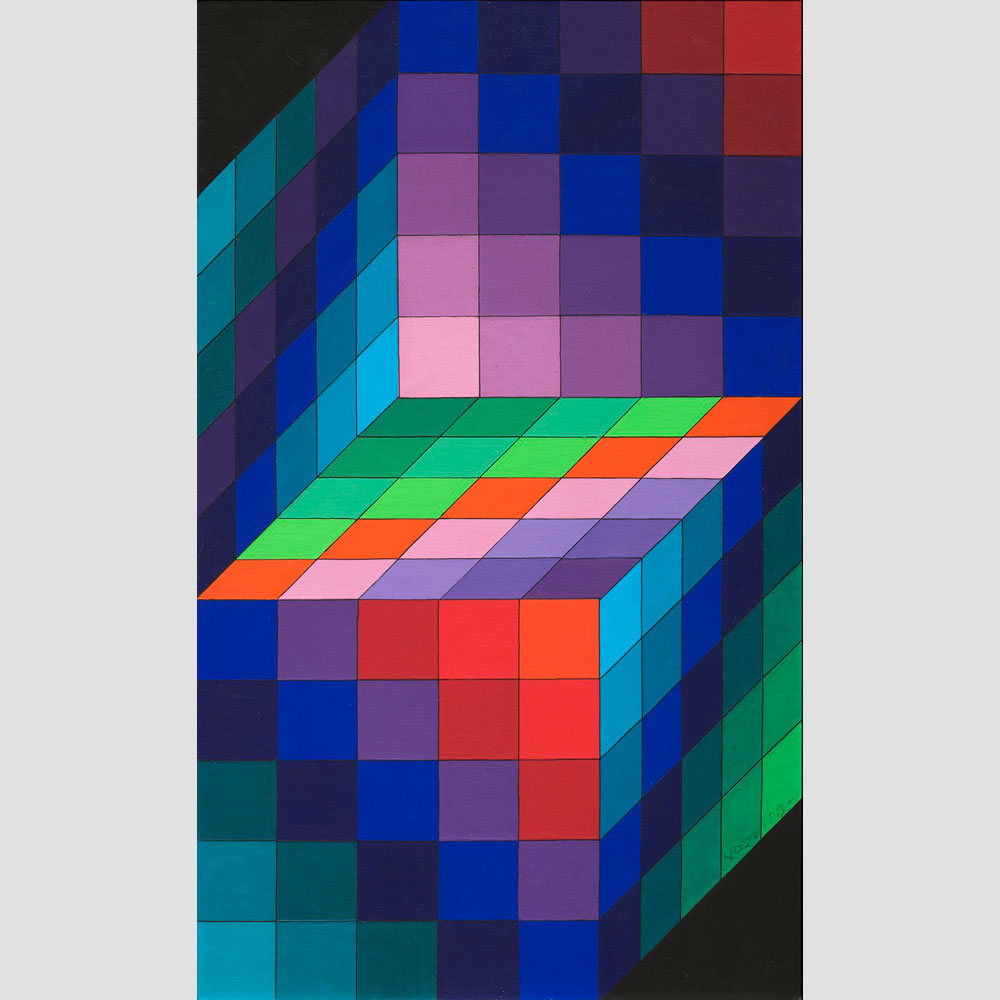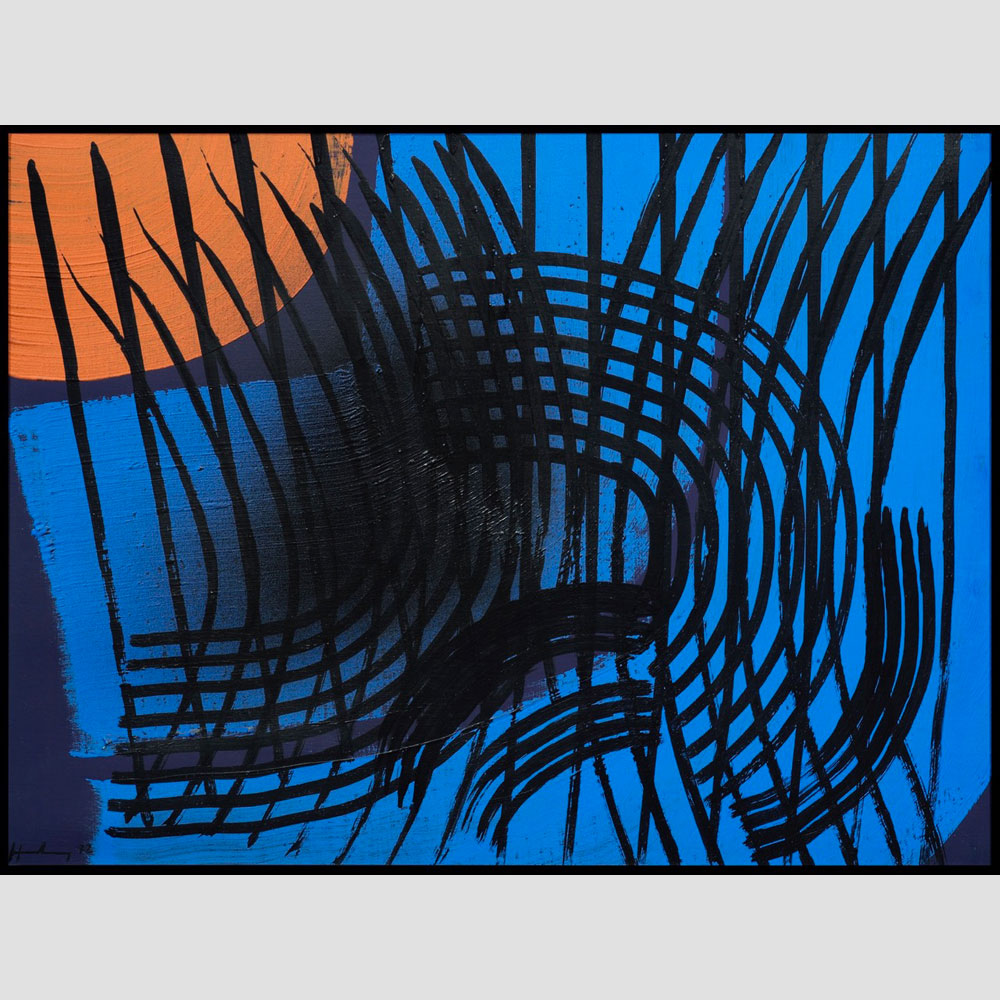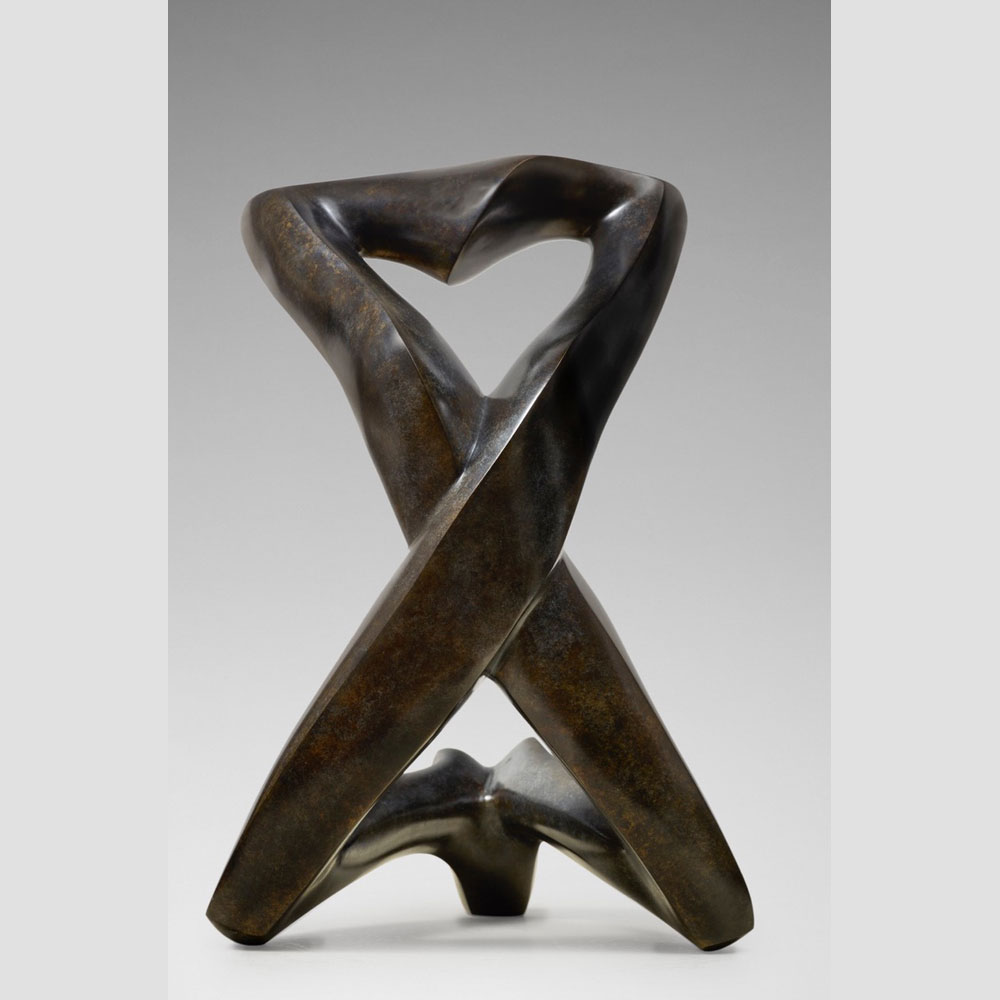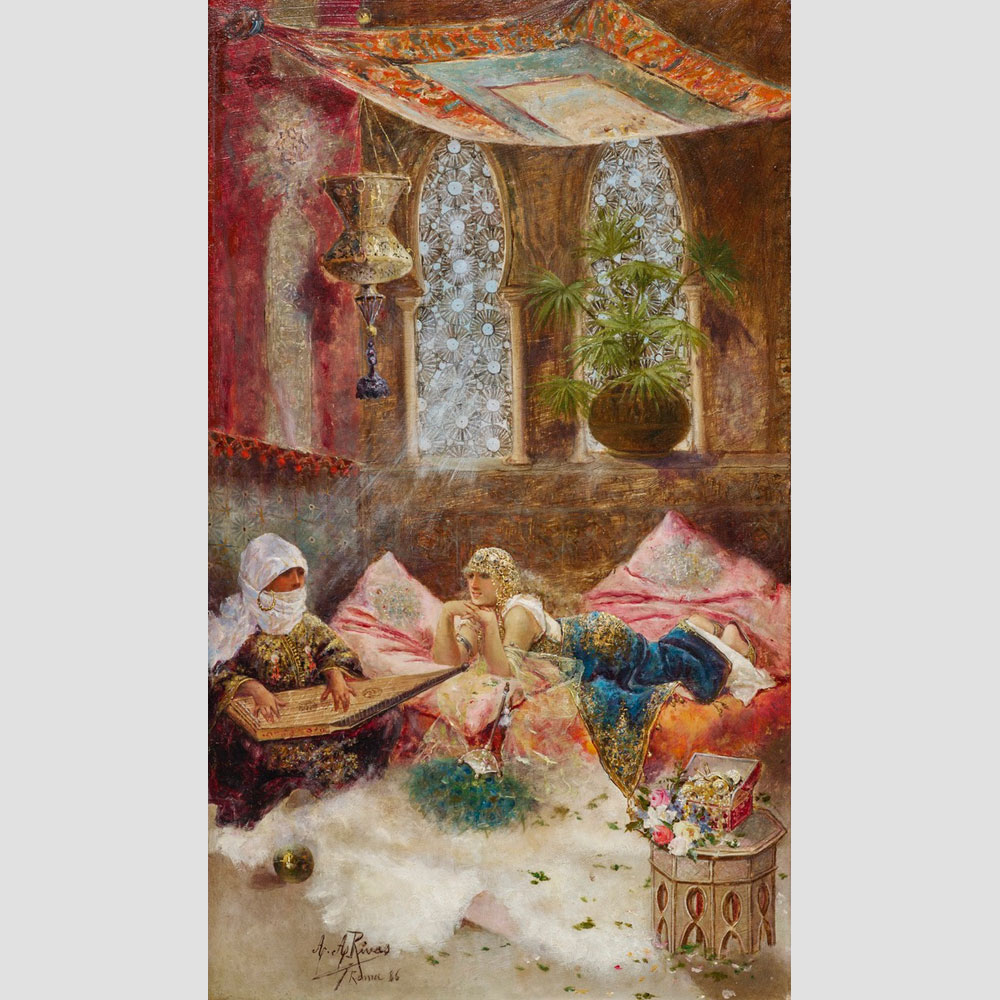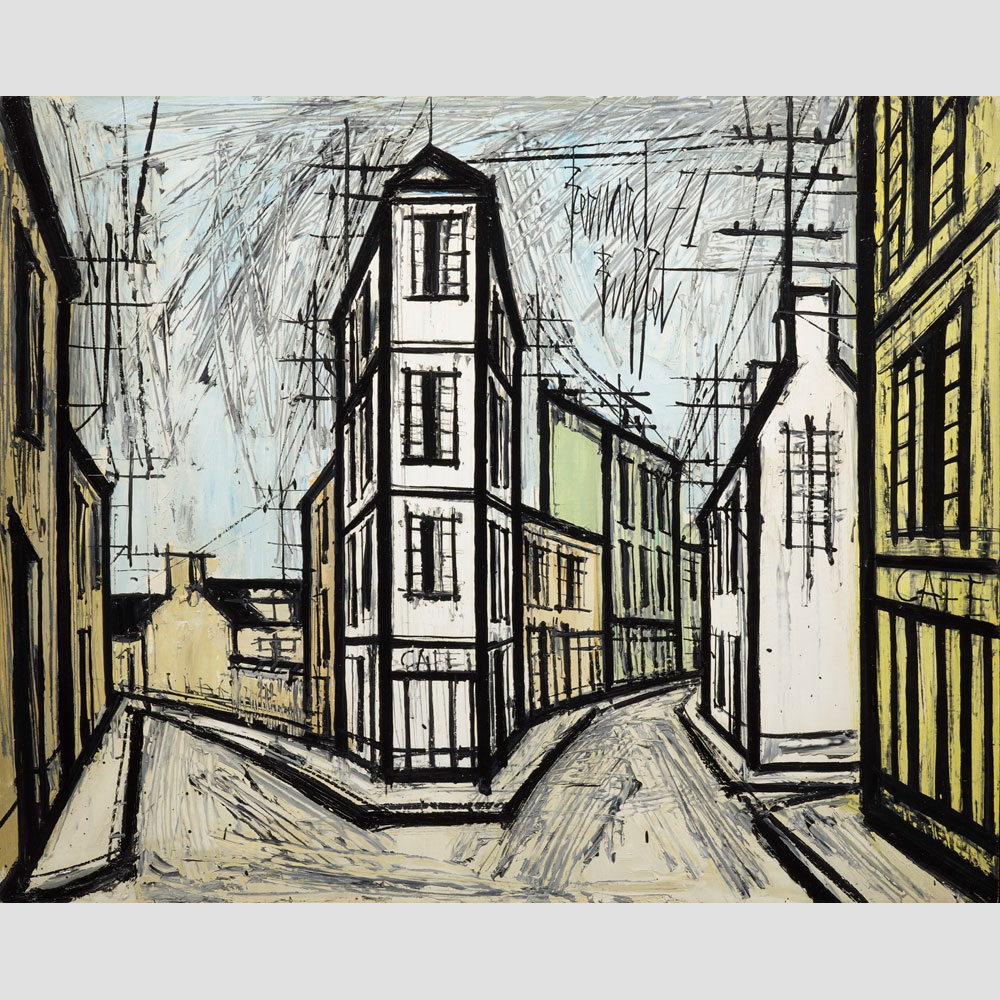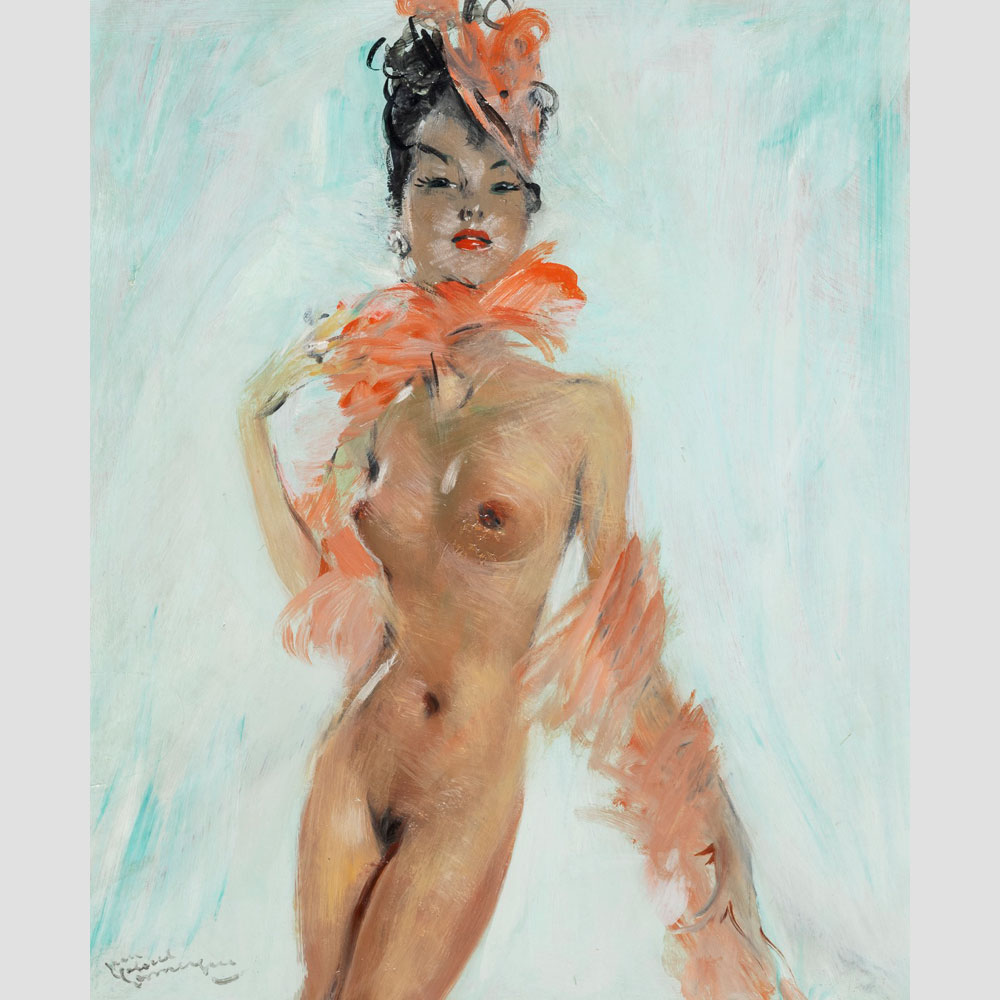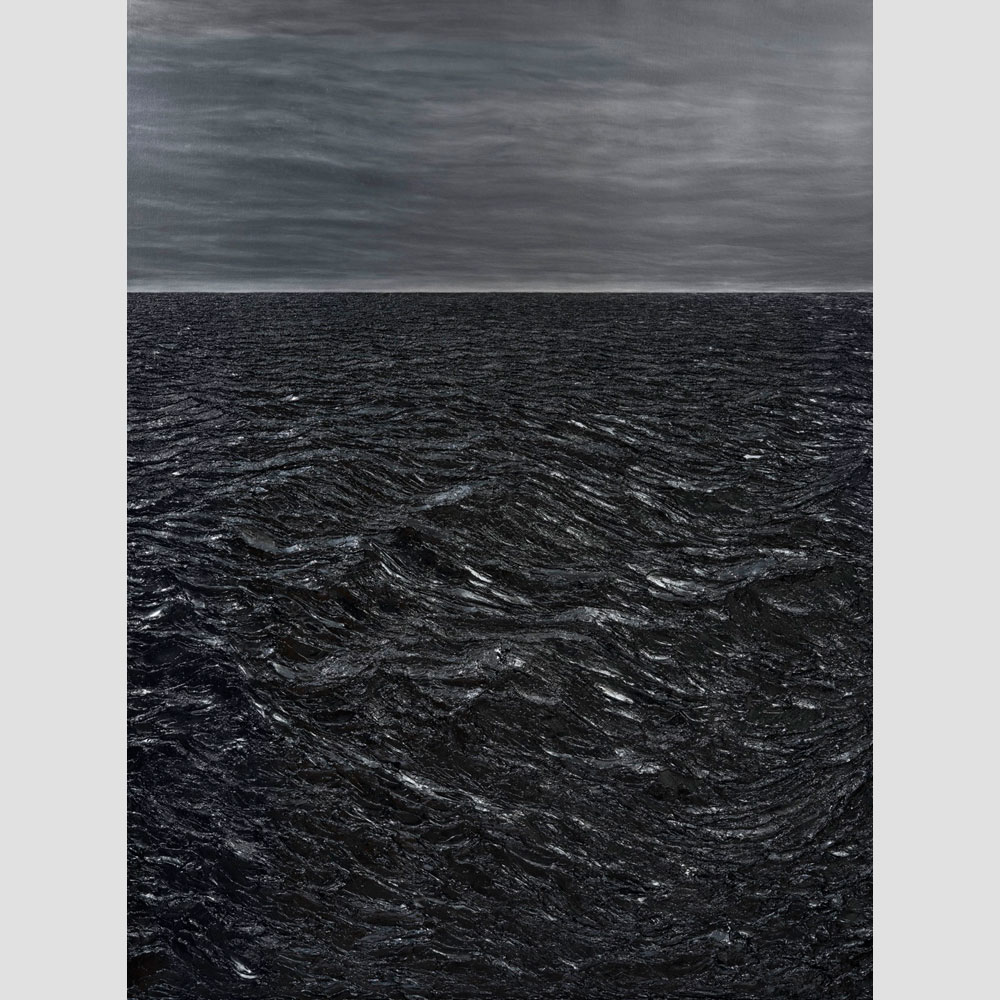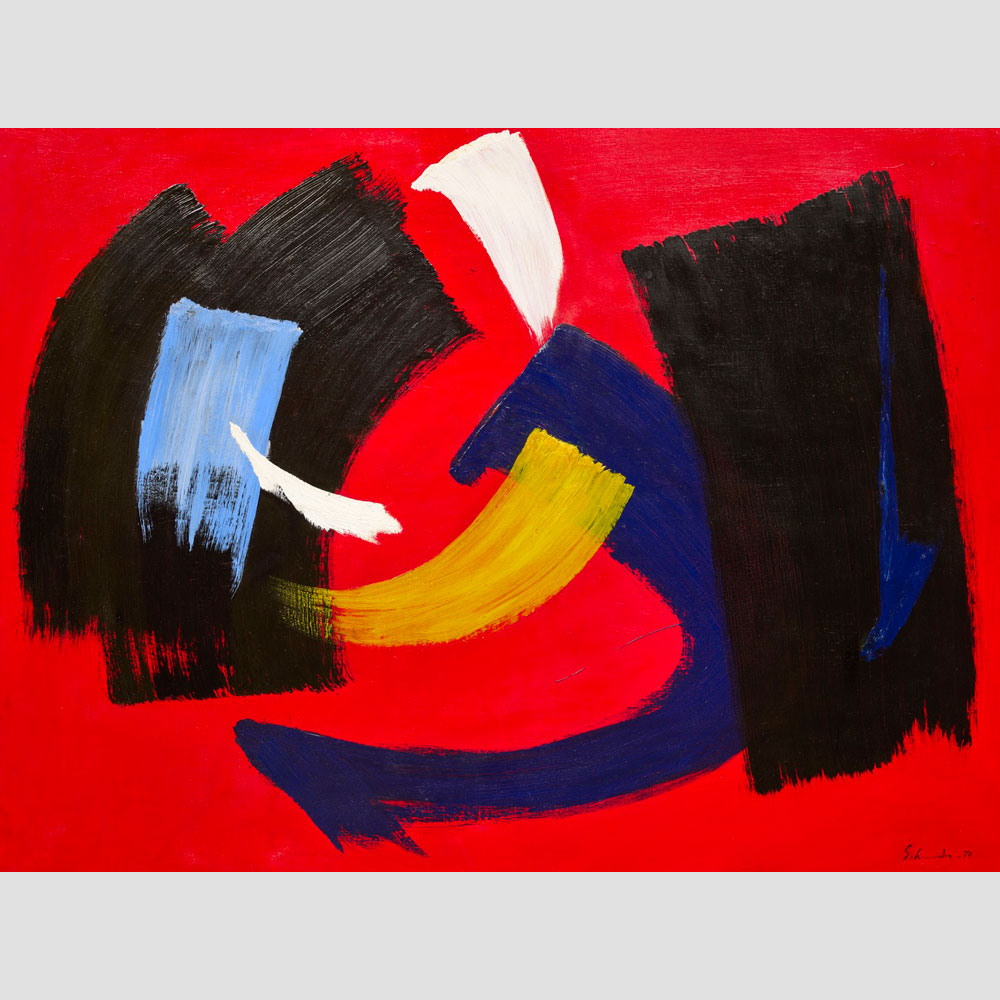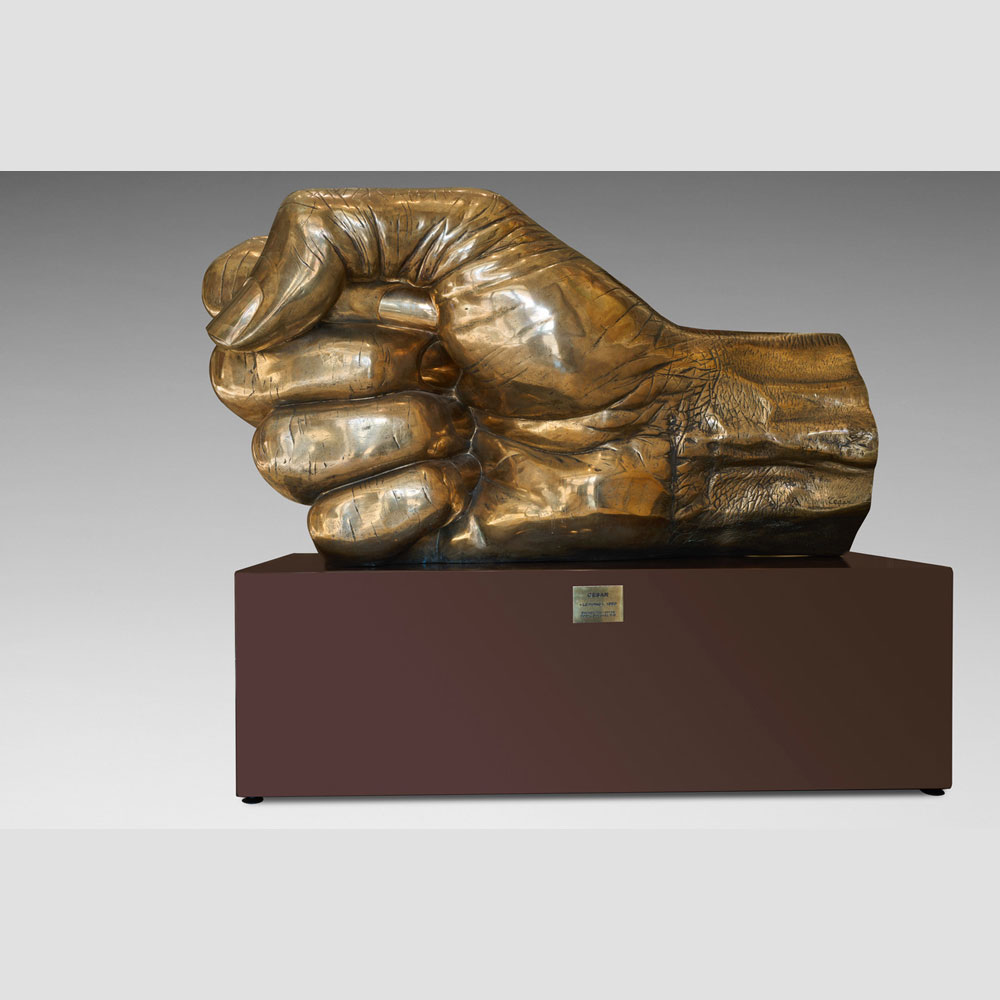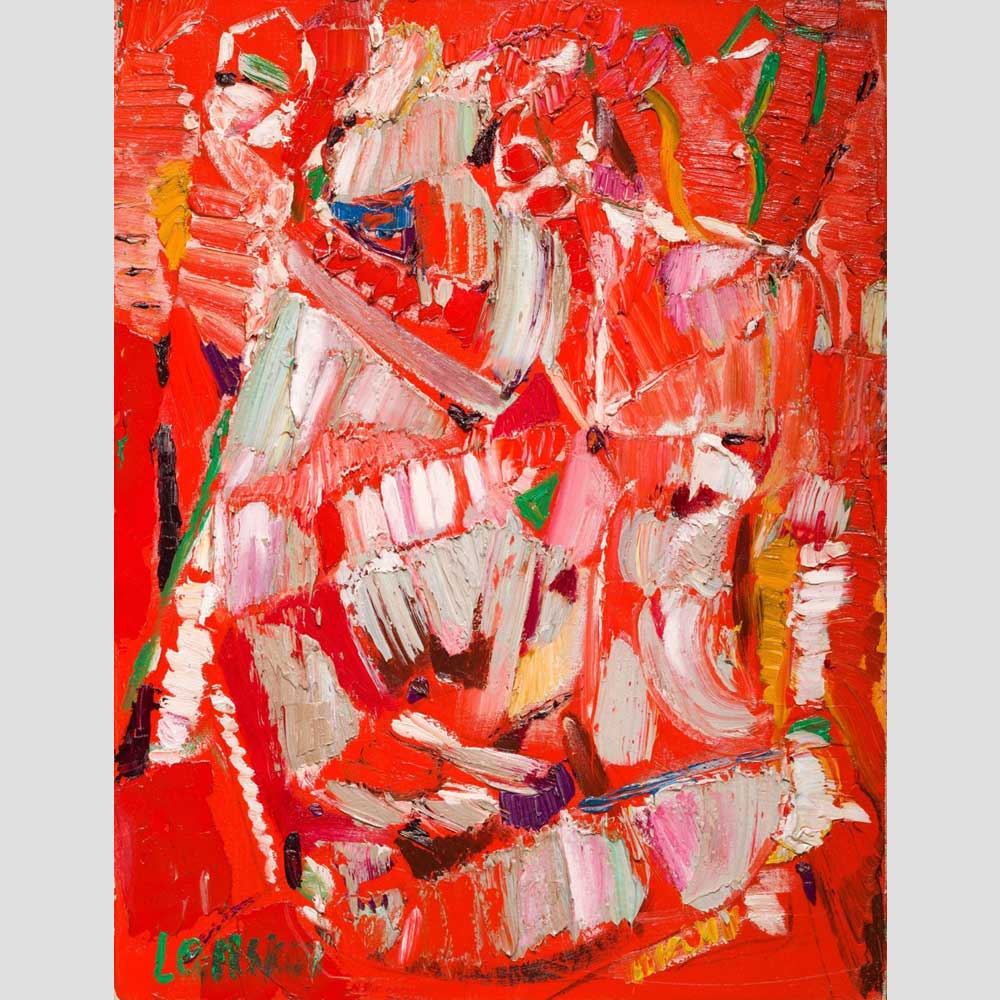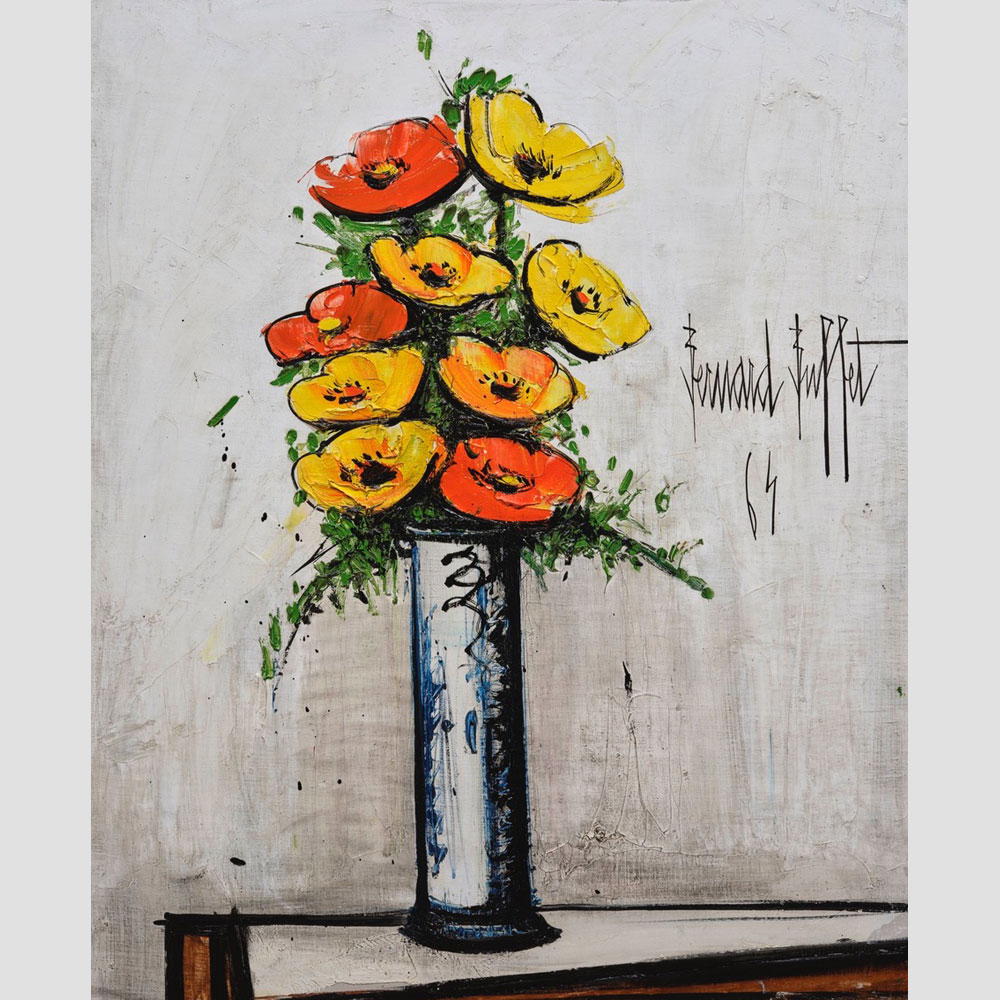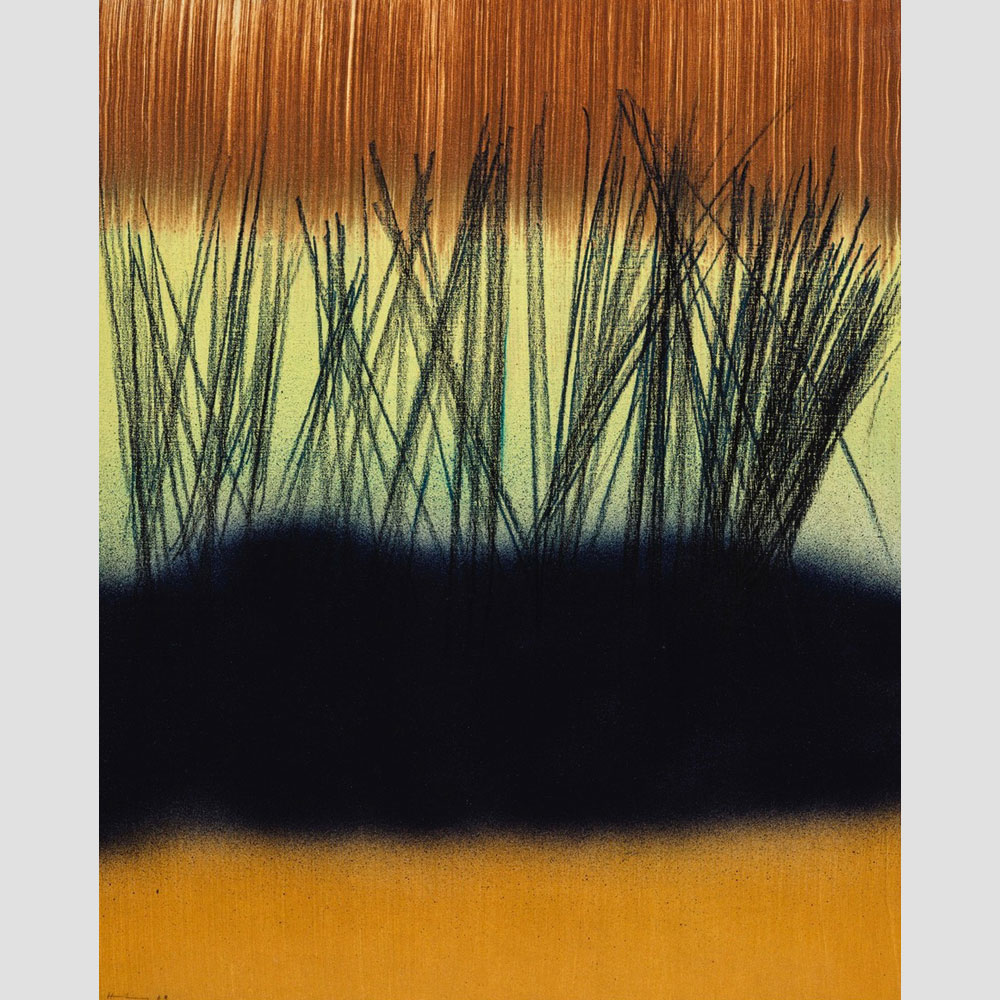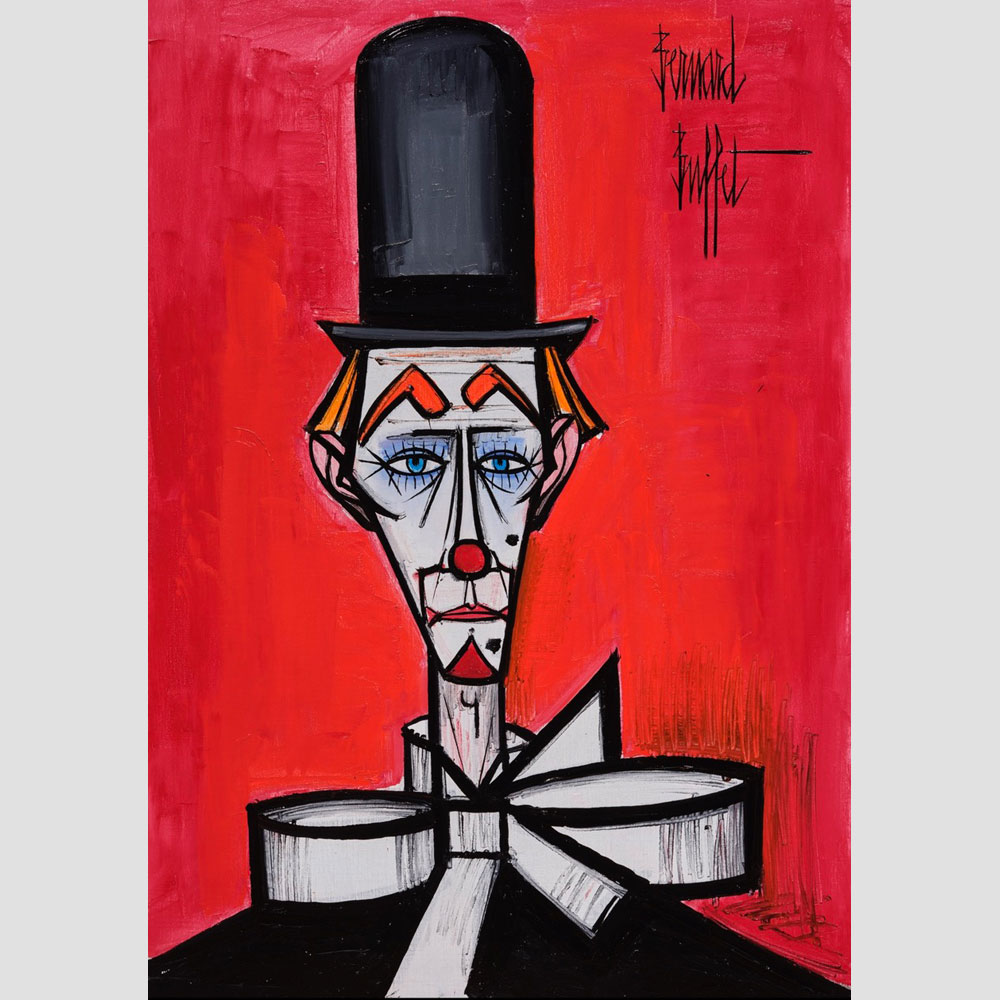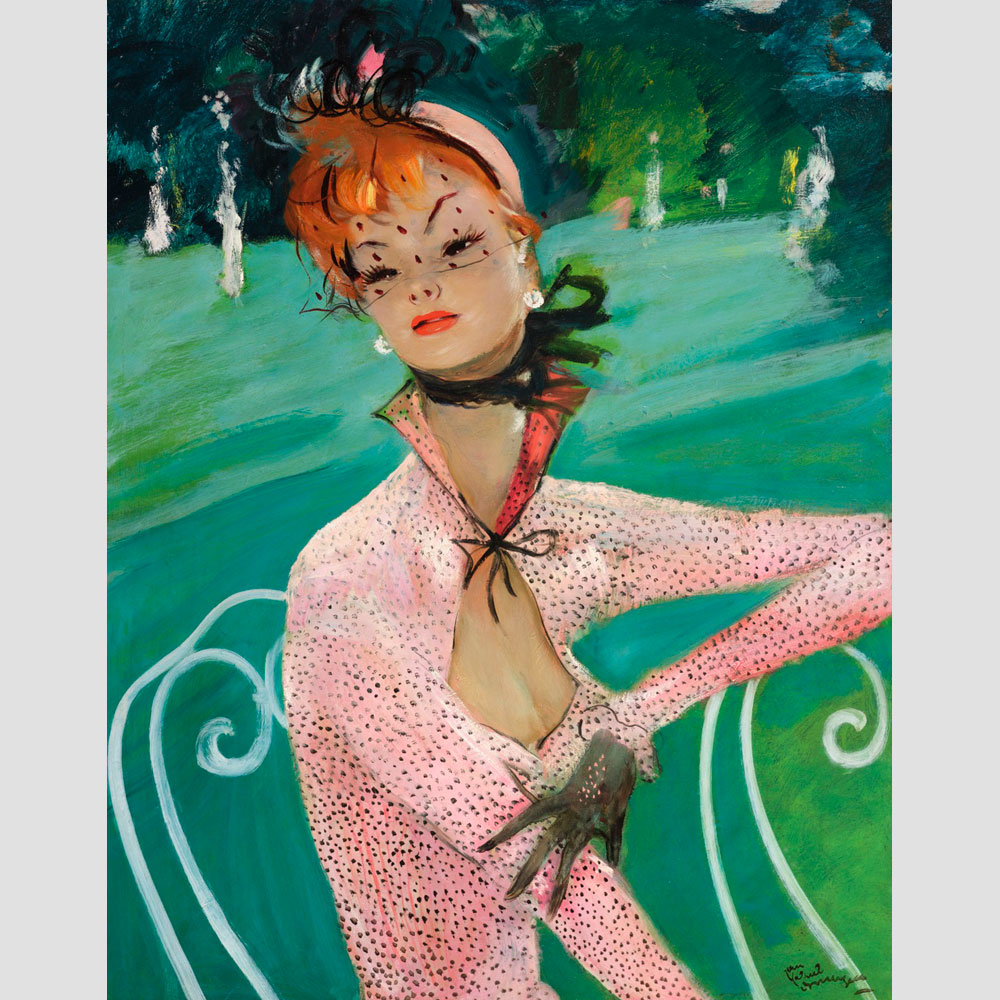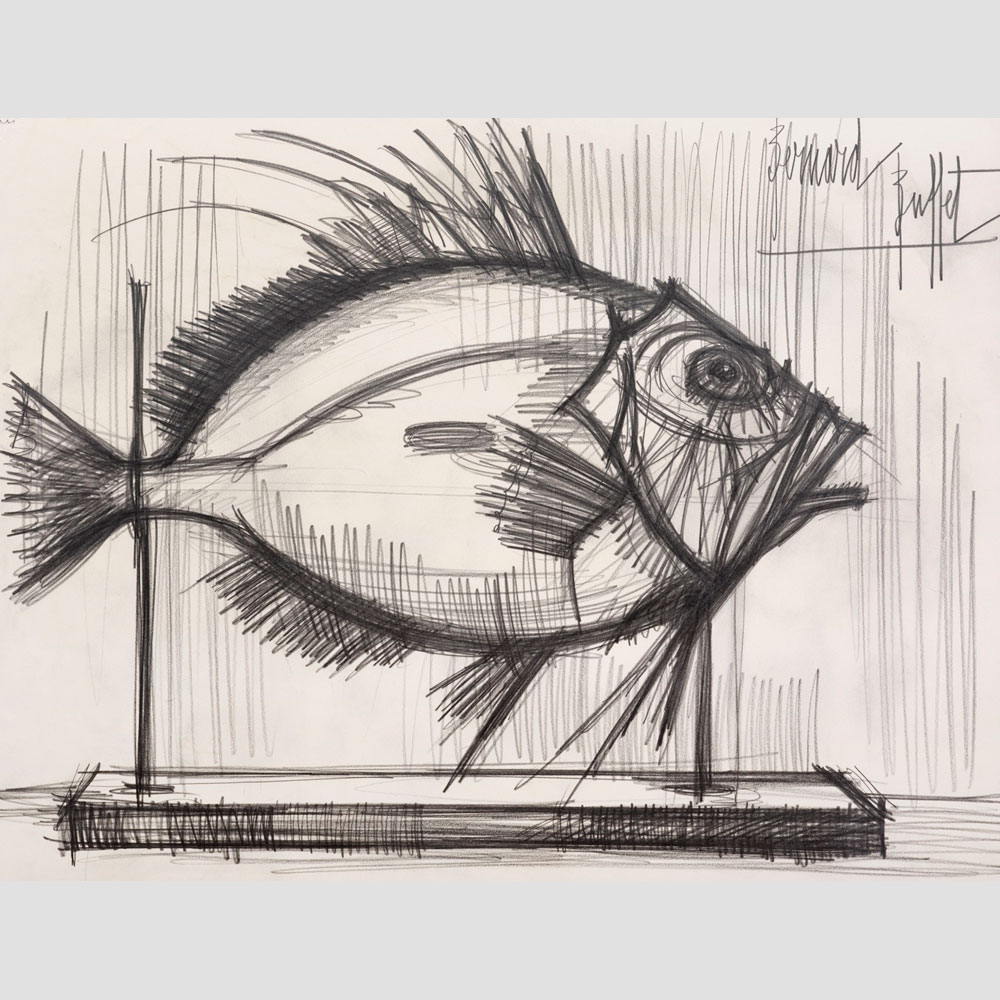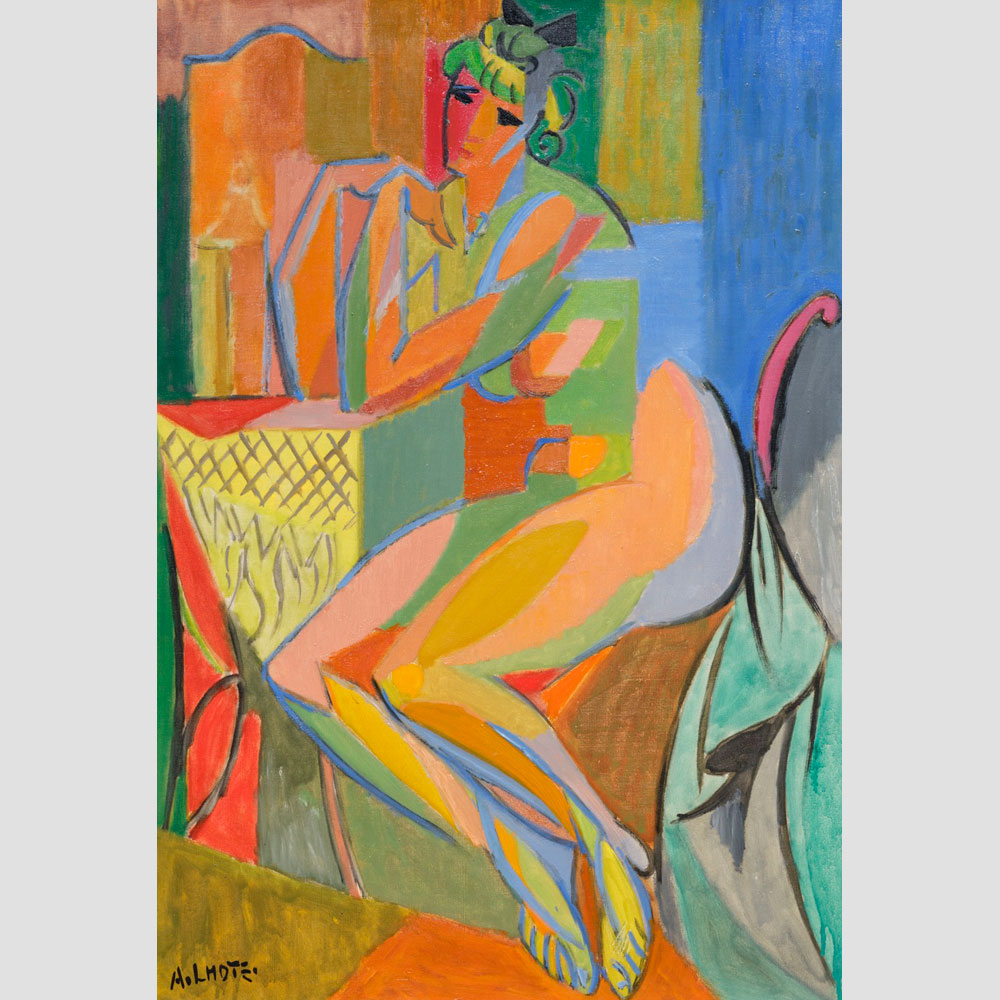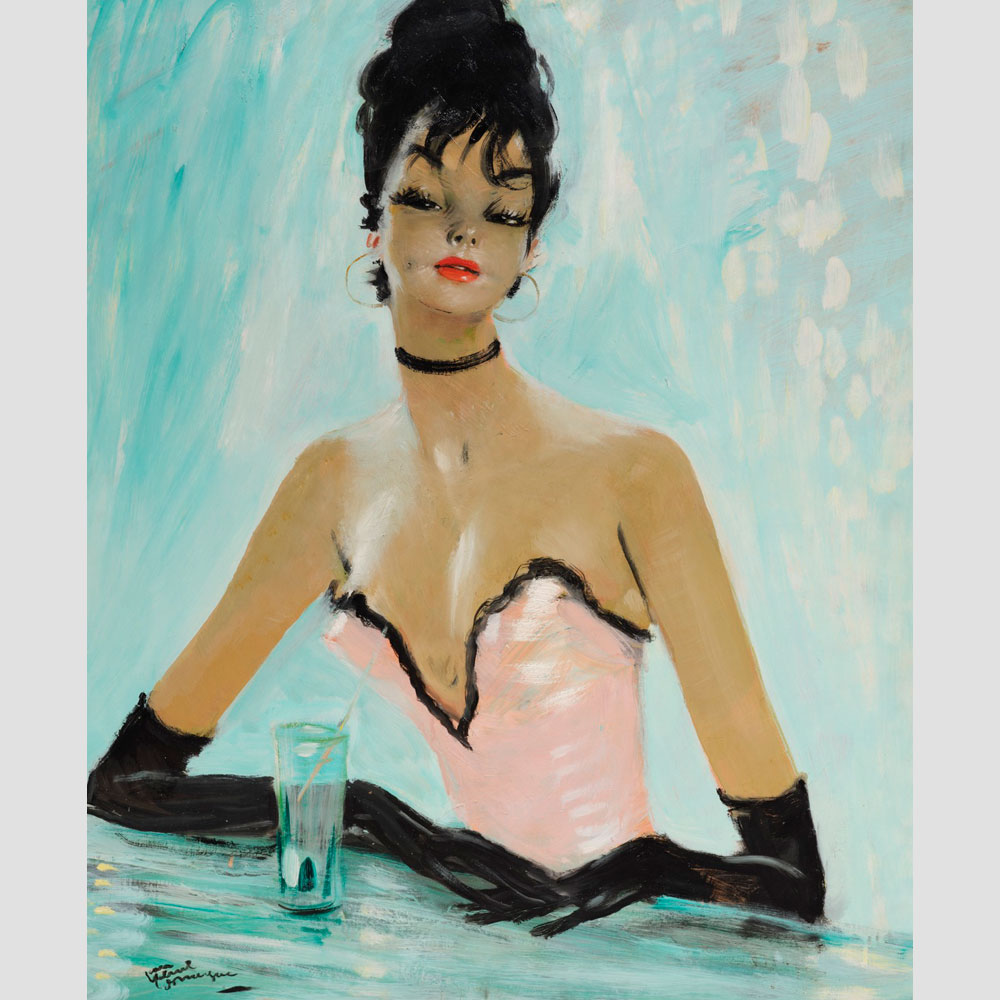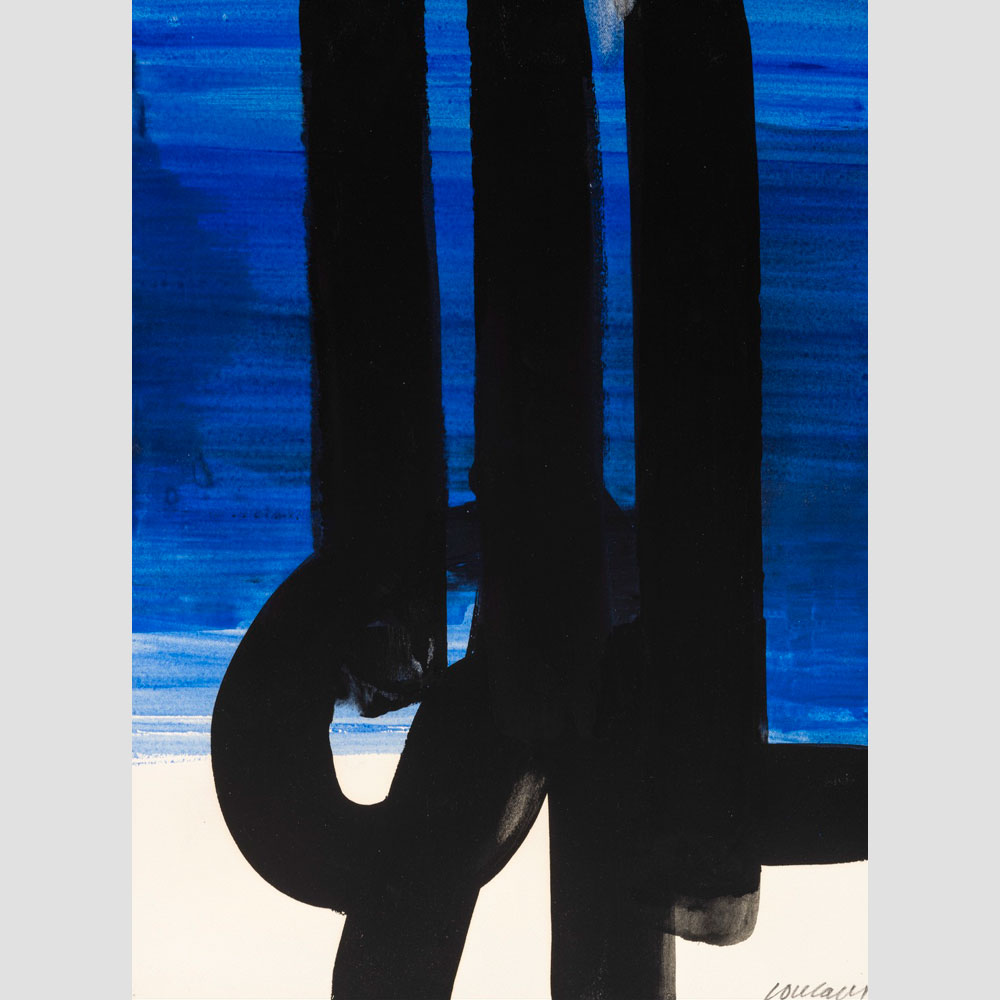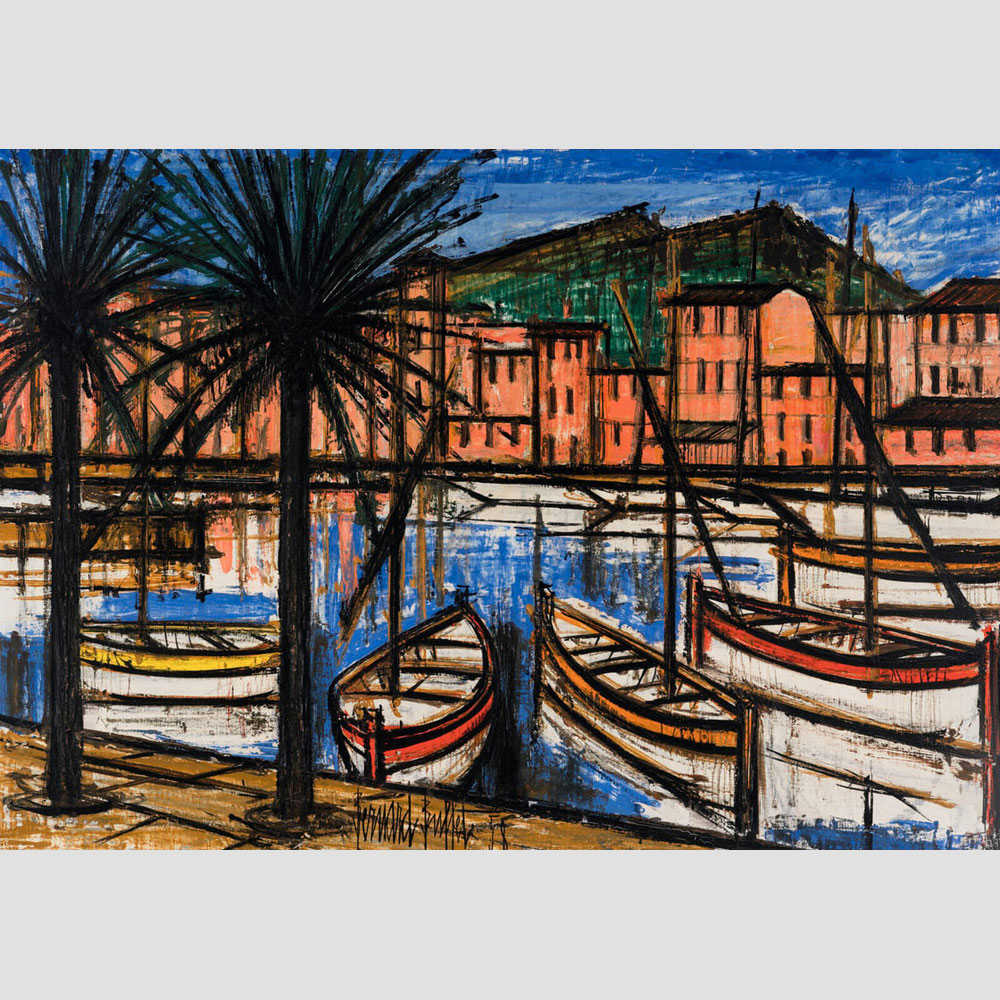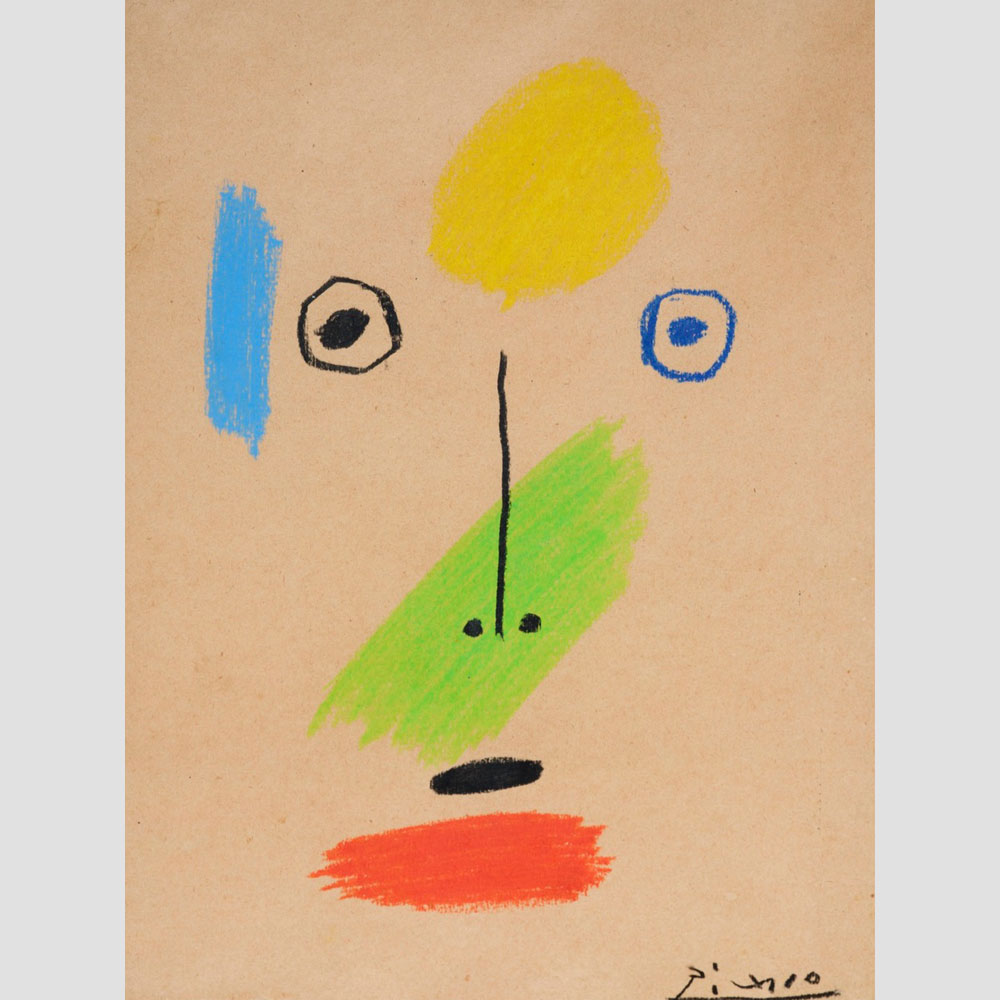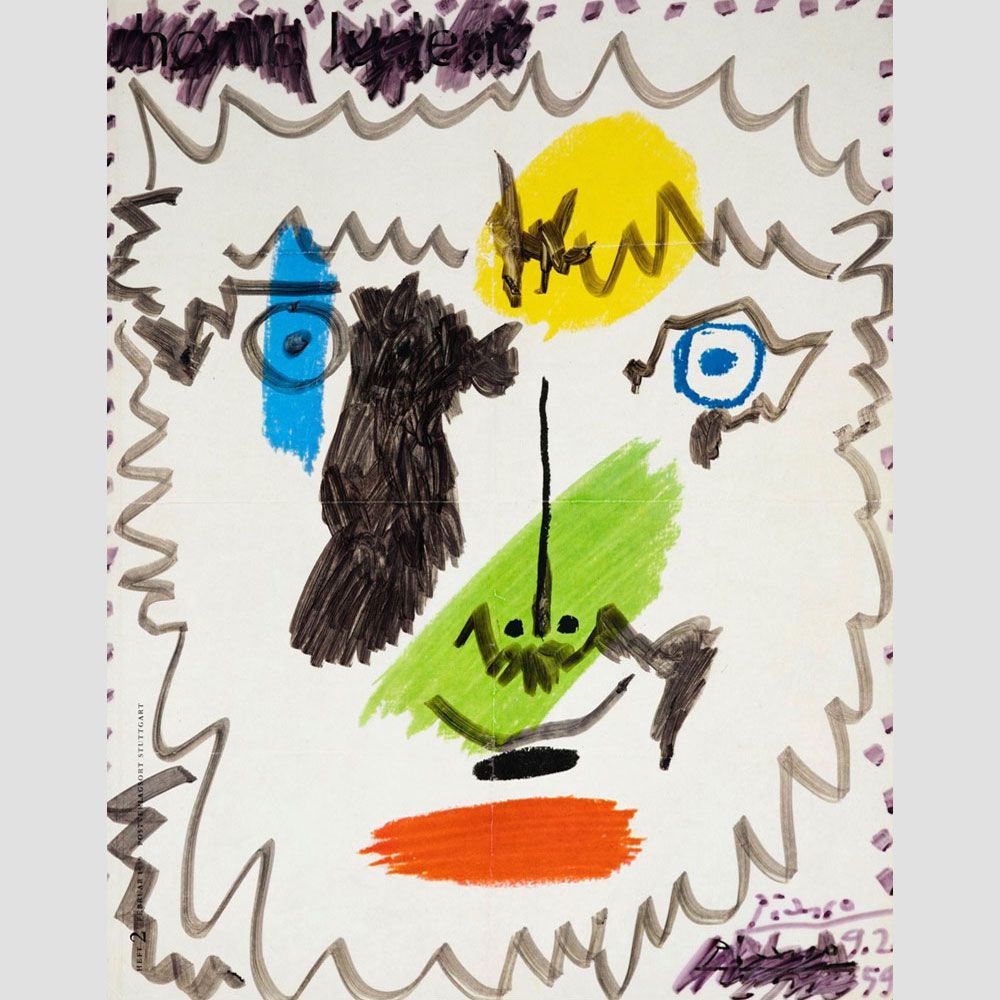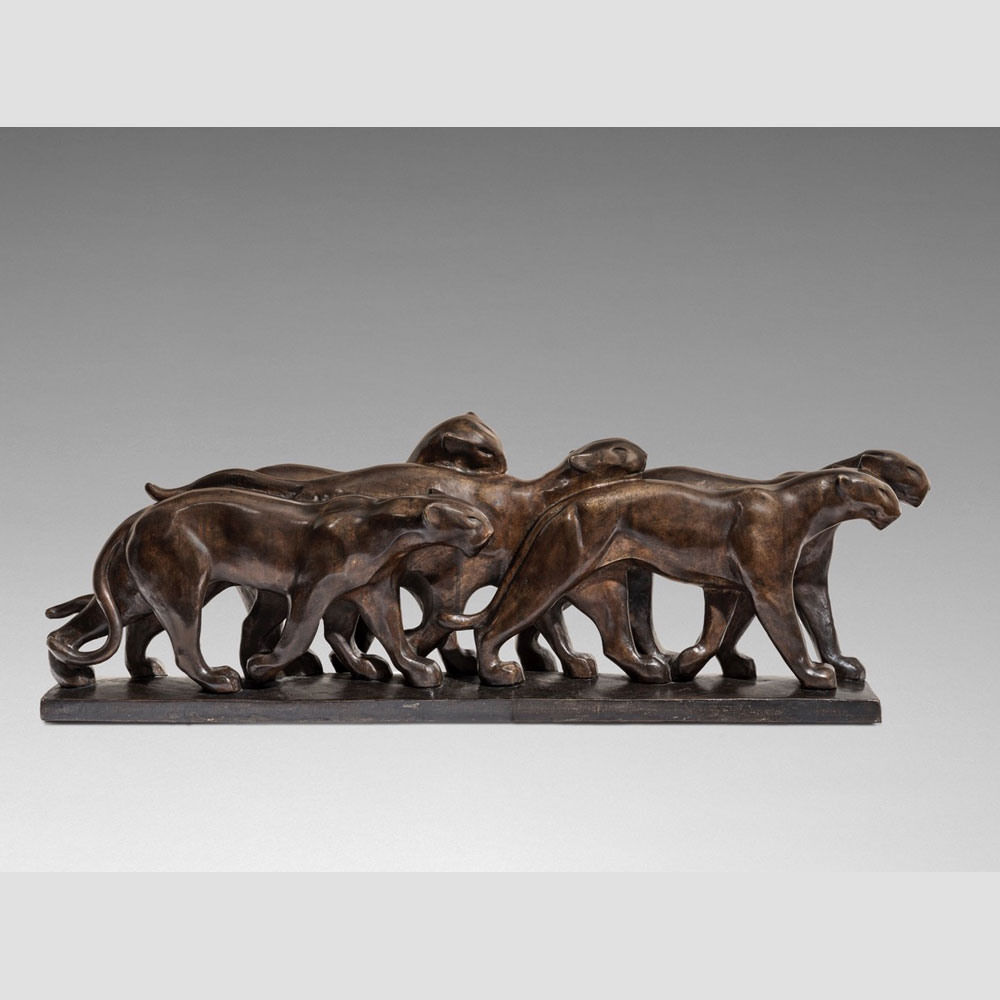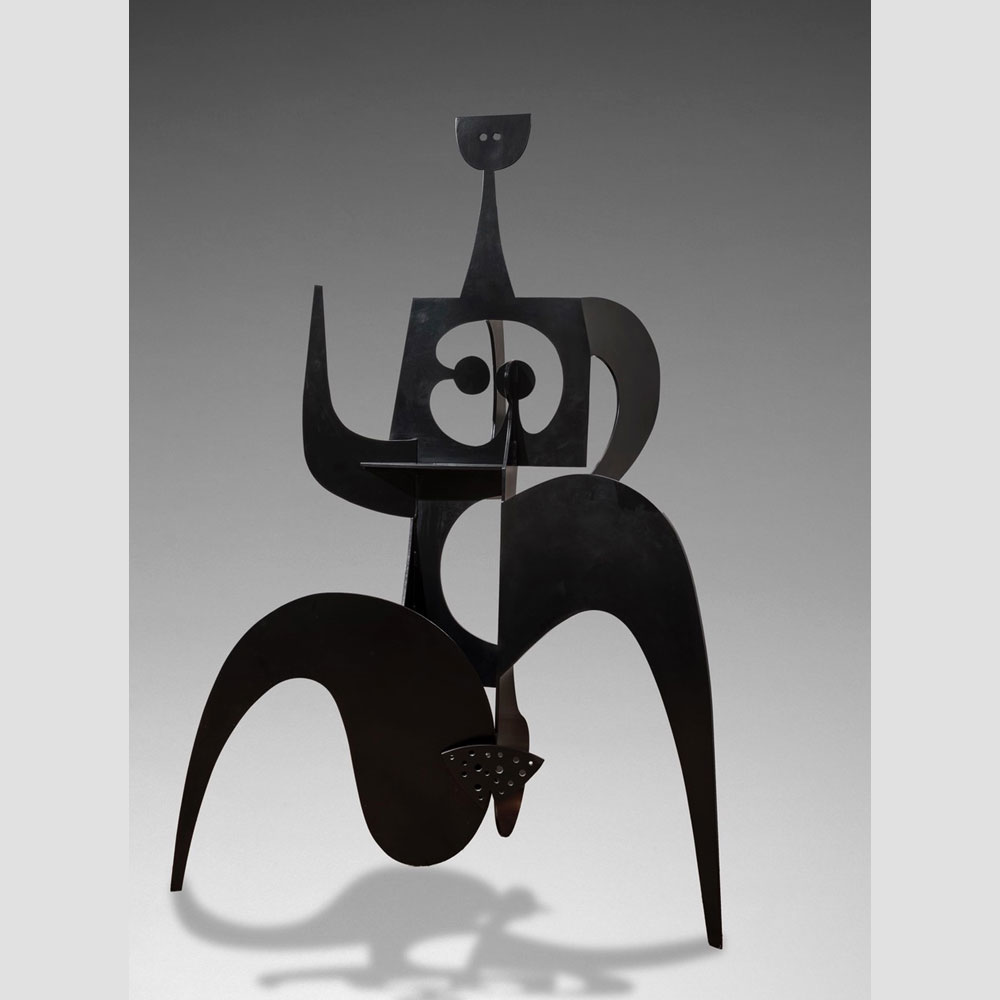
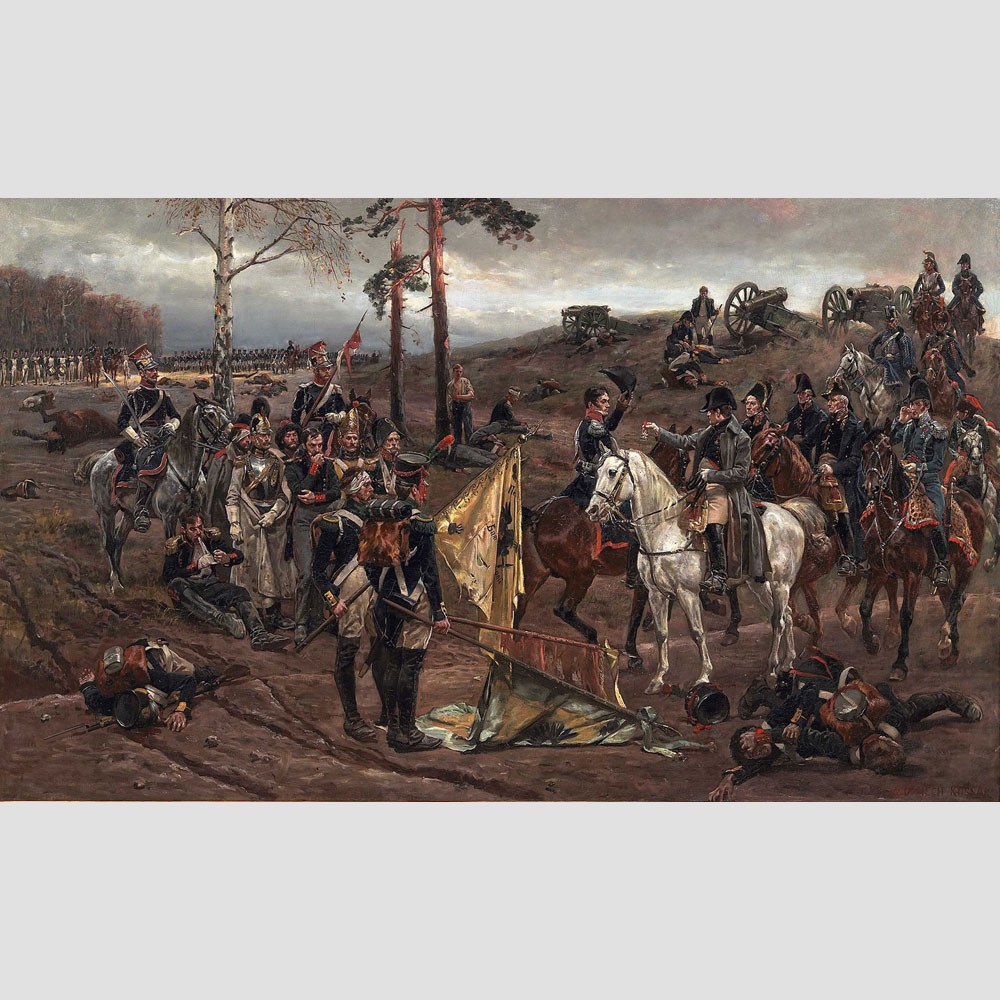
....
The XIXth Century
BIOGRAPHY
Wojcieh VON KOSSAK (1857-1942)
Fils de Julius von KOSSAK, peintre de portraits et de scènes militaires, né à Paris le 1° janvier 1857 et mort à Cracovie en 1942. Élève de son père, de Wagner et Linenschmidt à l’Académie de Munich et de Bonnat à Paris. Il débuta au Salon de 1878 et pris part à l’exposition de 1900. Médaillé à Munich en 1905, à Berlin en 1890 et mention honorable à Paris en 1890. Chevalier de la Légion d’Honneur depuis 1901. Il fut nommé peintre de la Cour de Prusse. Kossak est l’un des peintres les plus populaires de Pologne. Son panorama (le plus grand de Pologne, mesurant 120 m x 15 m et célébrant la victoire des Polonais sur les Russes à Raclawice en 1794), peint en 1882/1884 en compagnie de Jan Styka (1857-1925) et intitulé “Panoramy Raclawickie” est universellement connu. Il est exposé aujourd’hui dans l’impressionnante rotonde de la ville de Wroclaw.
MUSÉES :
Musées Nationaux de Cracovie, Varsovie, Gdansk, Wroclaw, etc.
RÉFÉRENCES :
– Bénézit “Dictionnaire des peintres”, Gründ, 1999
Réf. 5223
Oil on canvas
Signed and dated “Wojciech KOSSAK 1888”, lower right
DIMENSIONS :
– 117 x 191 cm, (soit 163,5 x 238 cm cadre inclus)
– 46 x 75 in. (64.3 x 93.7 in. framed)
PRESENTATION :
With only 500 numbered originals published in 1904, Joseph Tyszkiewicz’s Histoire du 17me Régt de Cavalerie Polonaise 1812-1815 is an invaluable history of a little-known Lithuanian regiment that was formed during the invasion of Russia in 1812 and followed Napoleon’s Grande Armée through Germany until 1814 when it surrendered with a besieged Marshal Davout at Hambourg. Tyszkiewicz, whose great-grandfather (Comte Michel Tyszkiewicz) was the regiment’s colonel, conducted extensive research in many private and state archives in Poland, Russia, and France. Numerous documents, many believed destroyed after two world wars, are quoted at length.
The March to Moscow
After eighteen days in Vilnius, Napoleon rejoined his Grand Army vainly trying to engage the retreating Russian Army in combat. The French moved on three fronts pushing north along the Baltic Sea and northwest towards Moscow. The Prussian X Corps under the Command of General Alexander MacDonald advanced slowly into northern Lithuania and Latvia to attack Riga and possibly St. Petersburg. MacDonald’s Corps consisted of approximately 32,000 men formed into two distinct bodies. General Grandjean commanded the Polish-German Division and General Grawert the Prussian Division. Grandjean’s advanced-guard consisted of four Polish Battalions commanded by Lithuanian Prince Radzwill. The Prussian X Corps met little resistance and marched steadily towards Riga. The Austrian army under the command of Prince Schwarzen-berg occupied southern Lithuania and the Ukraine. The Austrian units showed little inclination to fight and took little part in combat during the campaign. The Austrians and Prussians would eventually desert Napoleon and join the Russians against him. Many ethnic Lithuanians from Eastern Prussia served with General Grawert’s forces including the Prussian 3rd Lithuanian Dragoon Regiment that would later be highly decorated for service against Napoleon during the 1813 Paris Campaign.
The heart of the French Grand Army under the personal command of Napoleon pushed northeast towards Smolensk and Moscow. Joining Napoleon’s personal staff were Lithuanian noblemen, Count Joseph Antoine Kossakowski, Count Charles Morawski, and Prince Eustache Sanguszko, acting as advisors and interpreters. Lithuanian General Count Ludwik Pac who had served Napoleon for many years joined the Imperial Staff as a military advisor for logistics and supplies. Numerous Lithuanian officers also served with General Prince Poniatowski’s 5th Corps including General Weyssenhoff, Chief of Staff to General Zajonczek, 16th Division, Commander General Tyzkiewicz, 19th Light Cavalry Brigade, Commander General Grabowski, 18th
Division Brigade, and General Niemojewski, Commander 18th Light Cavalry Division. These officers along with hundreds of junior officers would serve bravely in heavy fighting in the Battles of Smolensk and Borodino. In addition Napoleon throughout the campaign would be attended by his trusted aide-de-camp Lithuanian Captain Count Dunin Wonsowicz of the 1st Polish Lancers. Later Wonsowicz would be one of the only three officers to accompany Napoleon when he abandoned the Grand Army and fled to Paris.
The three retreating Russian armies finally unified for battle in the vicinity of Smolensk under the command of Field Marshal Michail Kutuzov. The Russian forces were easily defeated and as a result continued their retreat towards Moscow. Lithuanian General Thaddeus Tyszkiewicz, Commanding the 19th Polish Cavalry Brigade, was personally decorated by Napoleon with the Legion of Honor decoration on the battlefield of Smolensk for outstanding bravery in combat.
Kutuzov upon reaching the gates of Moscow, was forced by political pressure to again risk his forces in combat with the French. He selected a field in the vicinity of a small village named Borodino which would lend its name to the bloodiest battle of the Russian Campaign. The Battle of Borodino was fought on September 5-7, 1812, resulting in the loss of over 30,000 Frenchmen and 43,000 Russians. Both sides claimed victory, but the Russian army again was forced to retreat and to abandon Moscow.
Napoleon continued to pursue the Russians and entered the deserted city of Moscow seven days later with little satisfaction. The imperial capital was largely deserted and burned as the Russian populace retreated and gave little protection to the French forces. The prolonged occupation of Moscow was the beginning of the end for the Napoleonic Empire.
GALERIE de SOUZY – PAINTINGS – PURCHASE SALES ESTIMATE – EXPERT

